Displaying posts labeled "Fireplace"
Hue House
Posted on Mon, 8 Apr 2024 by midcenturyjo
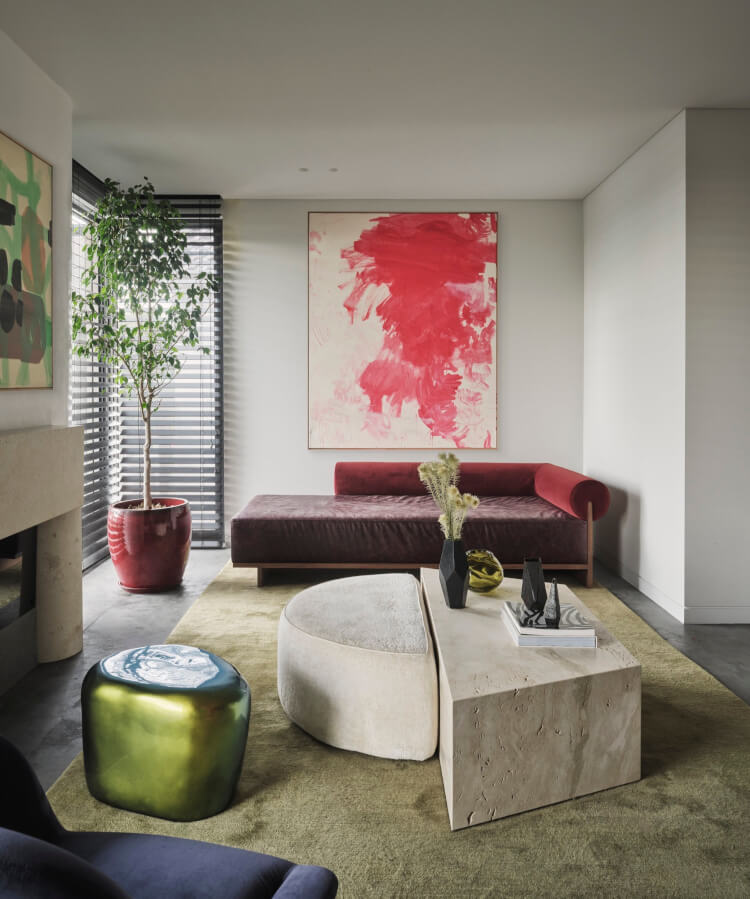
The owners found a “perfect” One big problem … it lacked personality. Enter Sydney-based design studio Esoteriko who revived it with targeted interventions such as new joinery, a fireplace and staircase, along with art curation, lighting, custom rugs, furniture, and window treatments. They connected indoor spaces to the garden, redesigned the kitchen’s double-height volume and added a delicate balustrade to the concrete stairs and custom brass pendants.
“It was important that there was not one overpowering genre or style, rather that new and old could sit comfortably together, alongside new material elements and the ‘bones’ of the house, expansive grey limestone. The decorative elements needed to create a sense of warmth and comfort that expands outdoors.”
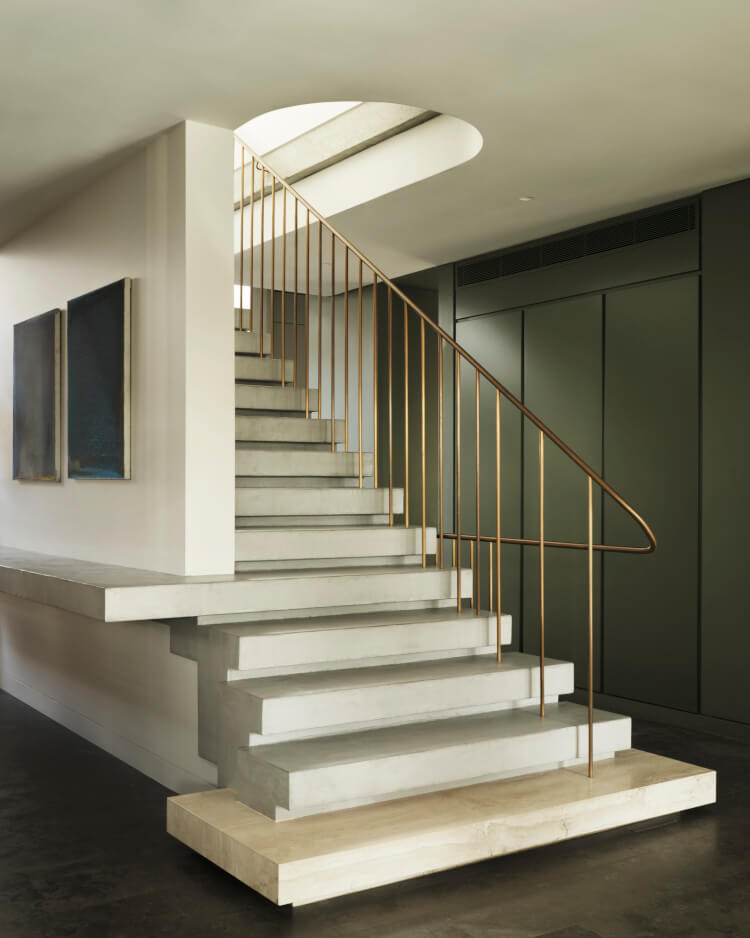
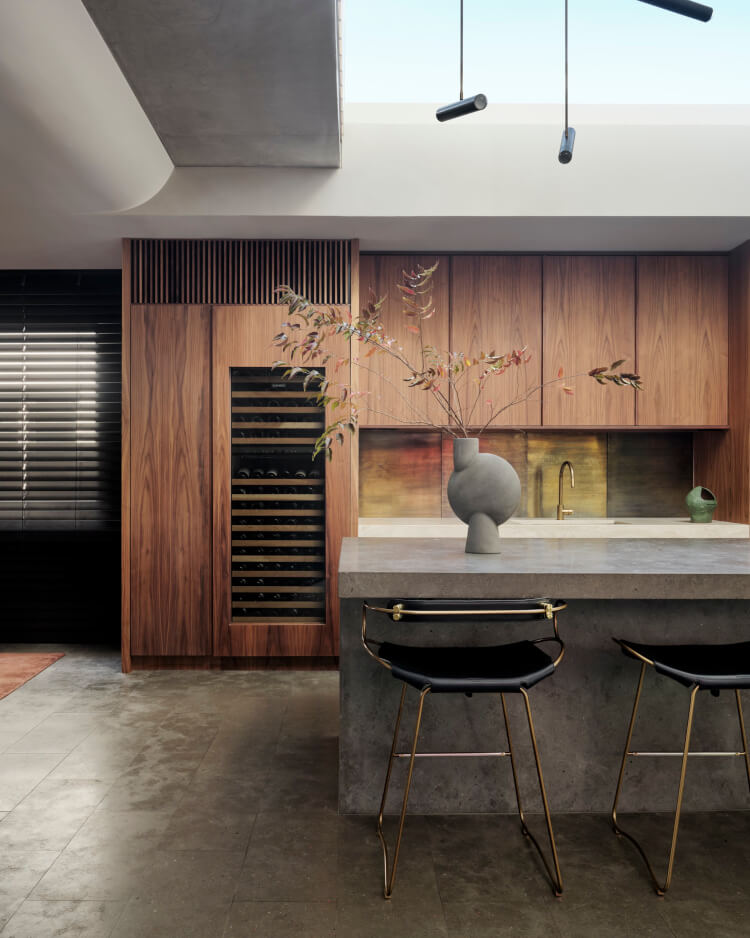
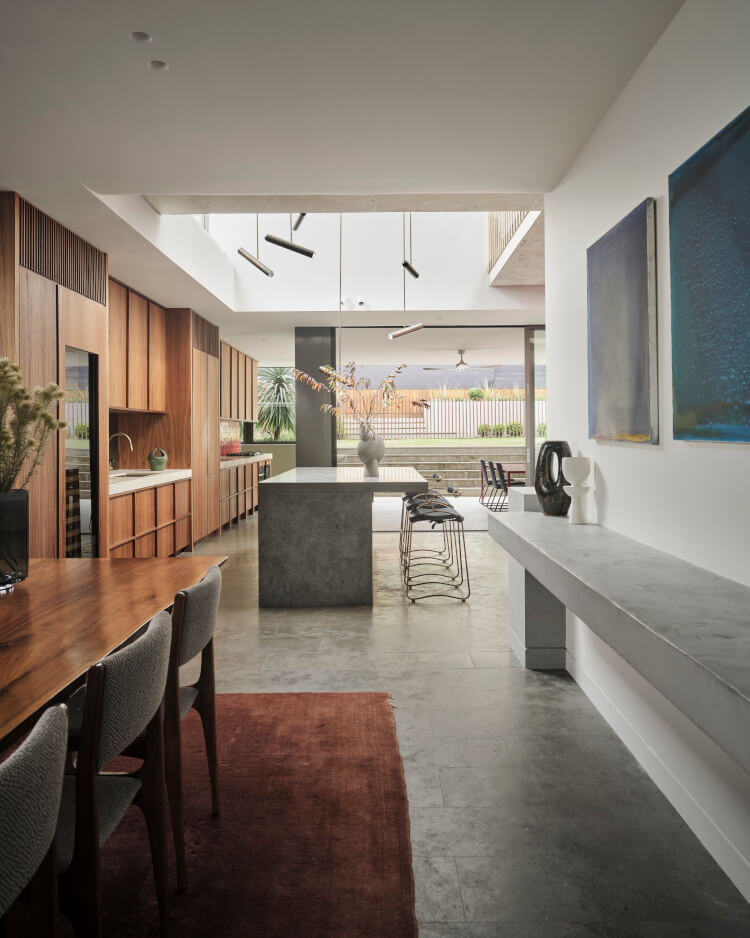
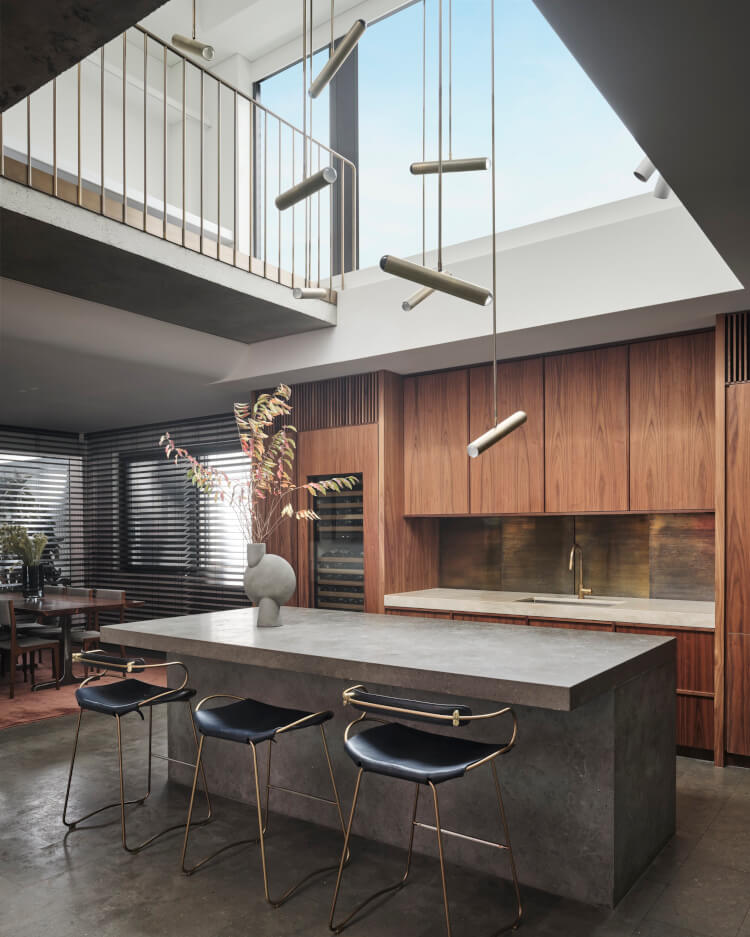
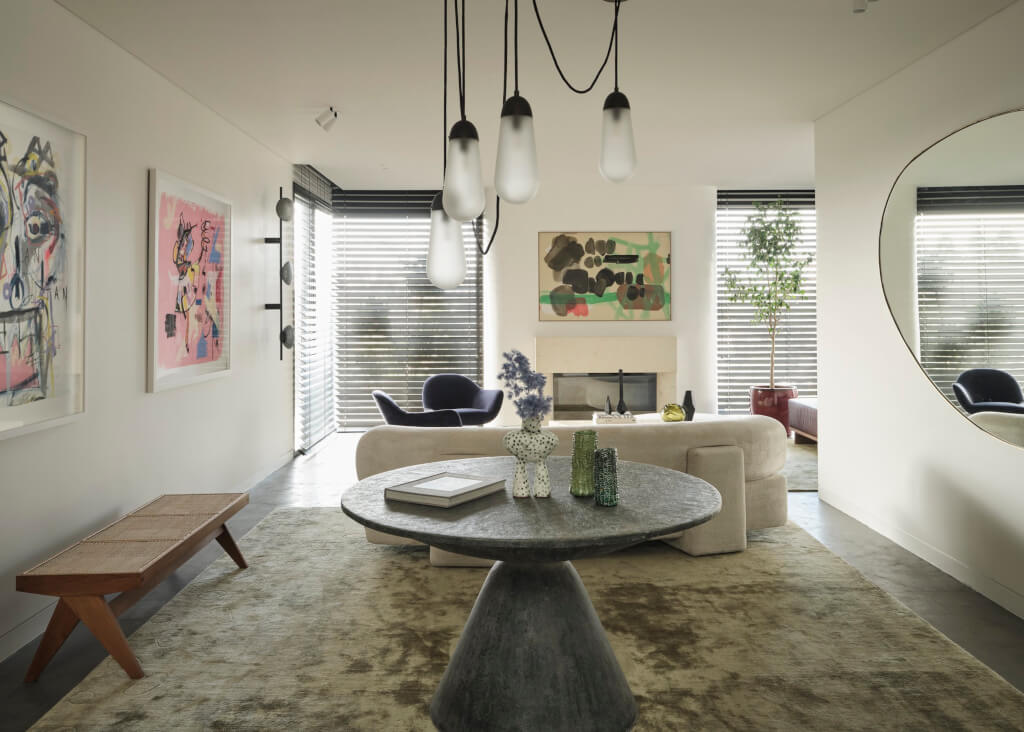
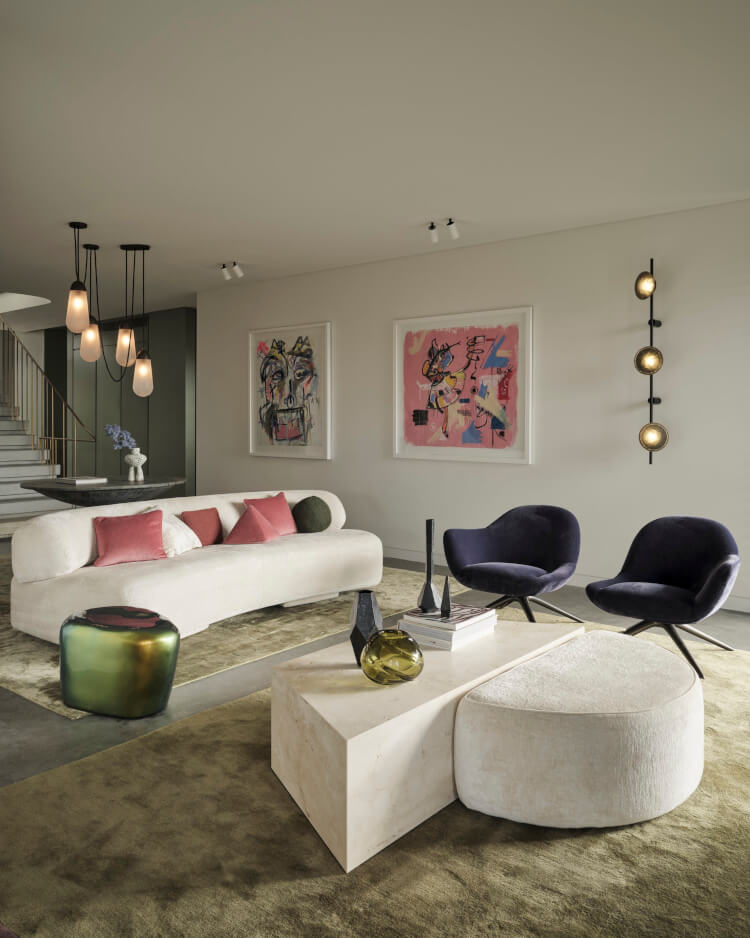

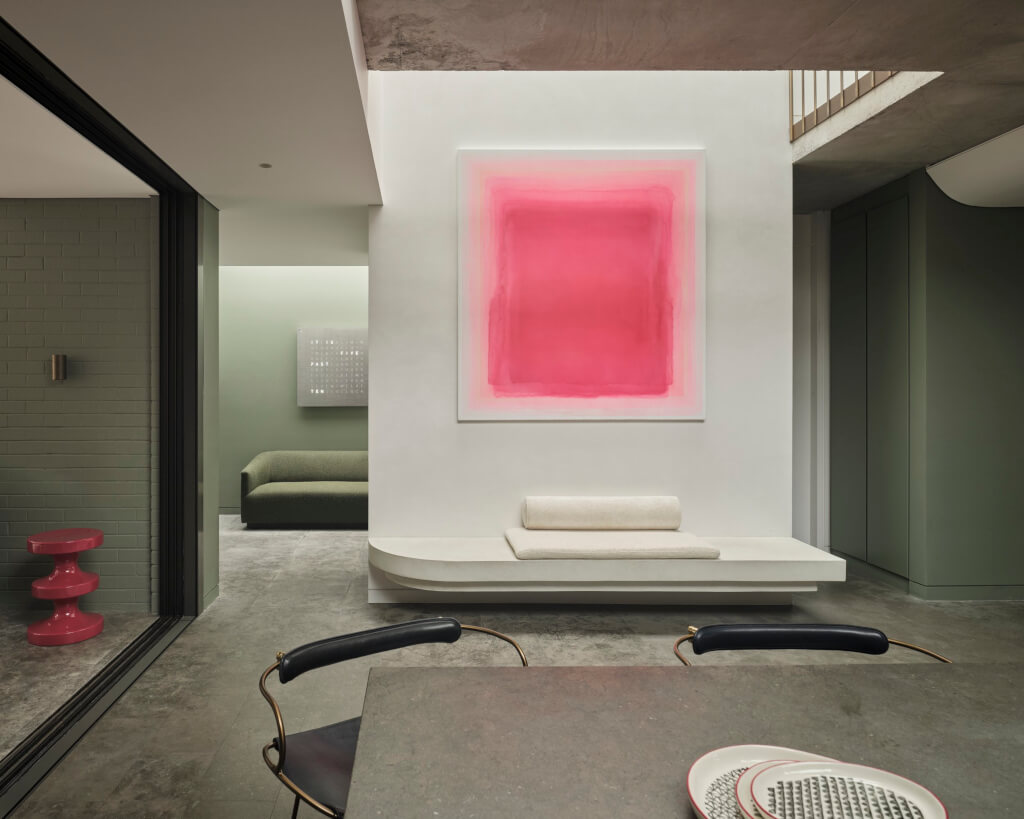
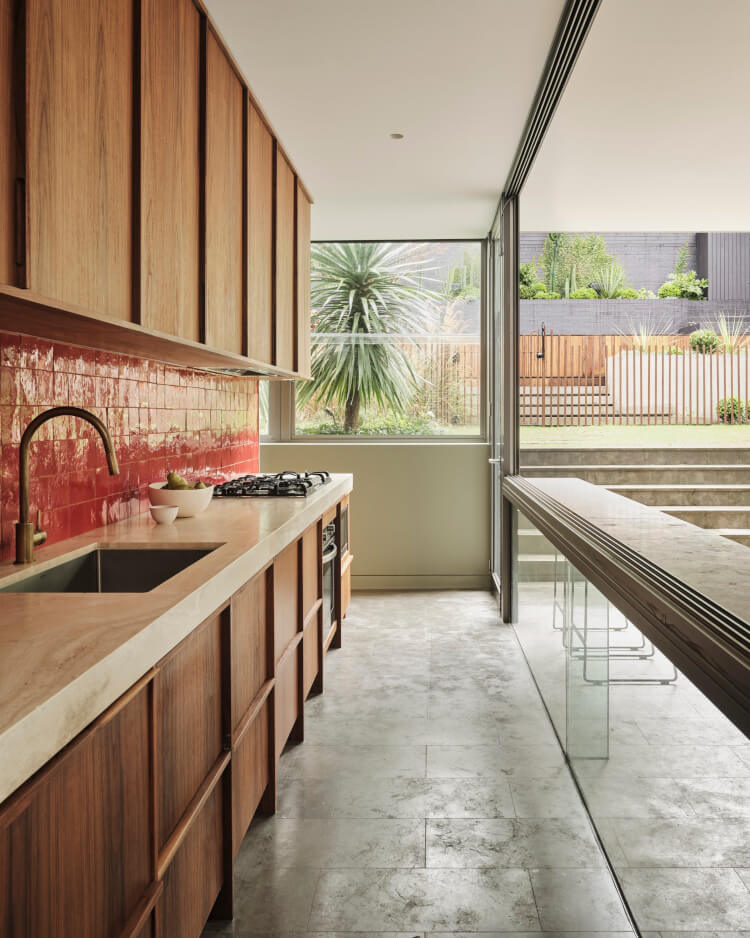
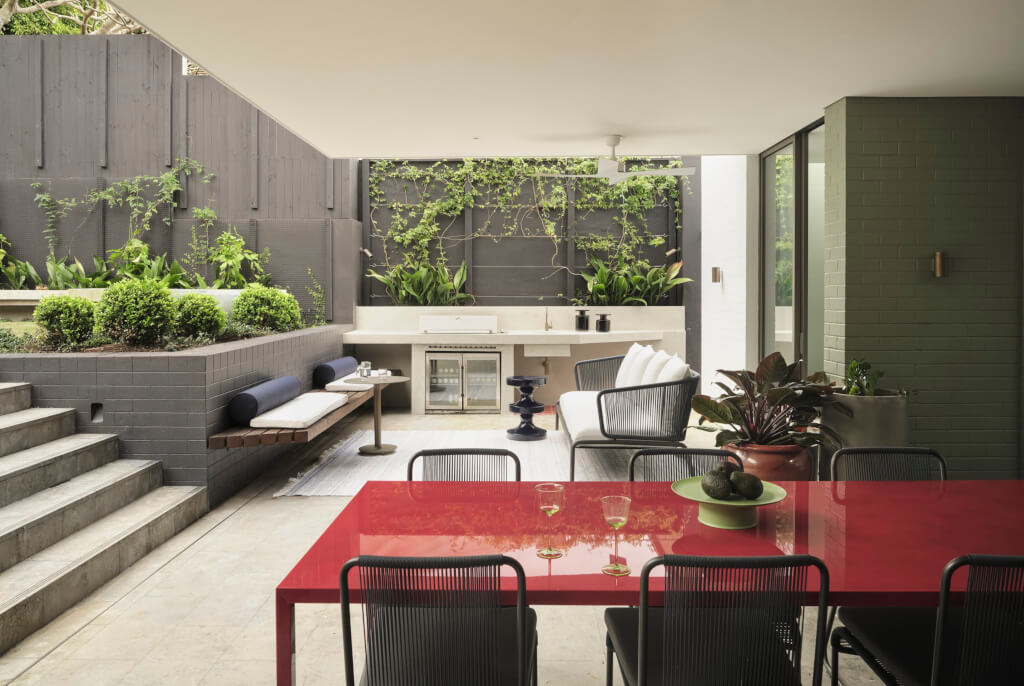
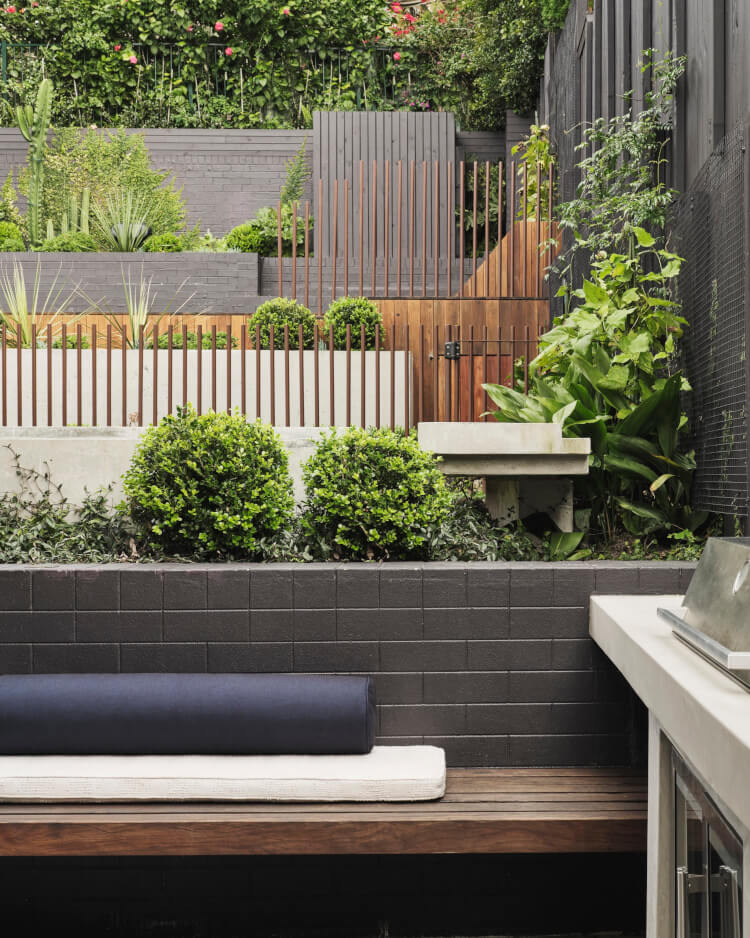
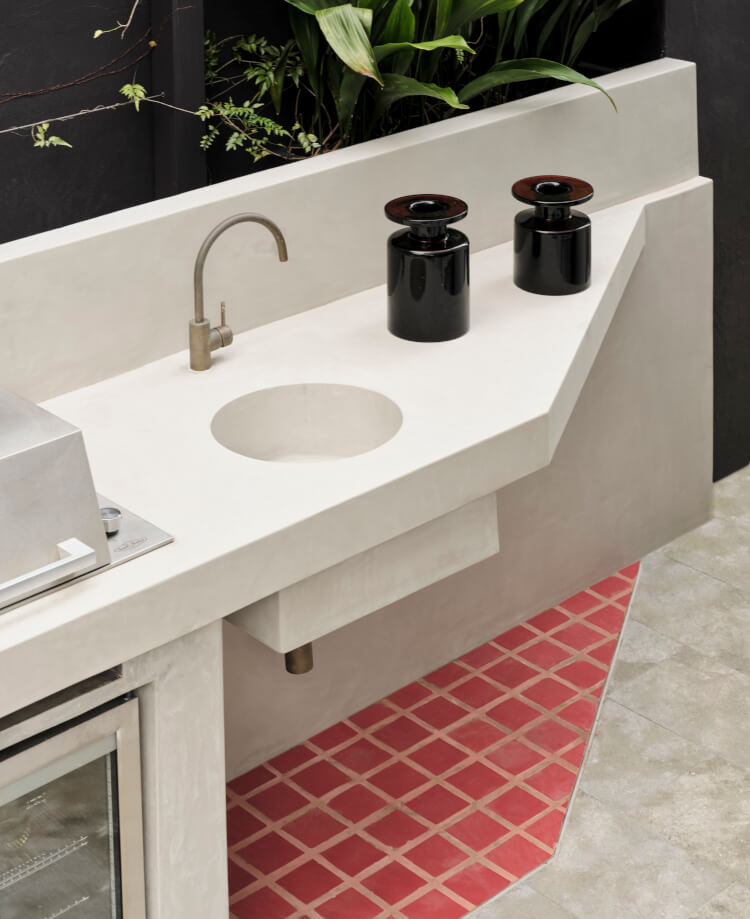

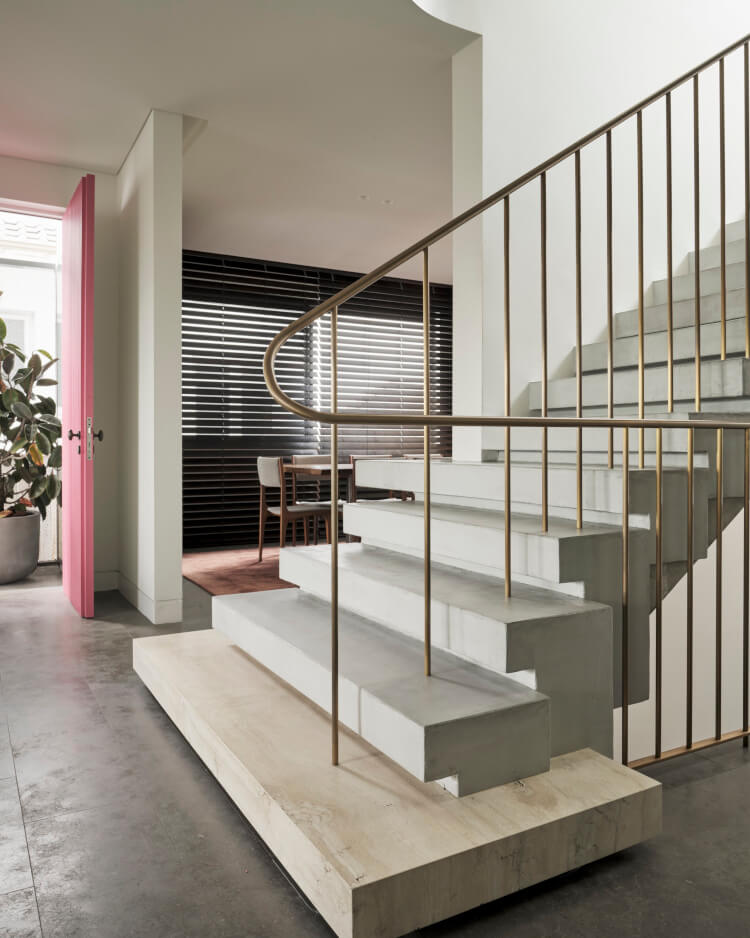
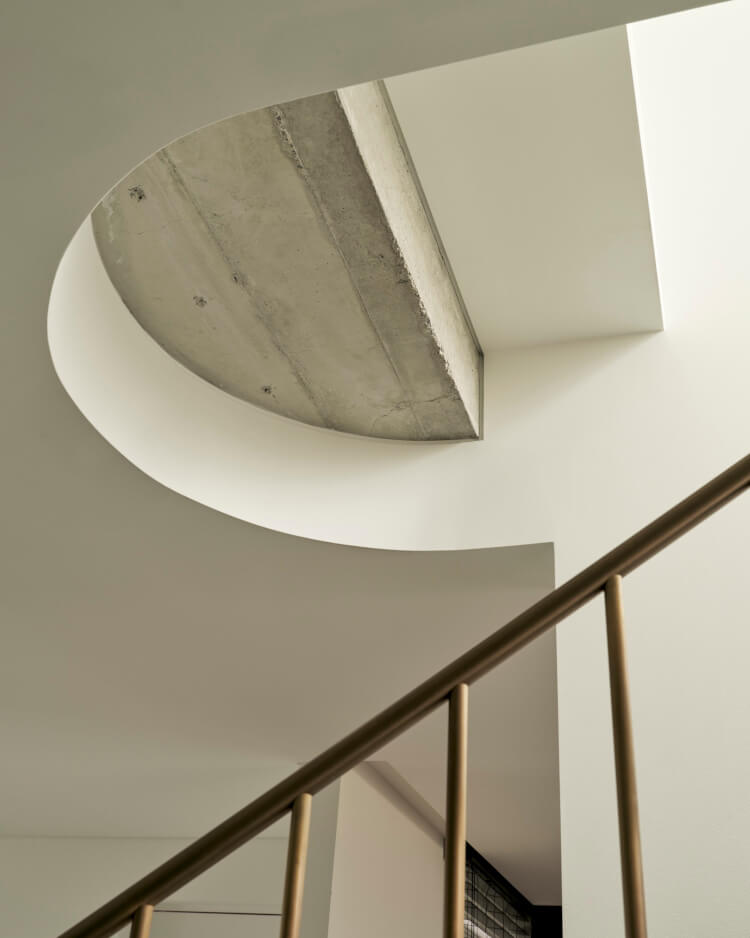
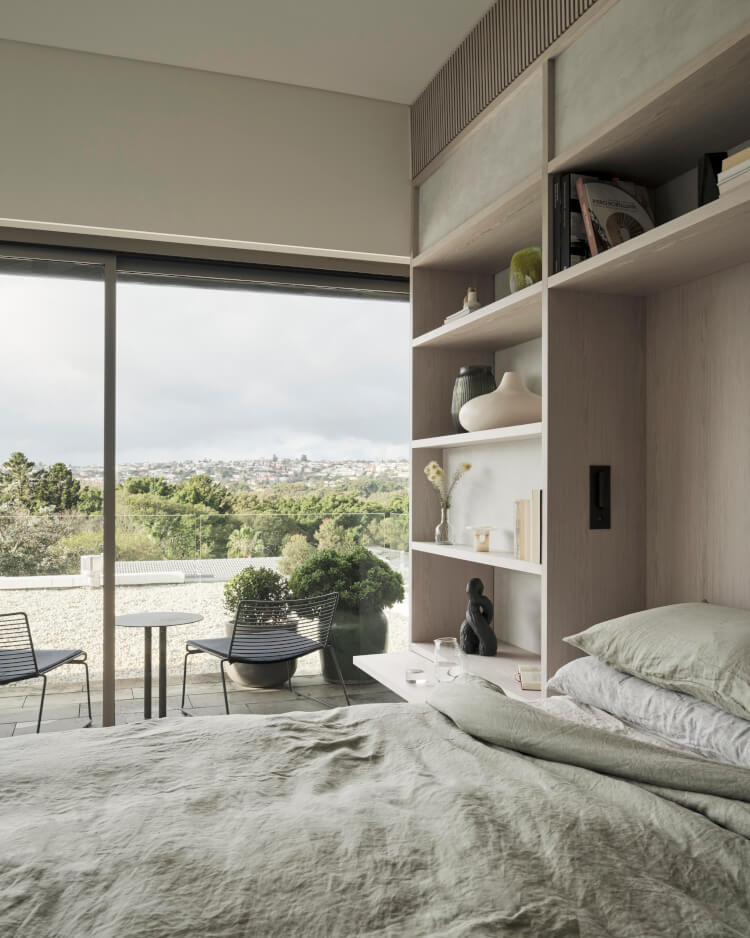
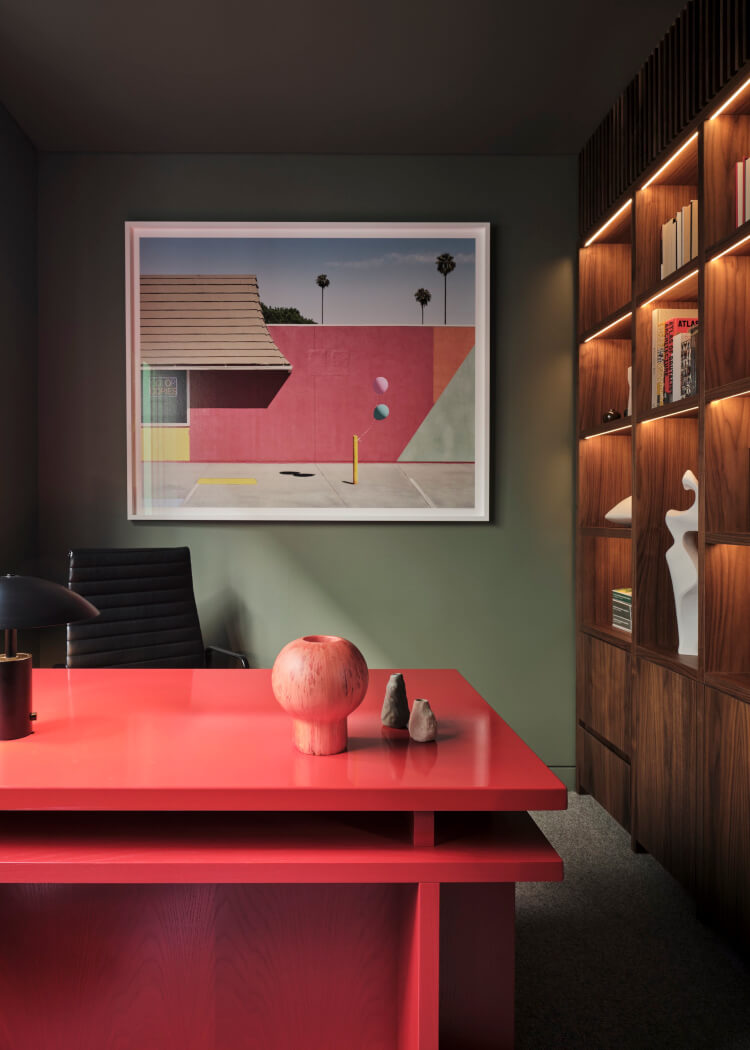
Newton Surmaville – A 1612 Jacobean manor house in Somerset
Posted on Sun, 7 Apr 2024 by KiM
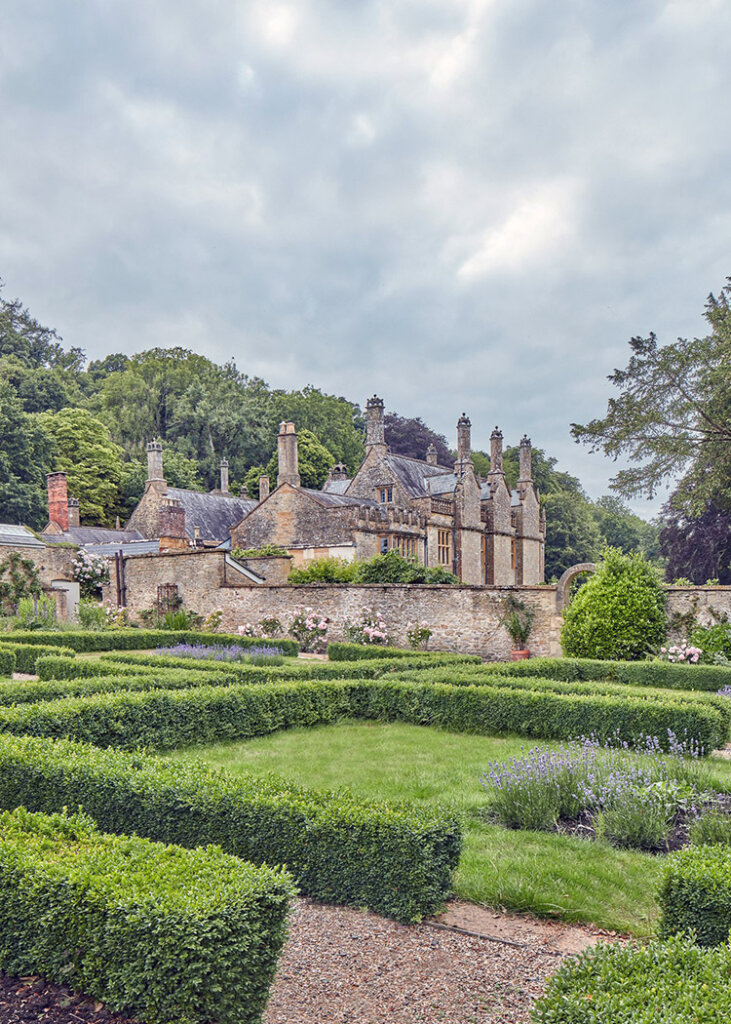
Lived in by the same family for nearly four hundred years, the house now offers 21st Century standards of comfort, combining elegant modern décor with old world charm. The house has recently been re-designed by Jeffrey Bilhuber. A magical place surrounded by 62 acres of gardens & grounds.
The best part about this incredible home that looks like it’s straight out of a period drama, is the current family is offering it for stays (9 bedrooms and 8 bathrooms!) – see more here for details.
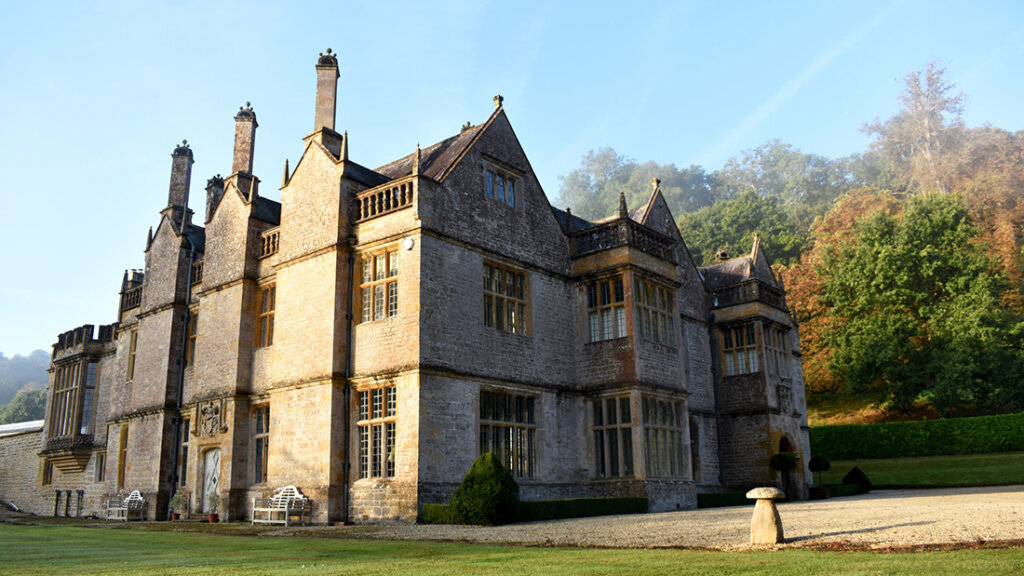
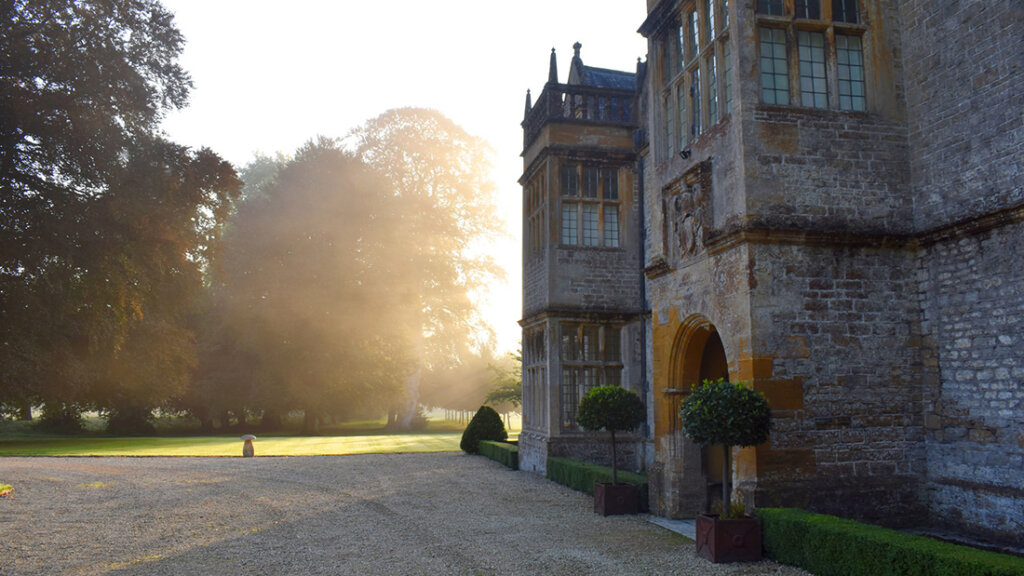
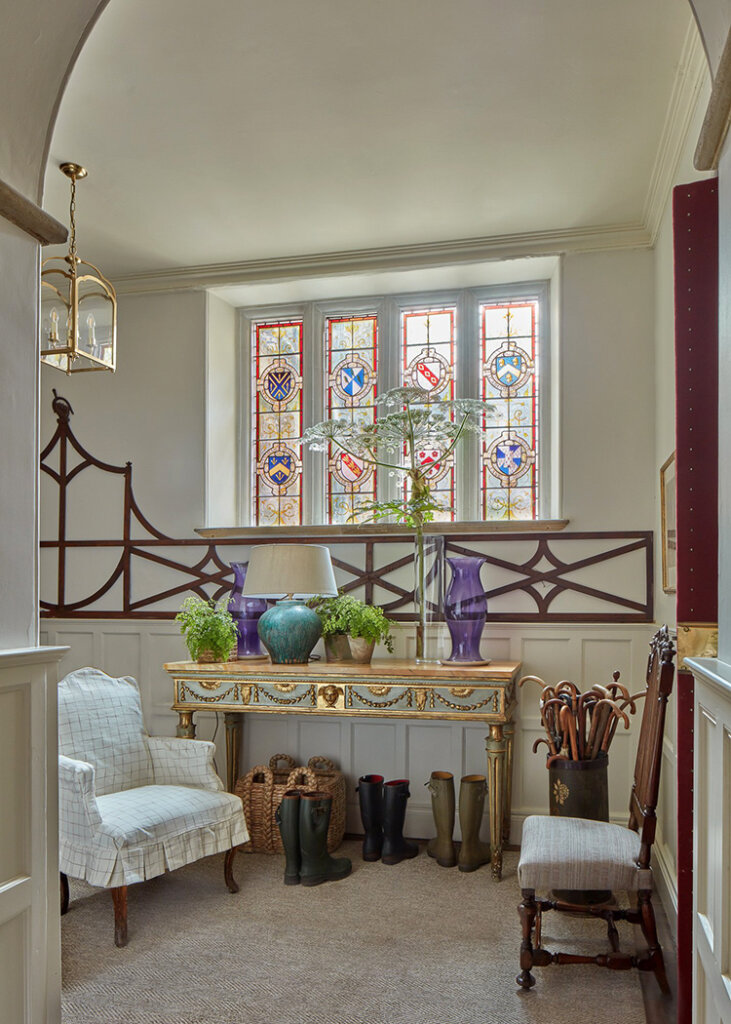

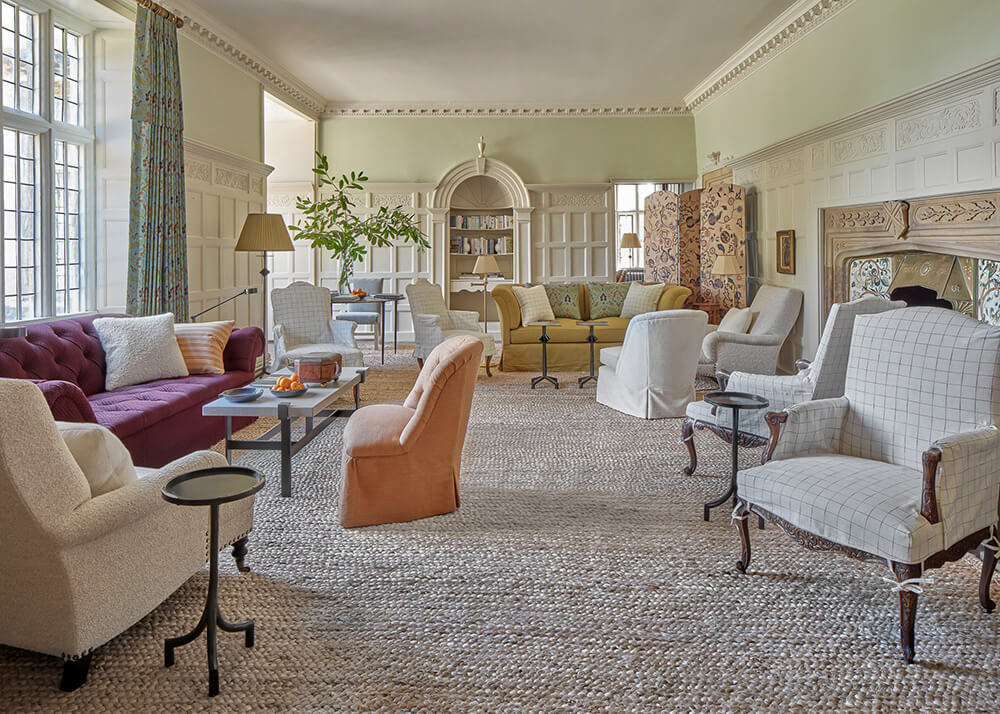
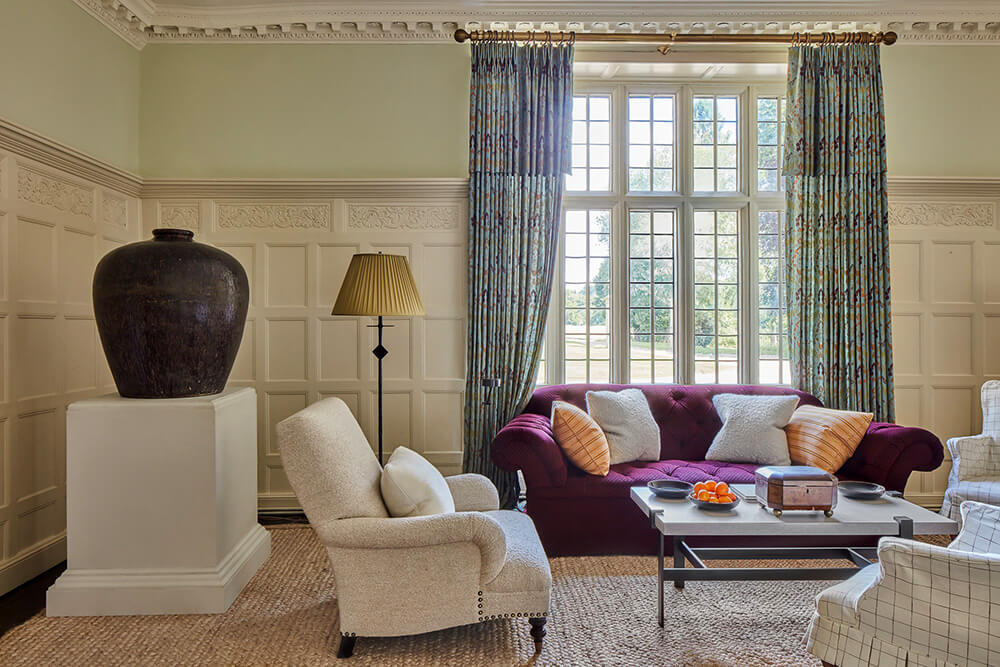
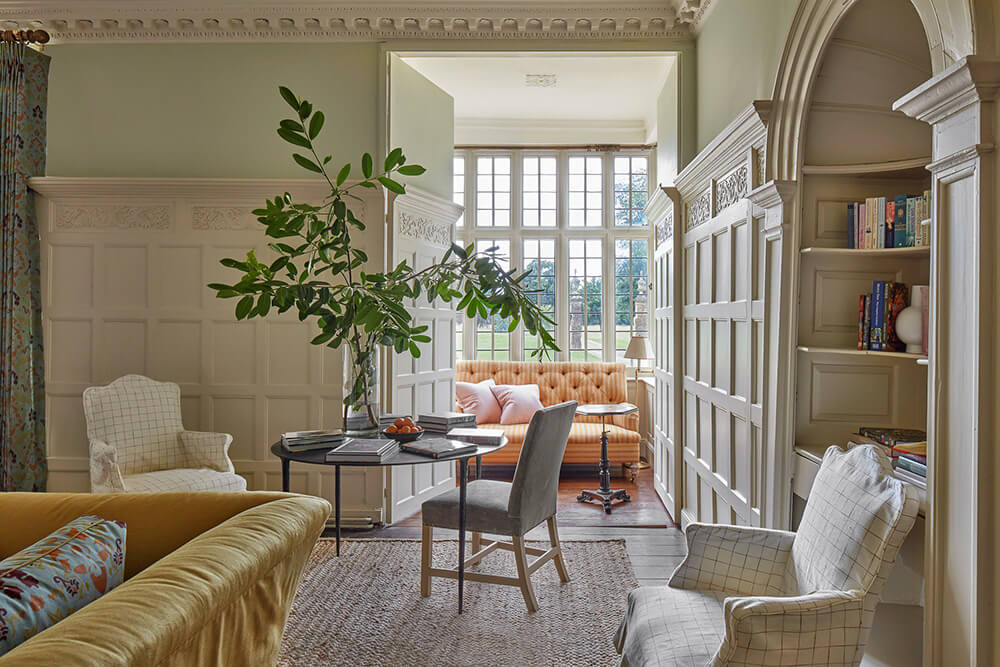
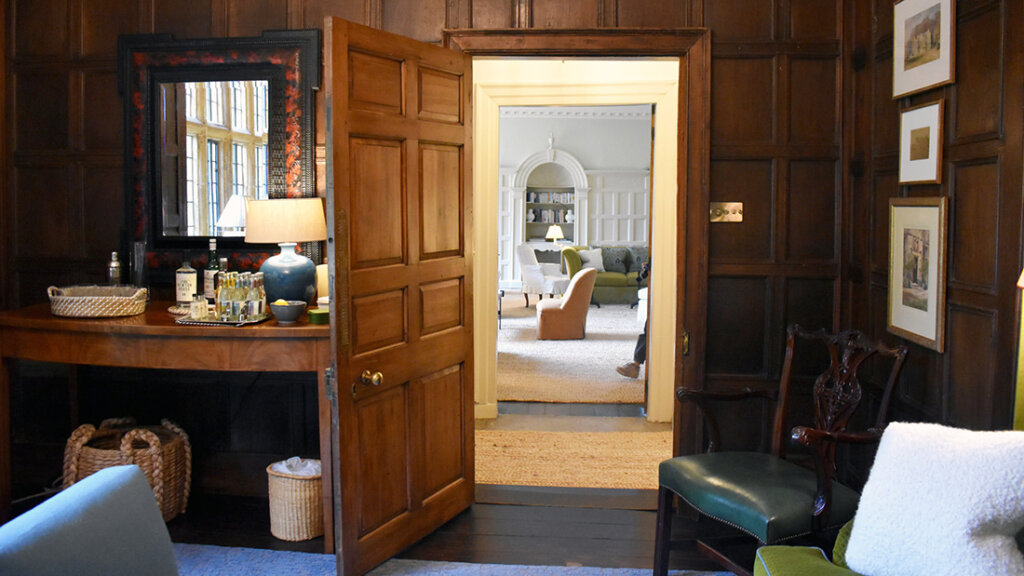
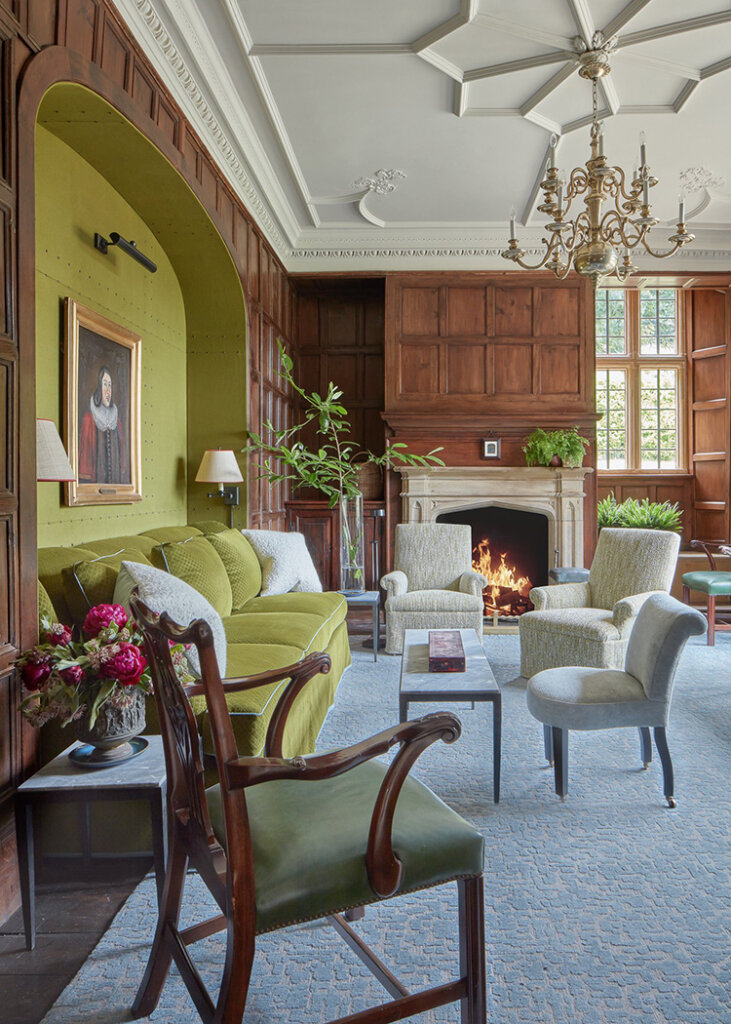
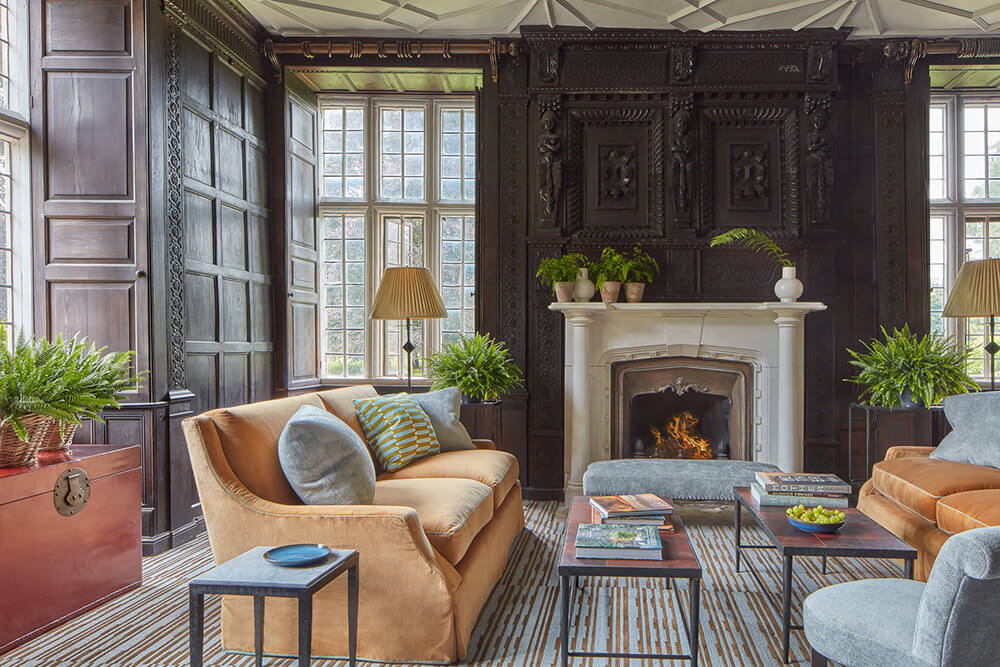
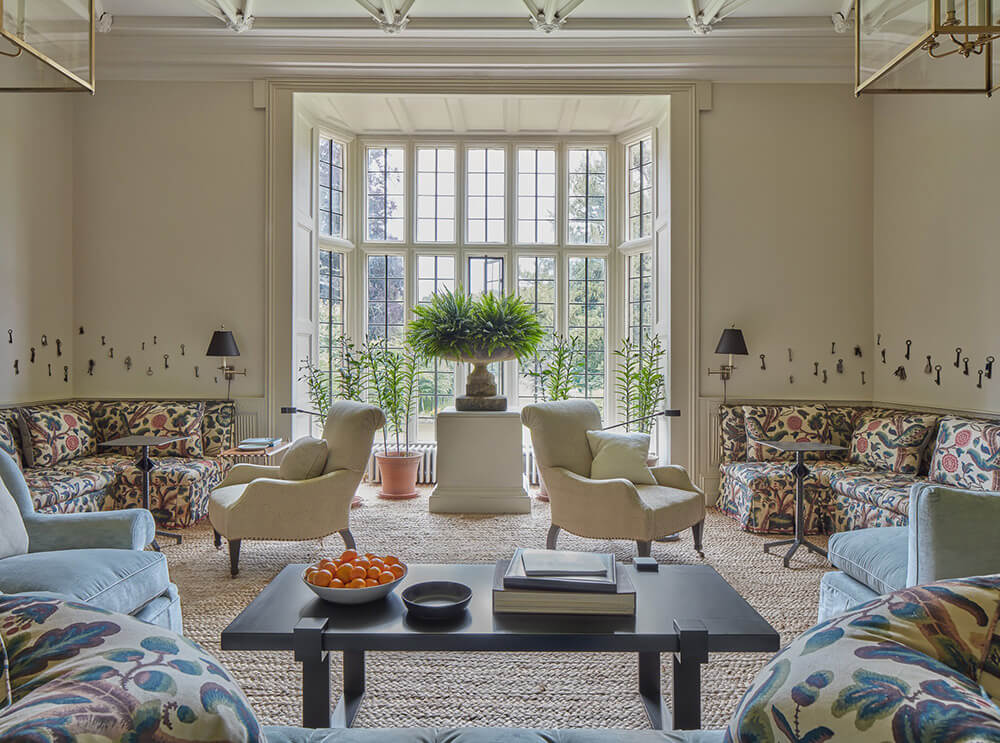
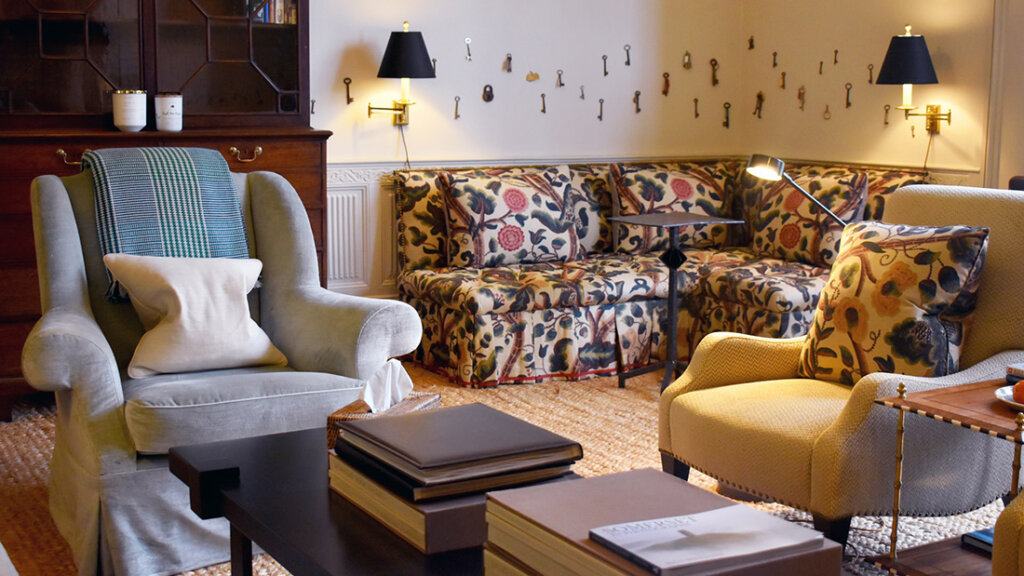
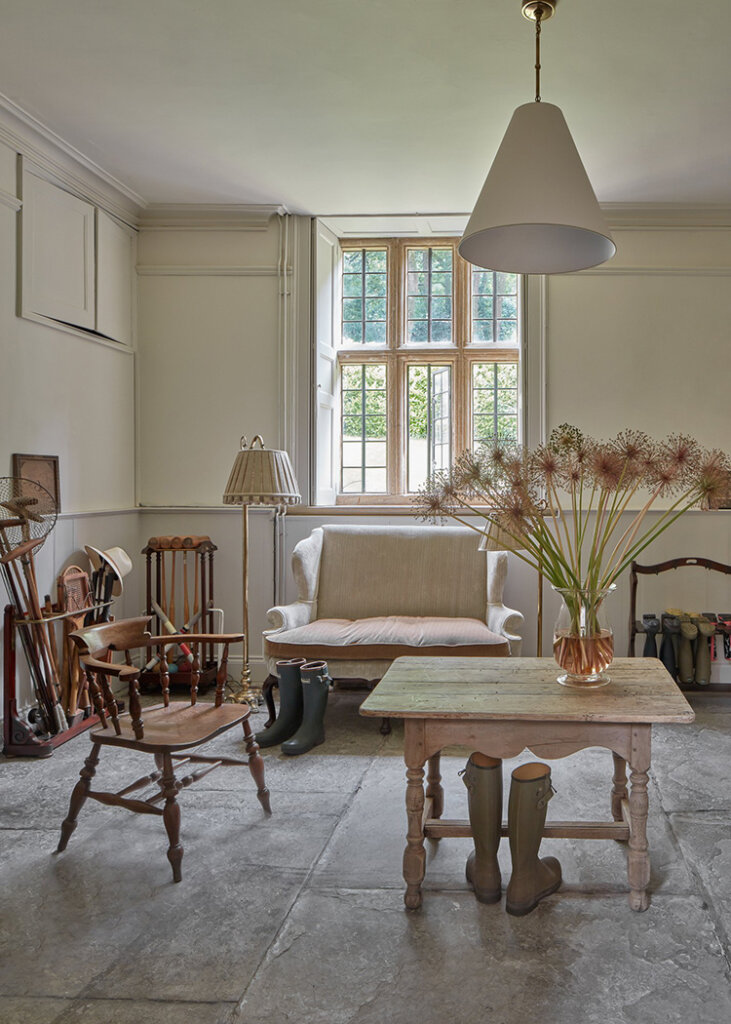
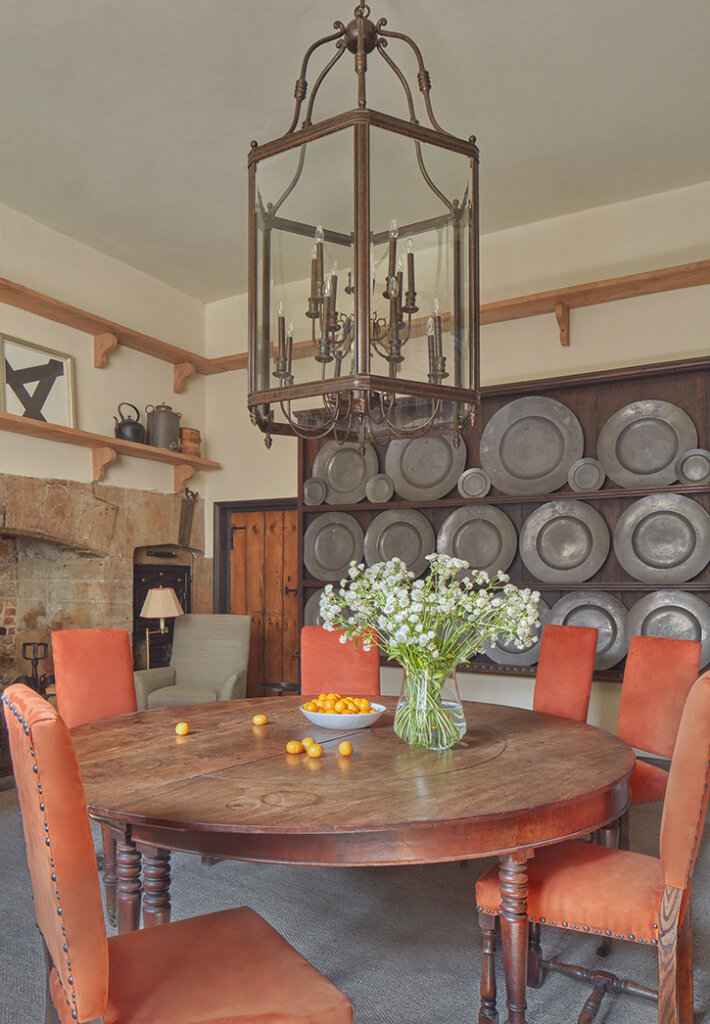
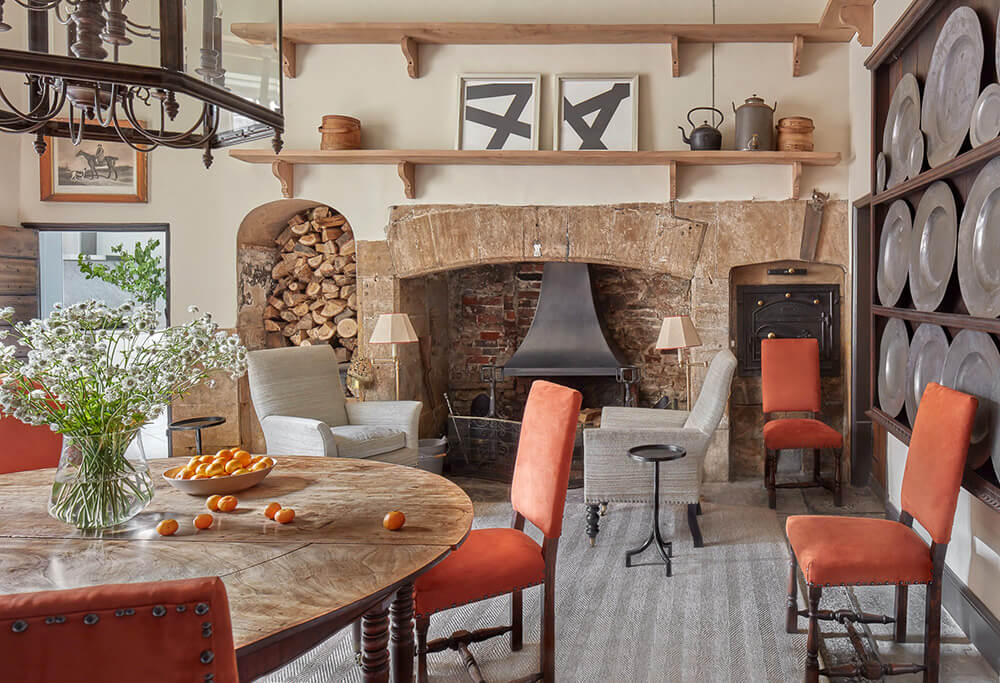
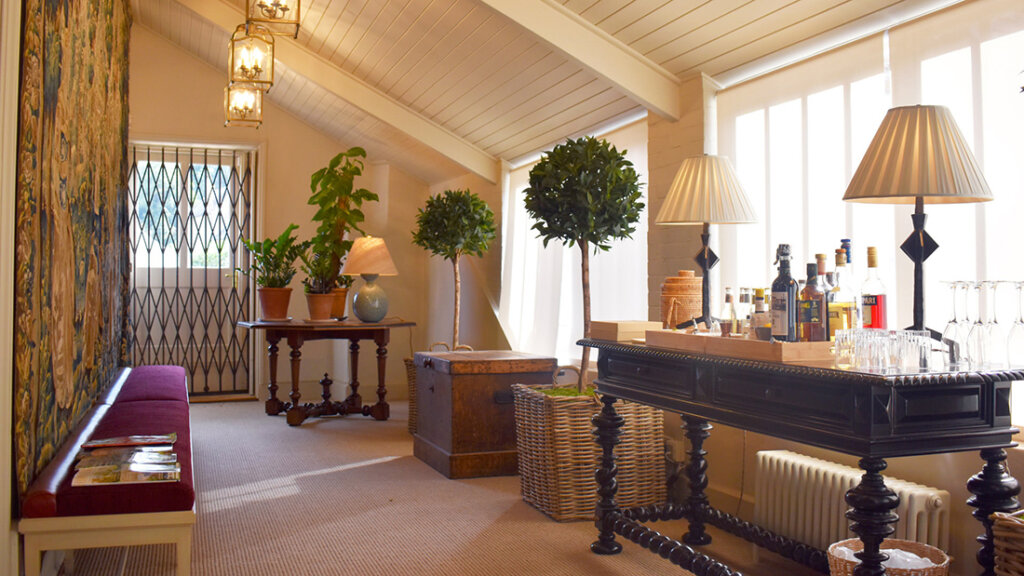
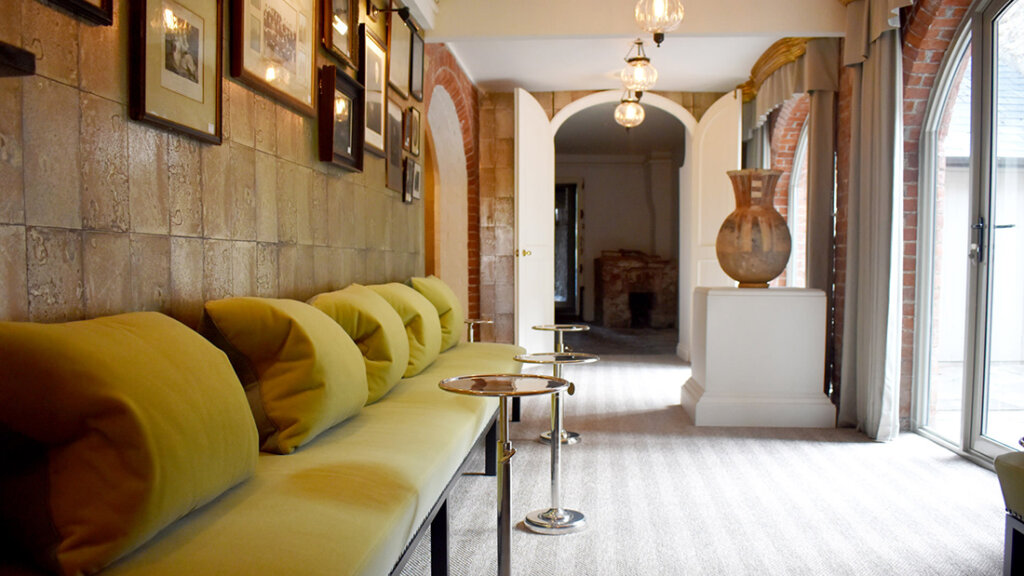
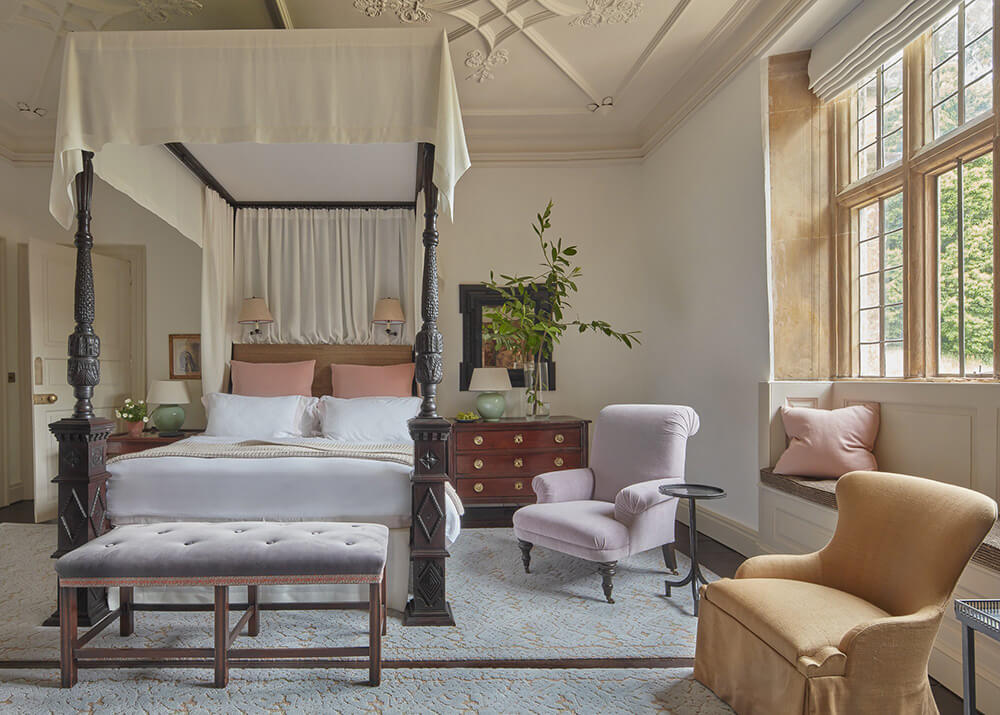
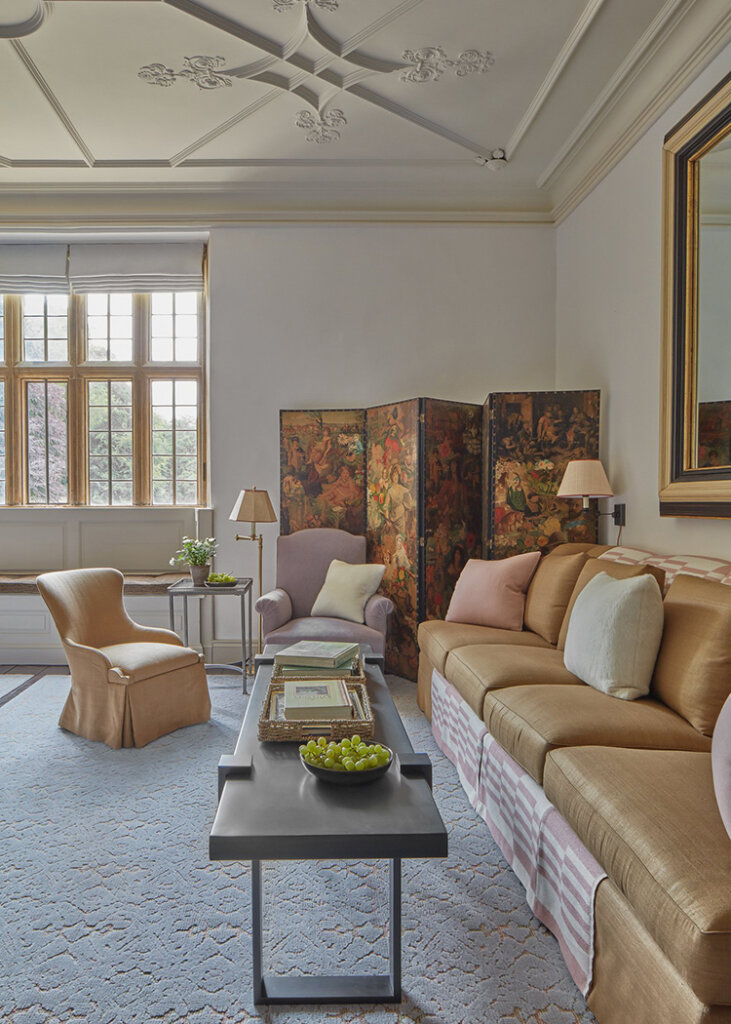

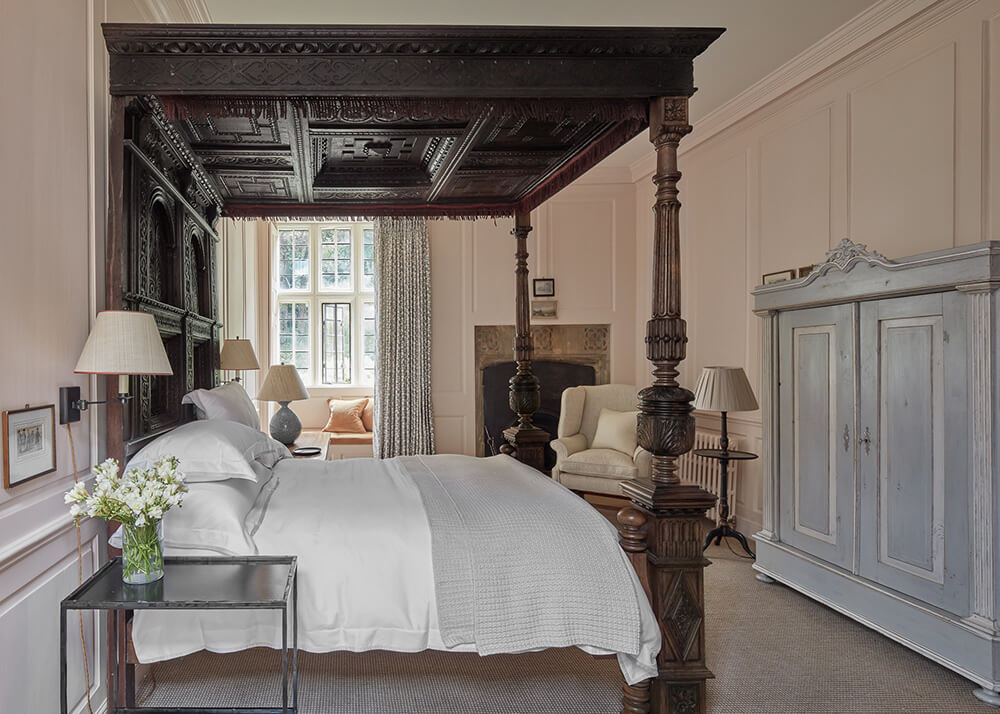
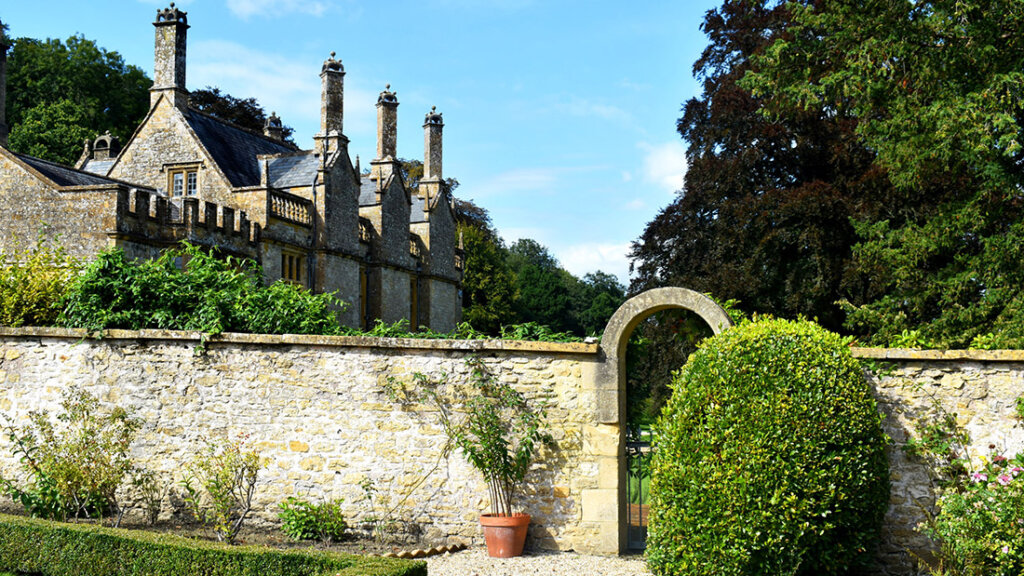
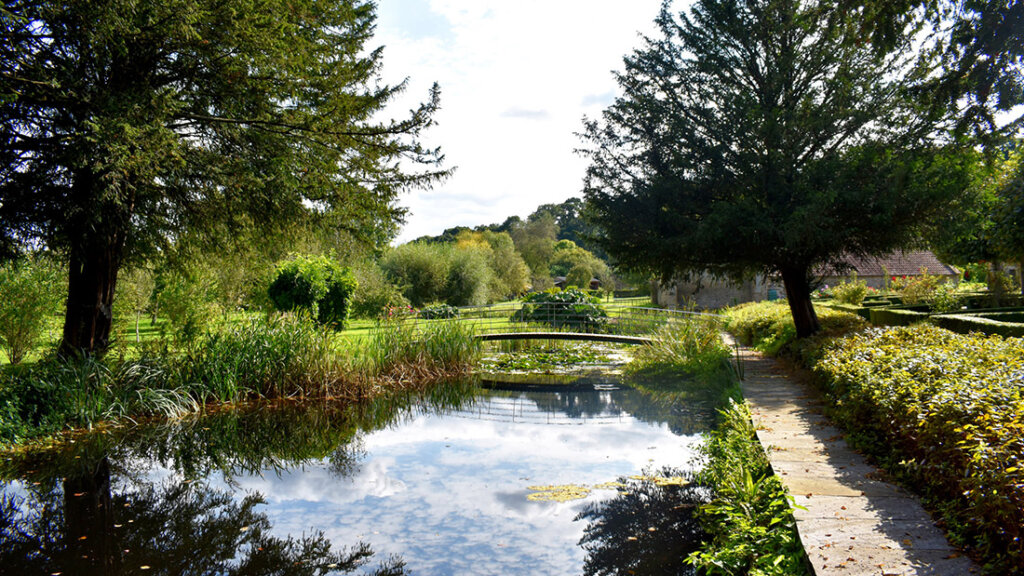
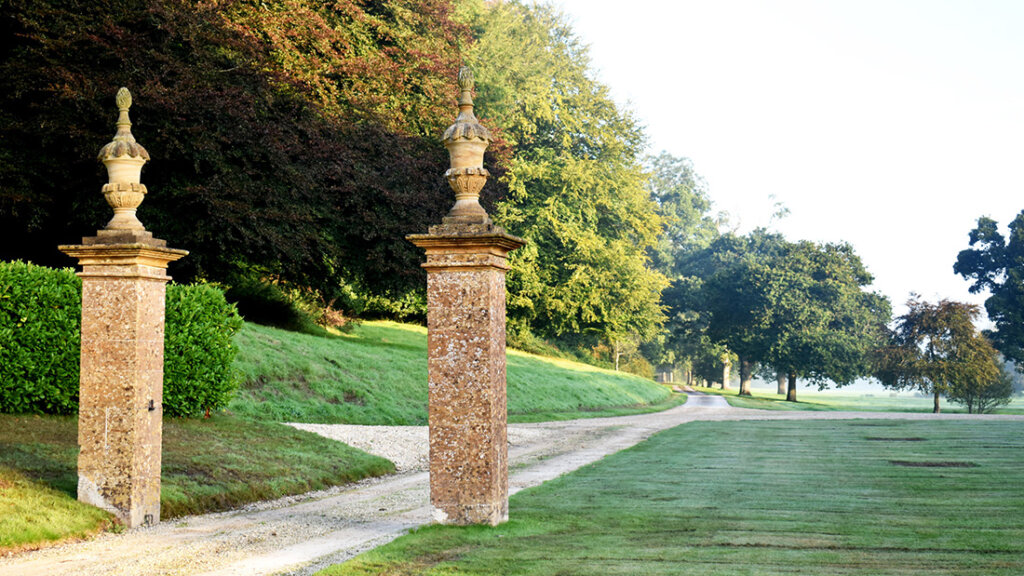
An 1840 Gothic Revival home in Germantown, NY
Posted on Wed, 3 Apr 2024 by KiM
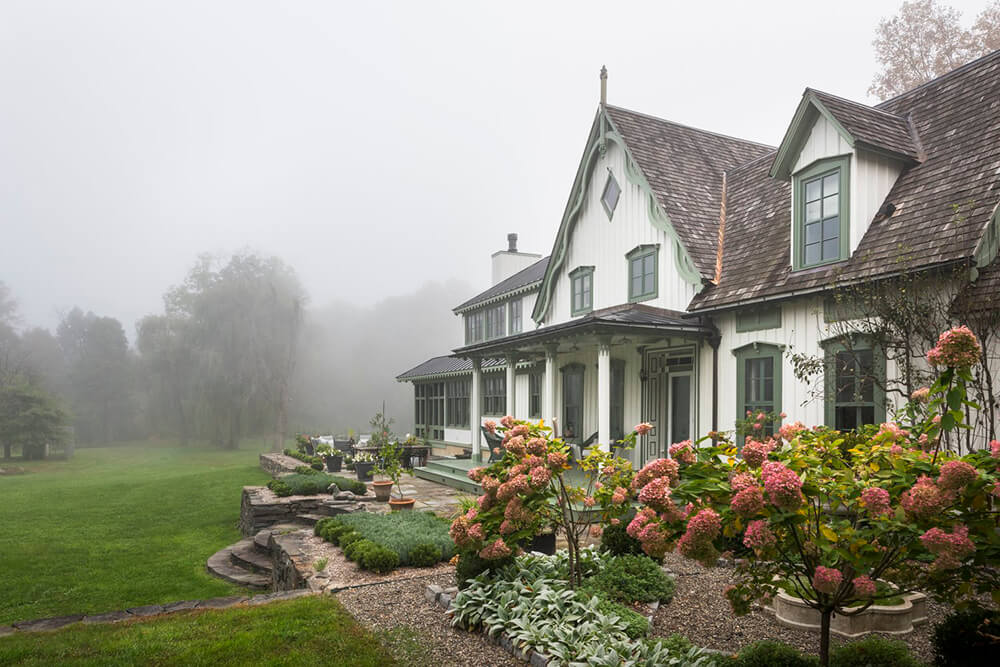
Oh what I would do to get my hands on a home like this! Gothic revival architecture – yes please! A fireplace in the kitchen – yes please! A sunroom (with an exterior that looks like a little cottage) – yes please! Timelessly classic traditional design with a touch of modernity – yes please! Design: L.B. Copeland; Architecture: Bohl Architects; Photos: Adam Kane Macchia
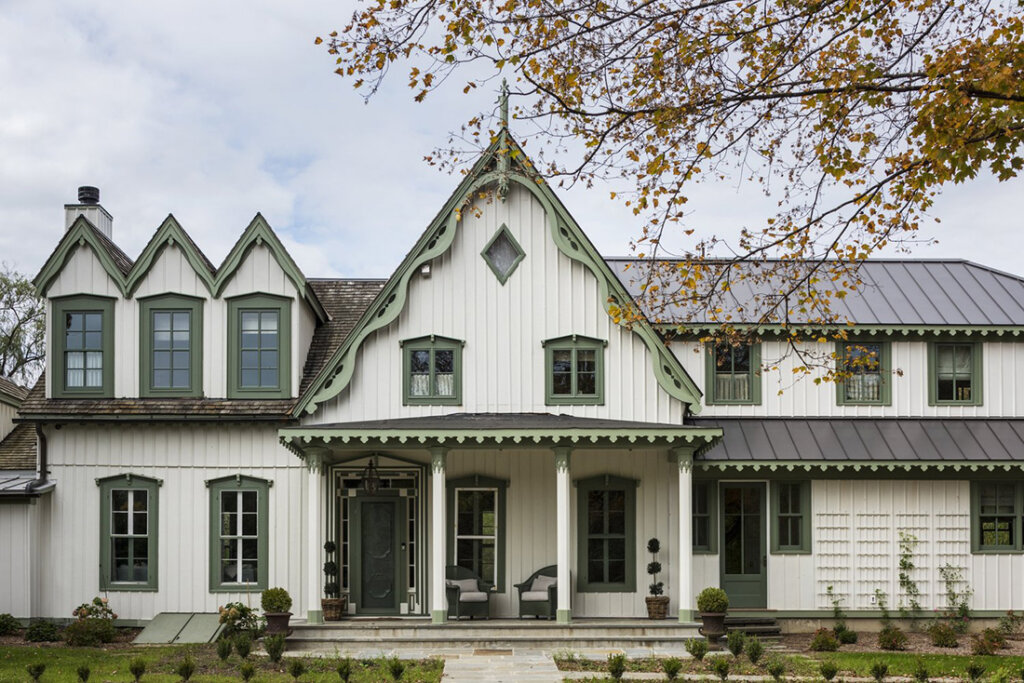
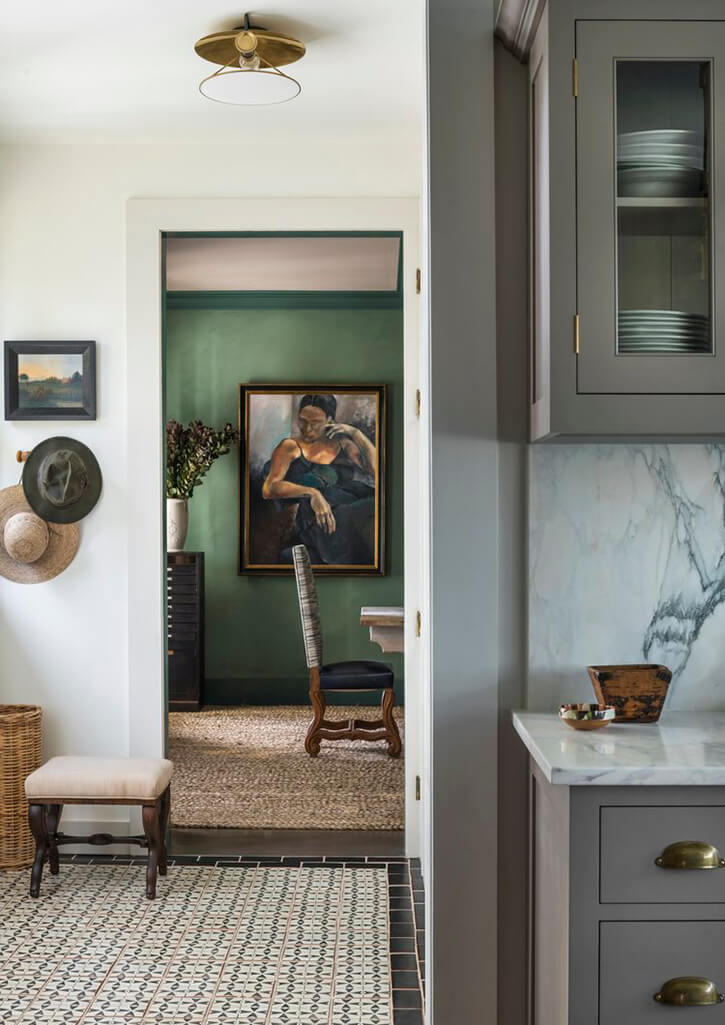
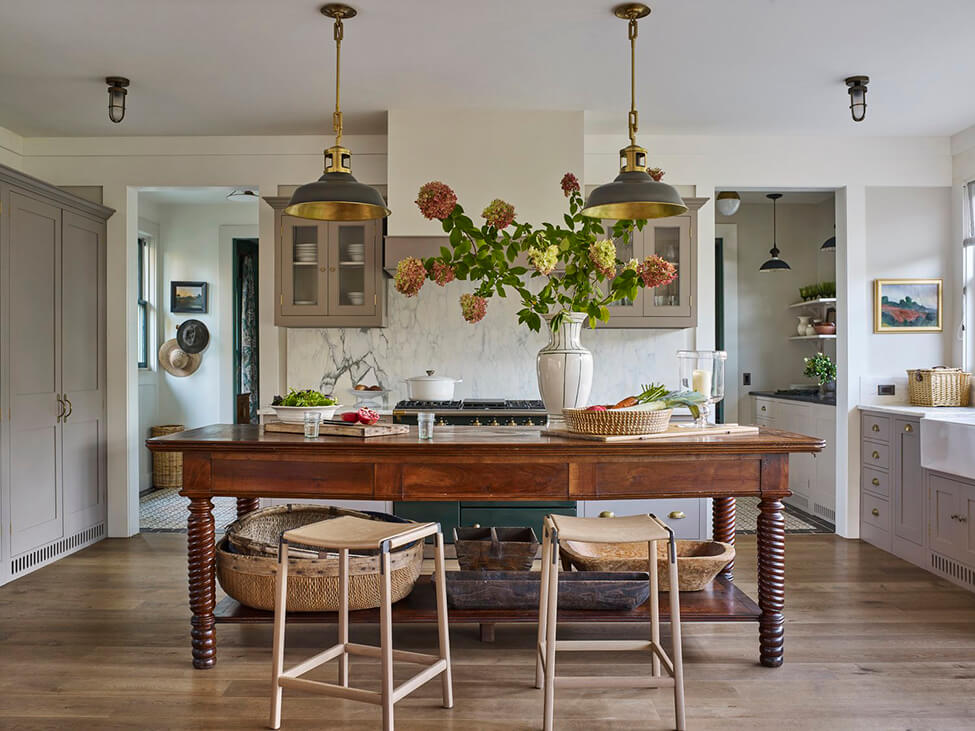
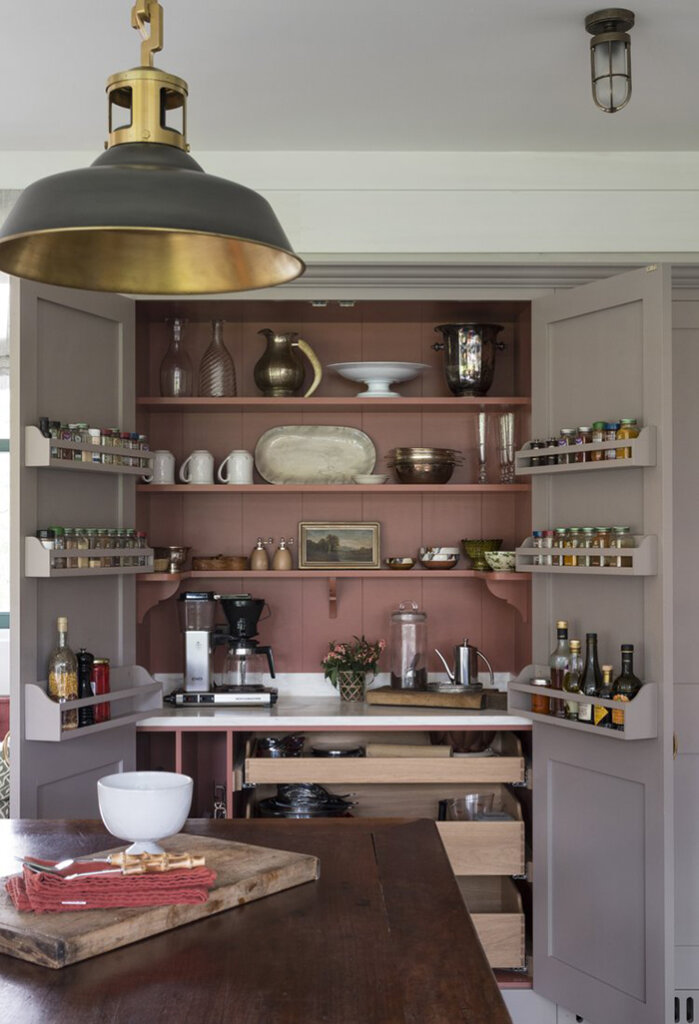
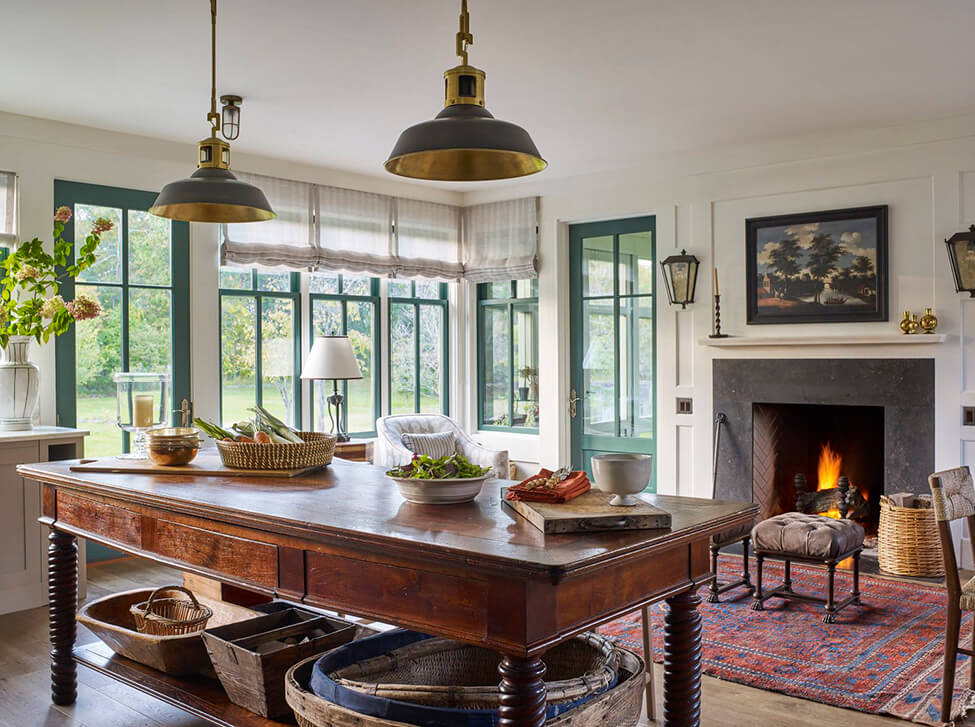
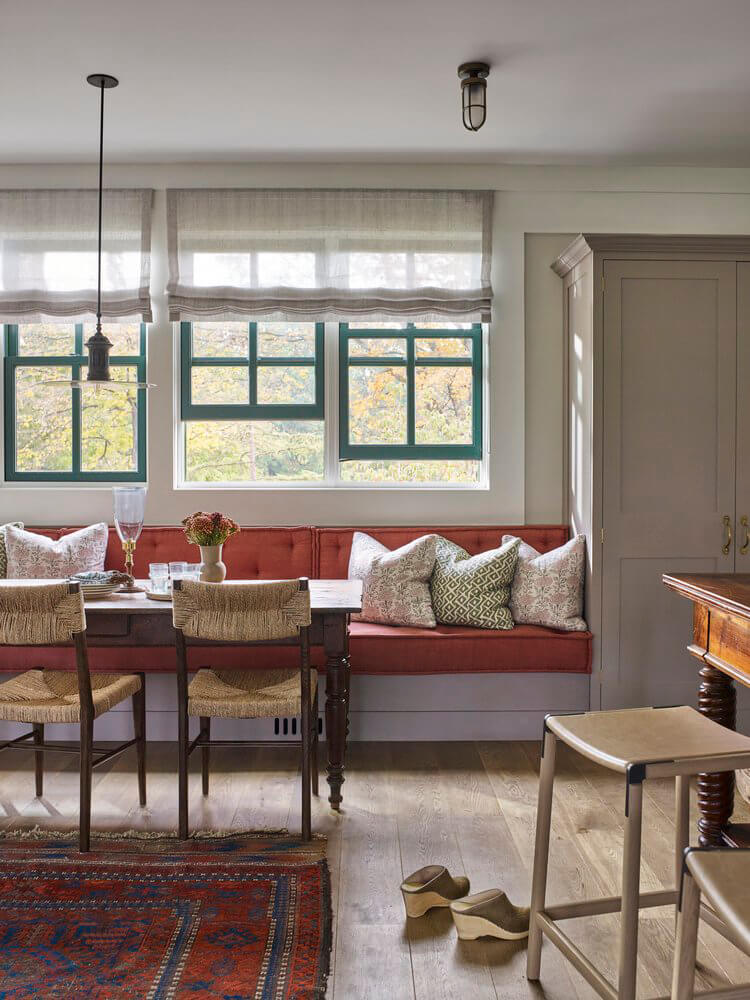
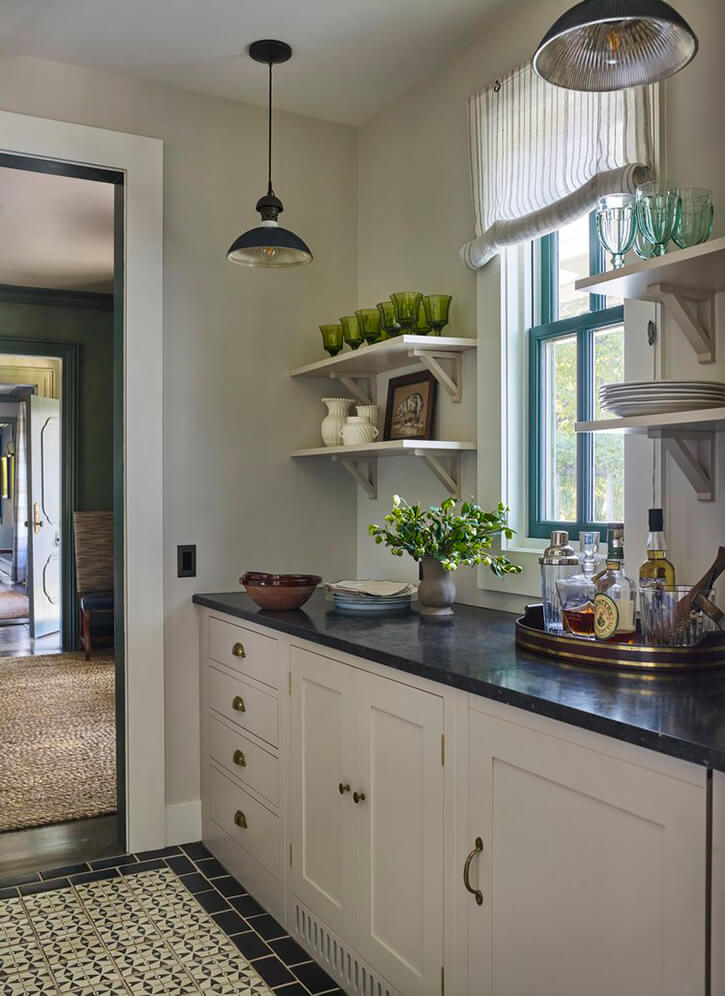
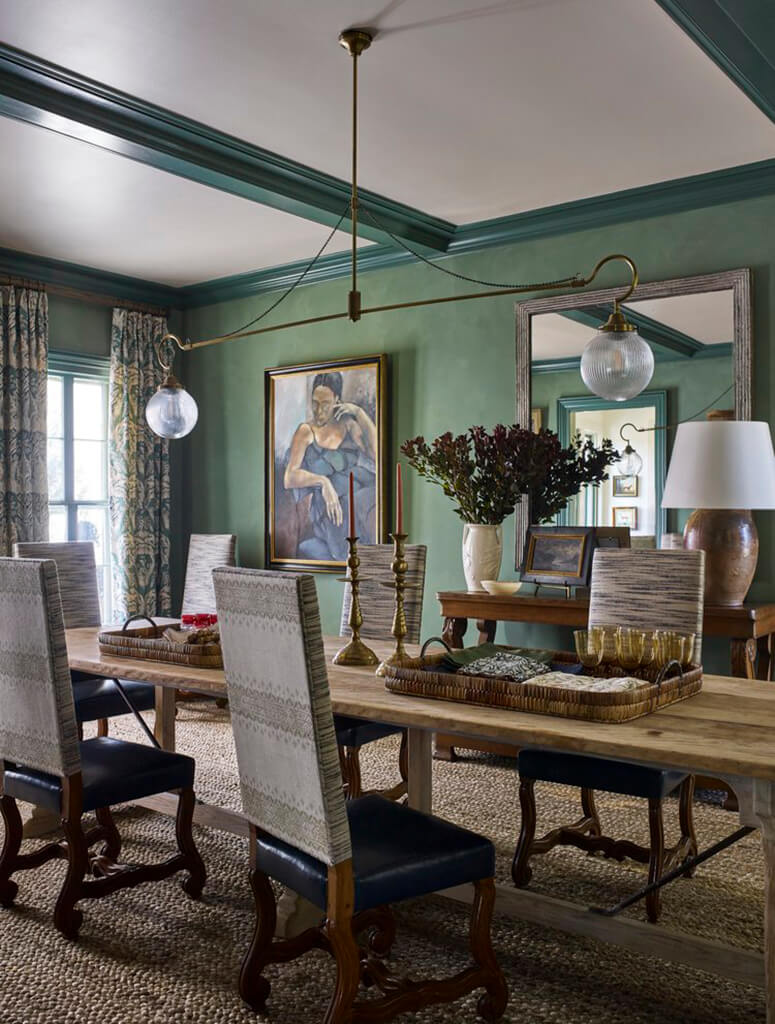
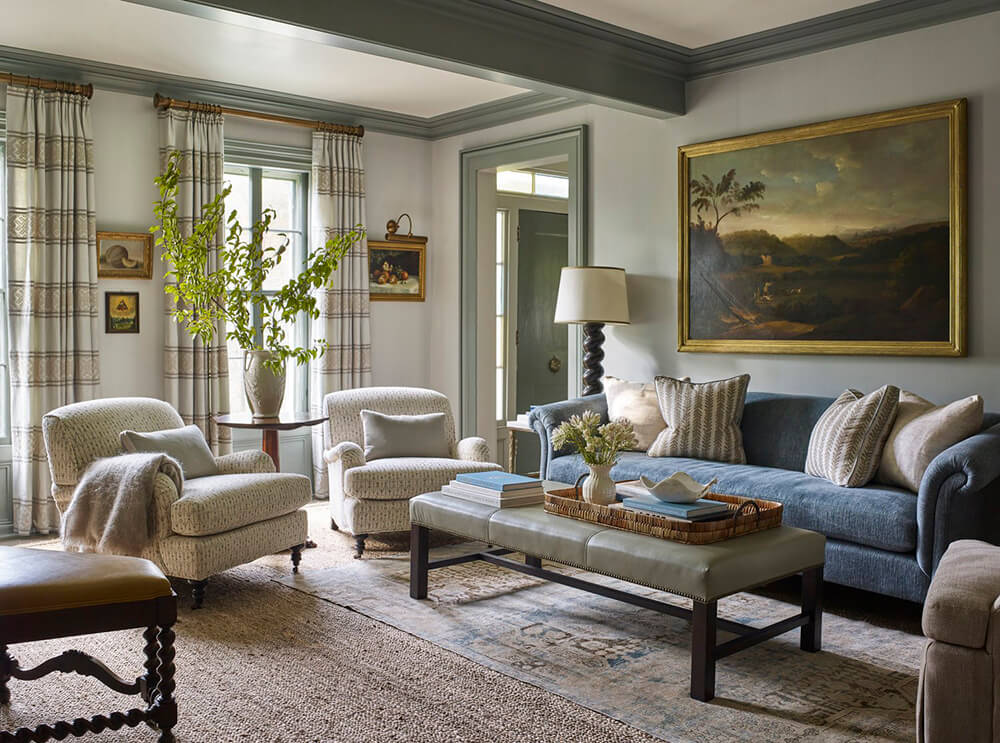
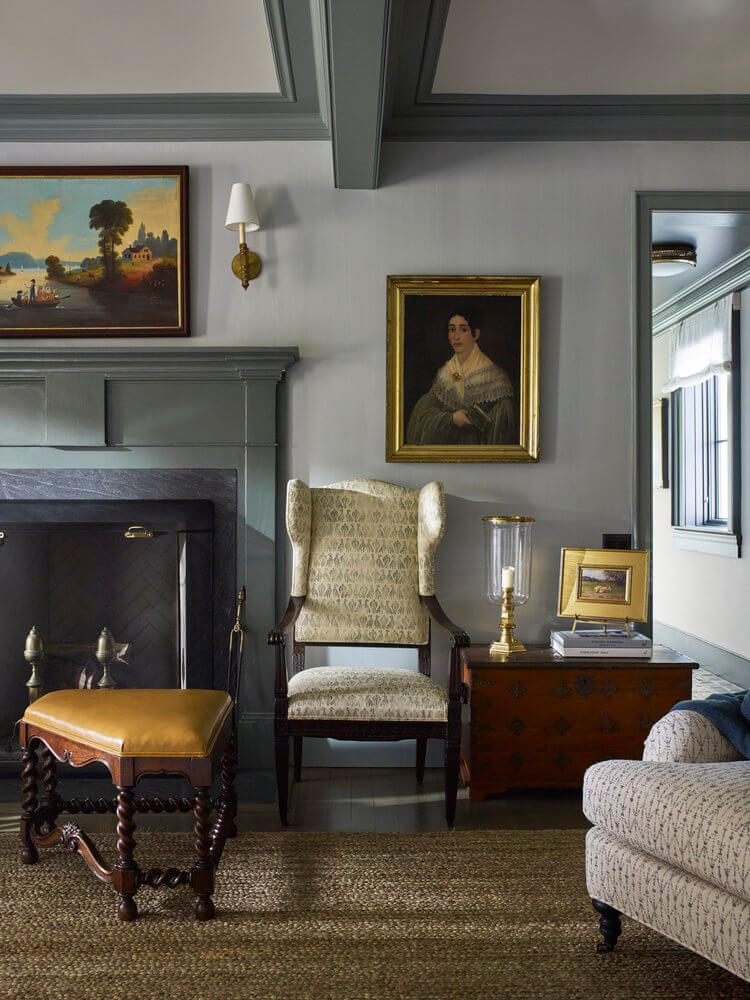
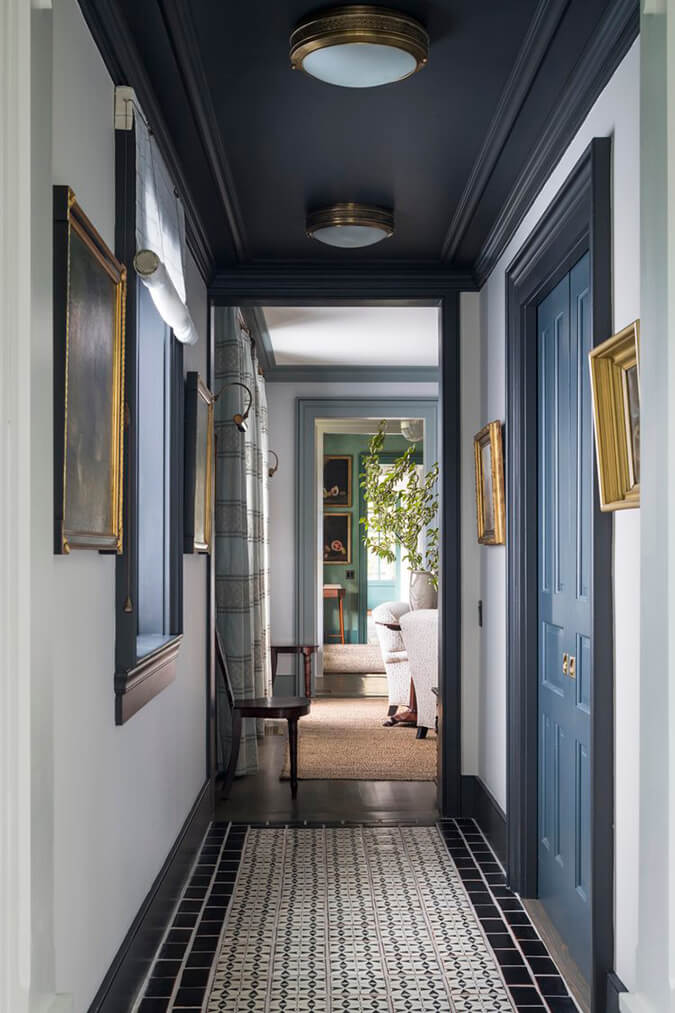
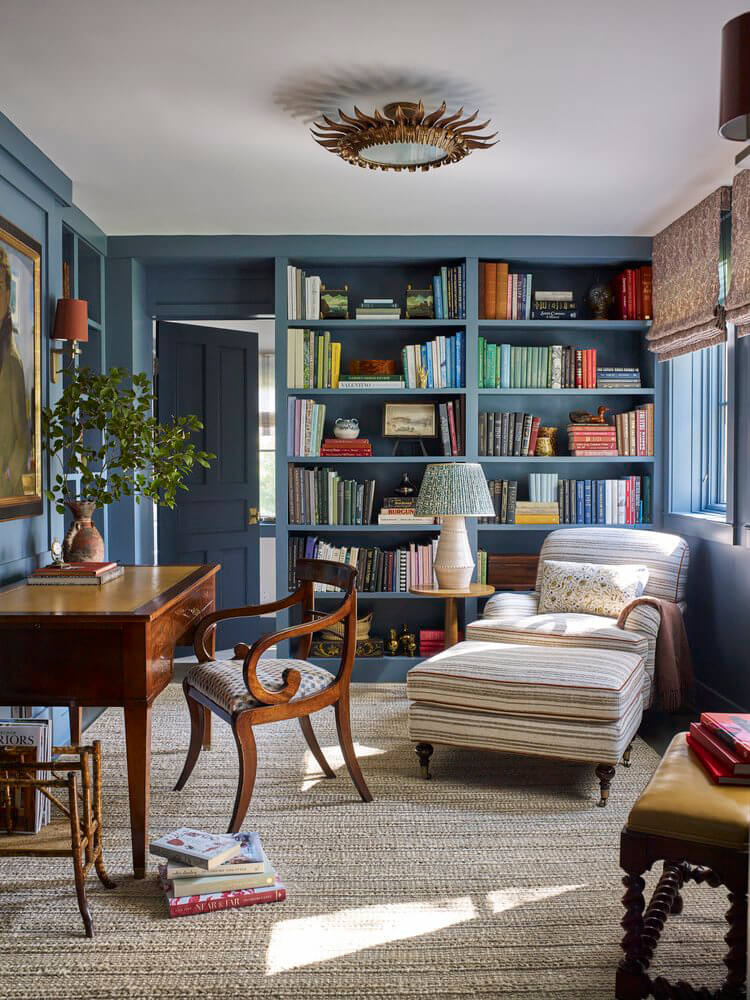
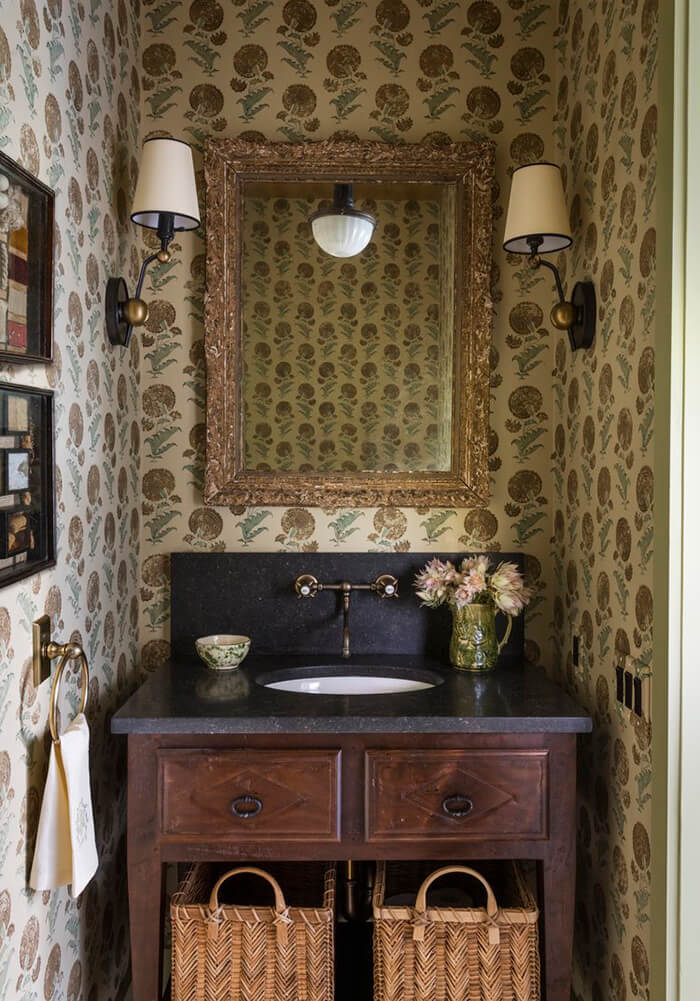
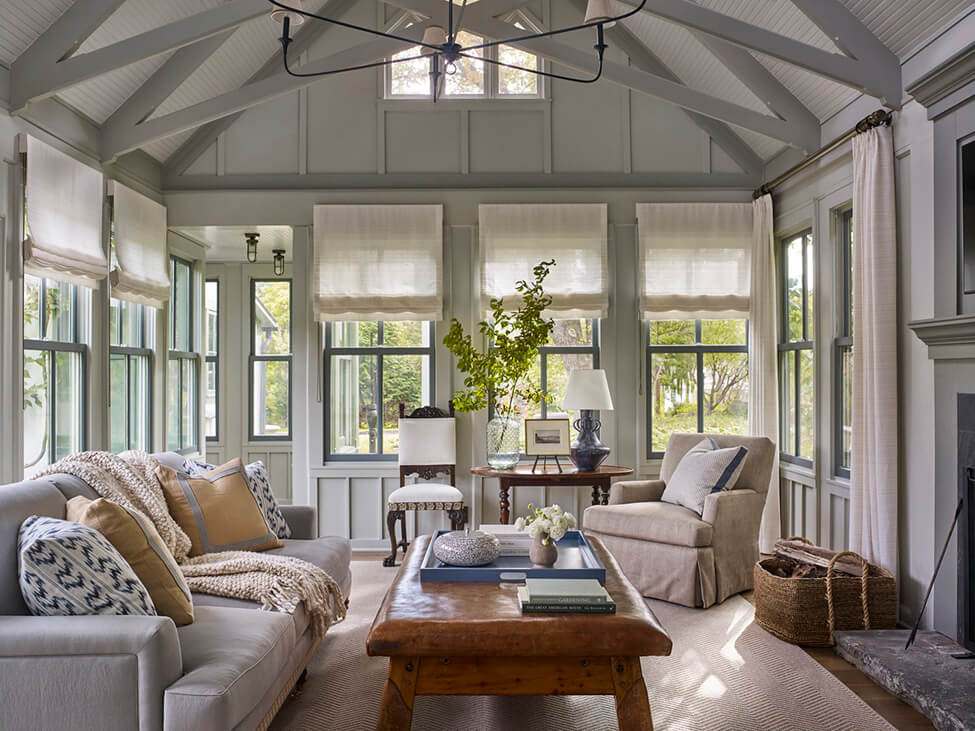
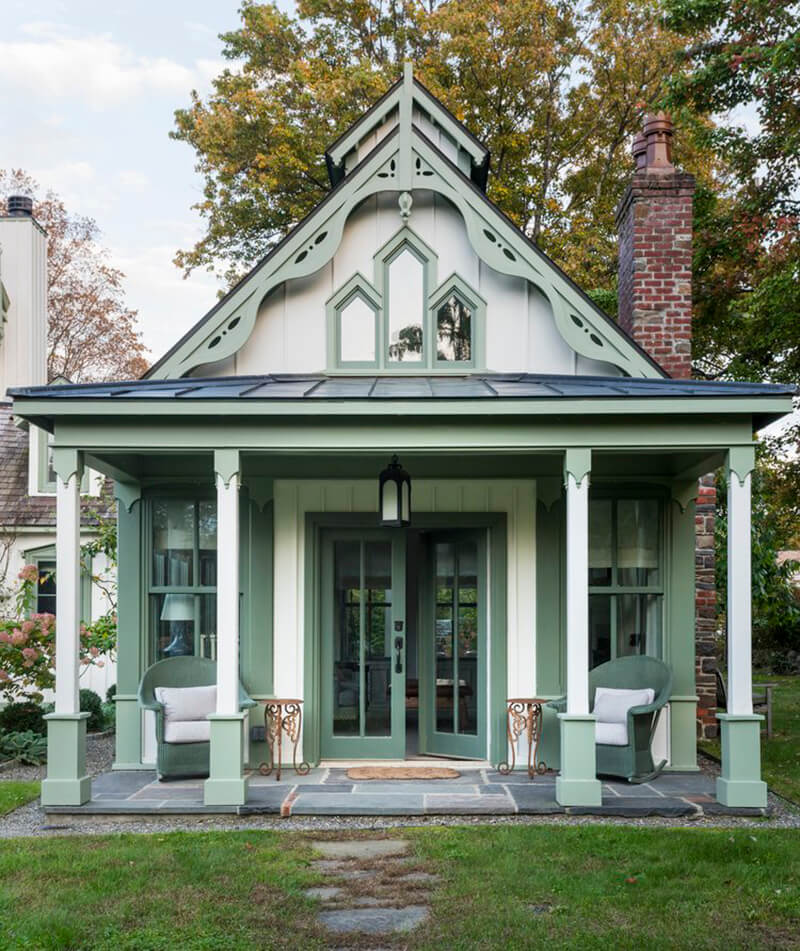
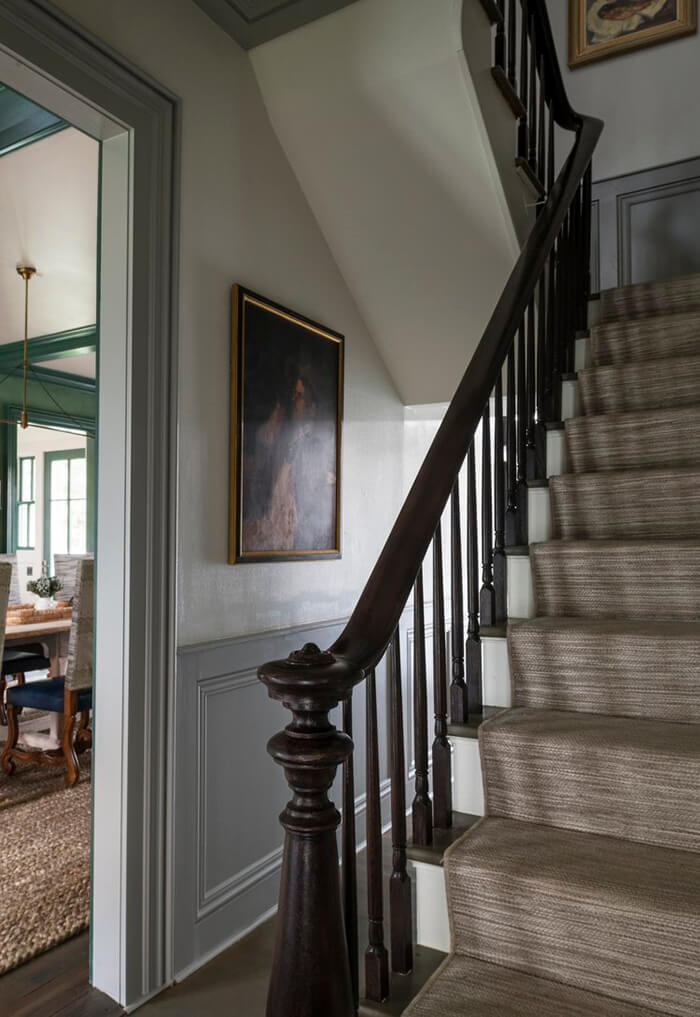
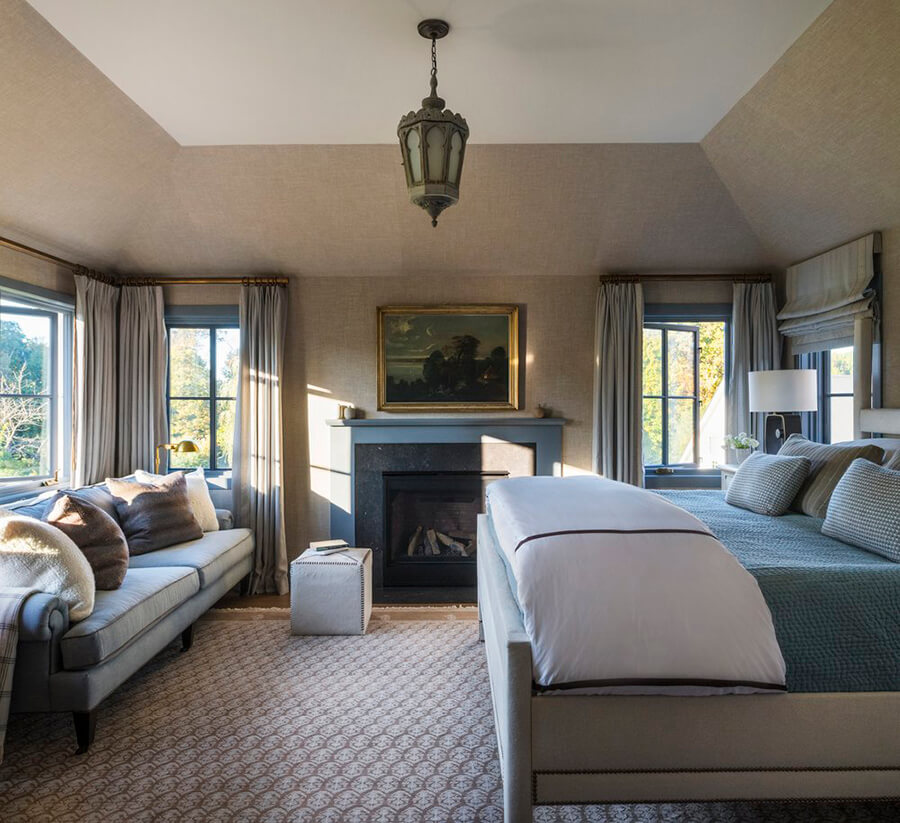
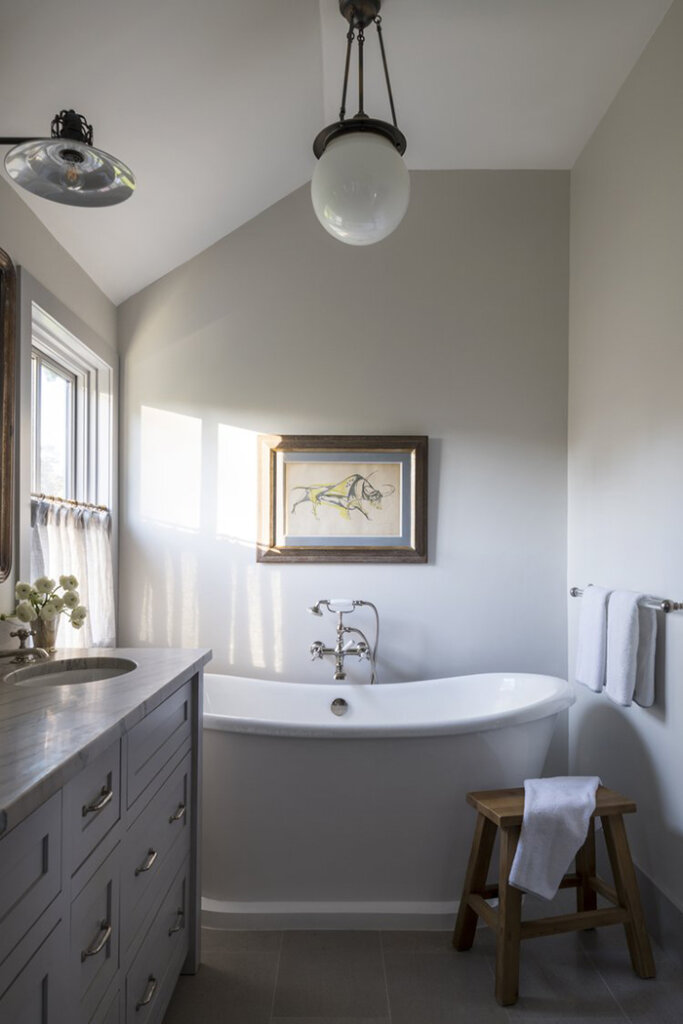
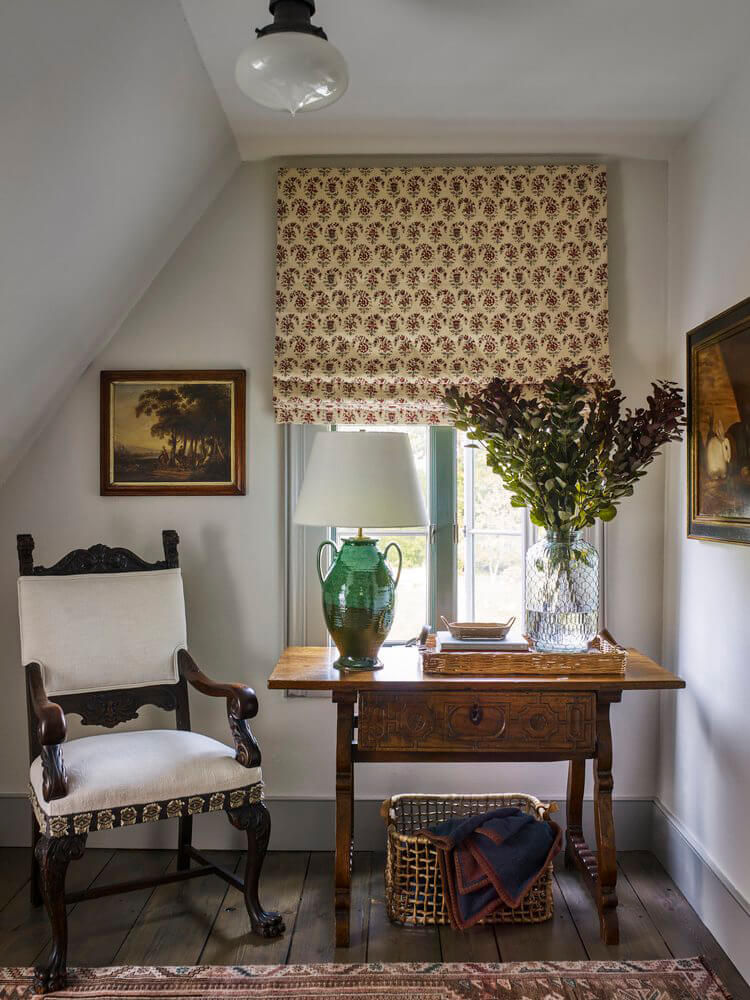
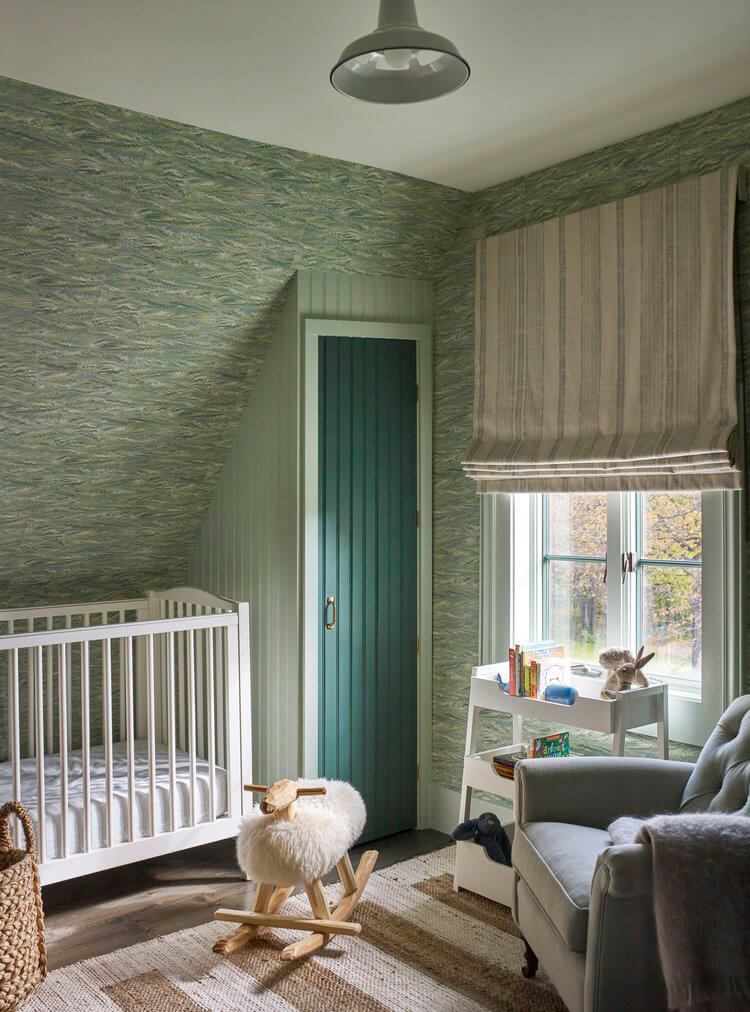
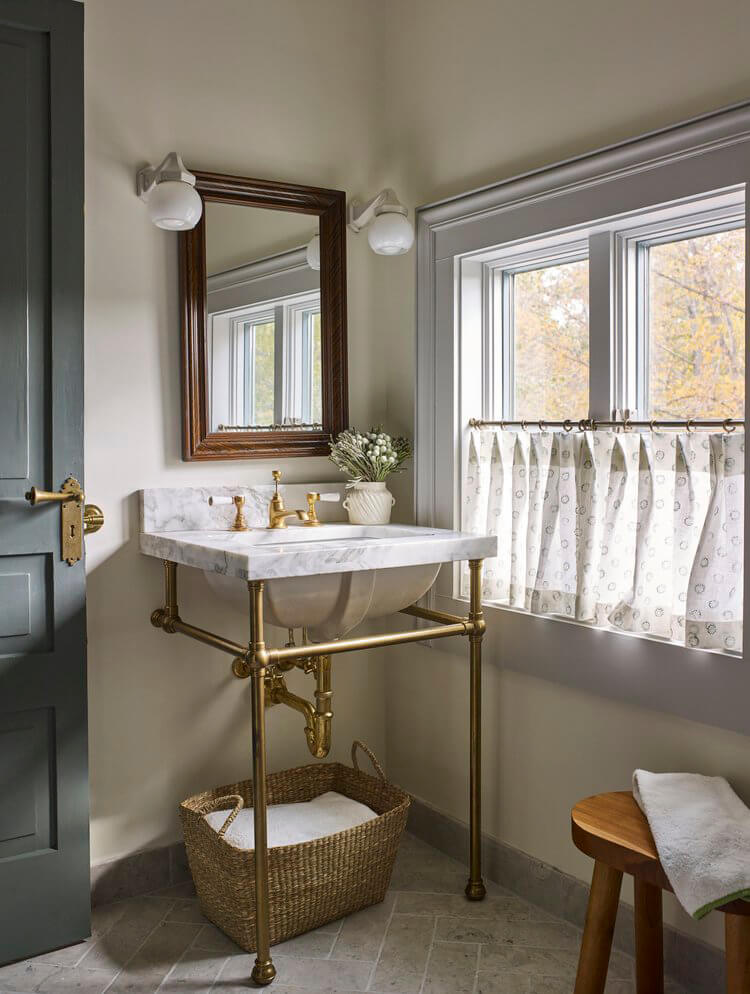
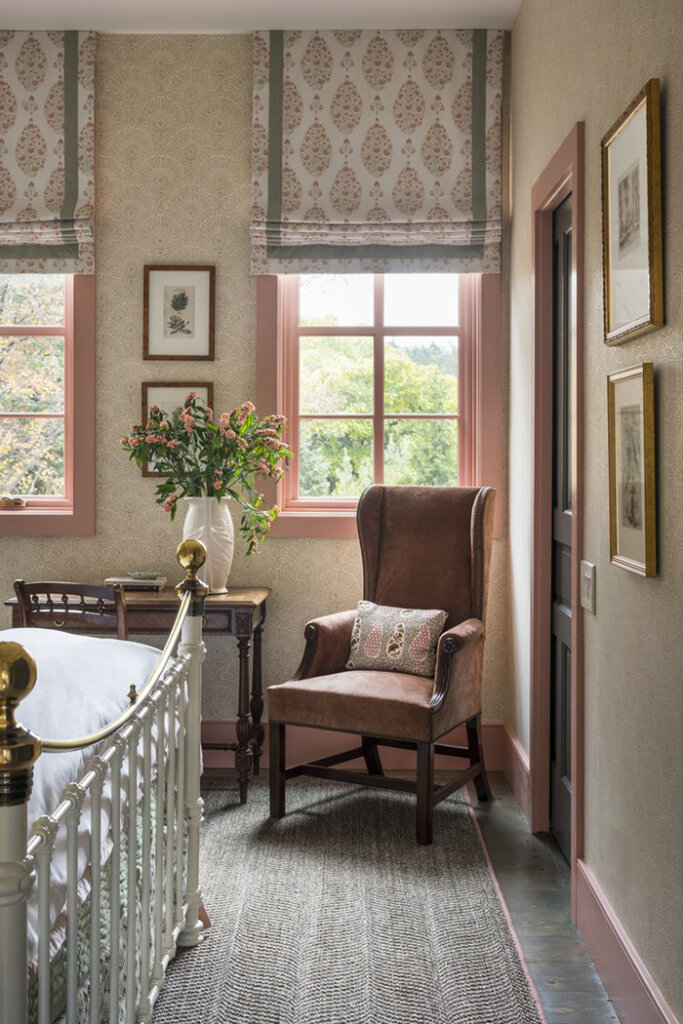
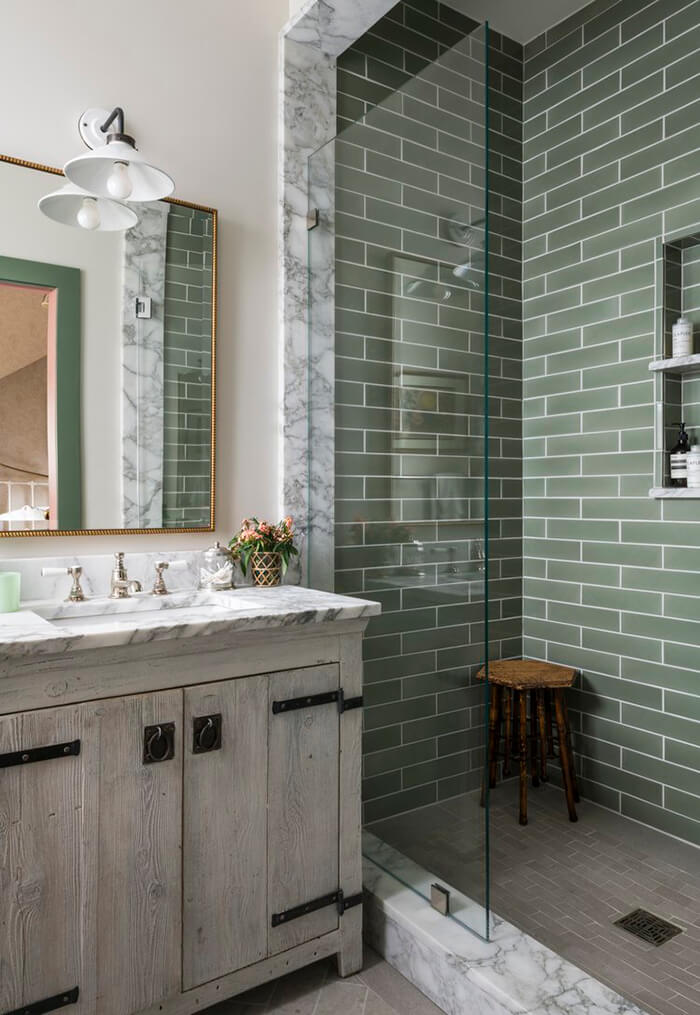
A gentleman’s apartment in Minneapolis
Posted on Wed, 3 Apr 2024 by KiM
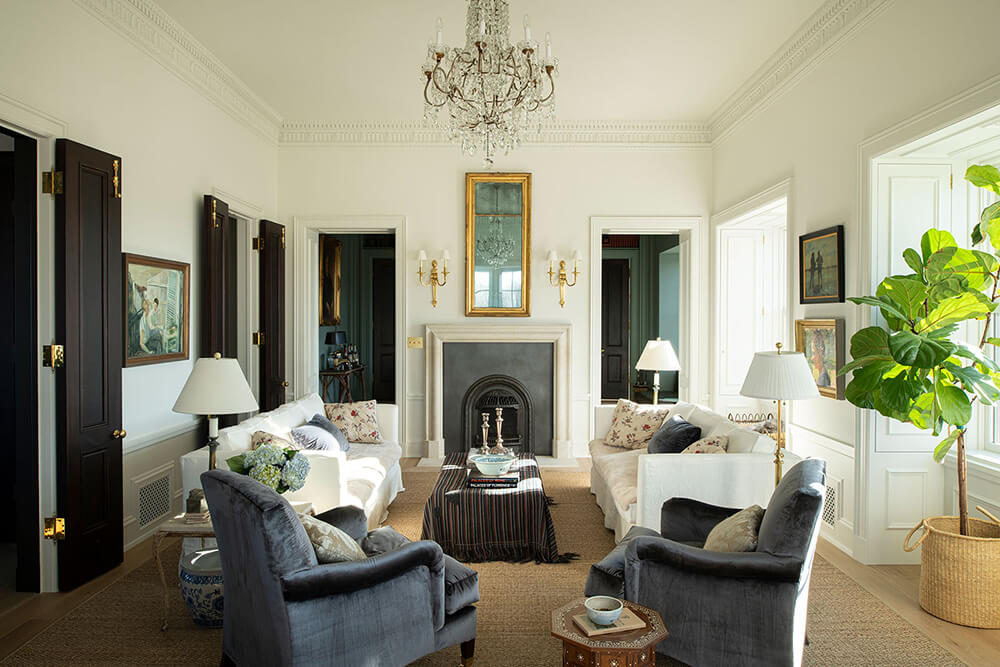
I am smitten with this apartment in Minneapolis designed by Alecia Stevens. A mix of historic architecture and classic yet comfortable furnishings. This space includes a kitchen that I am head over heels in love with – lofty with stainless steel cabinets and an antique island with marble top and a really cool subway tile pattern on the walls AND has a fireplace with sitting area. It’s PERFECTION. Architecture: Andrew Hawkinson Contractor: Welch Forsman Photos: Scott Amundson
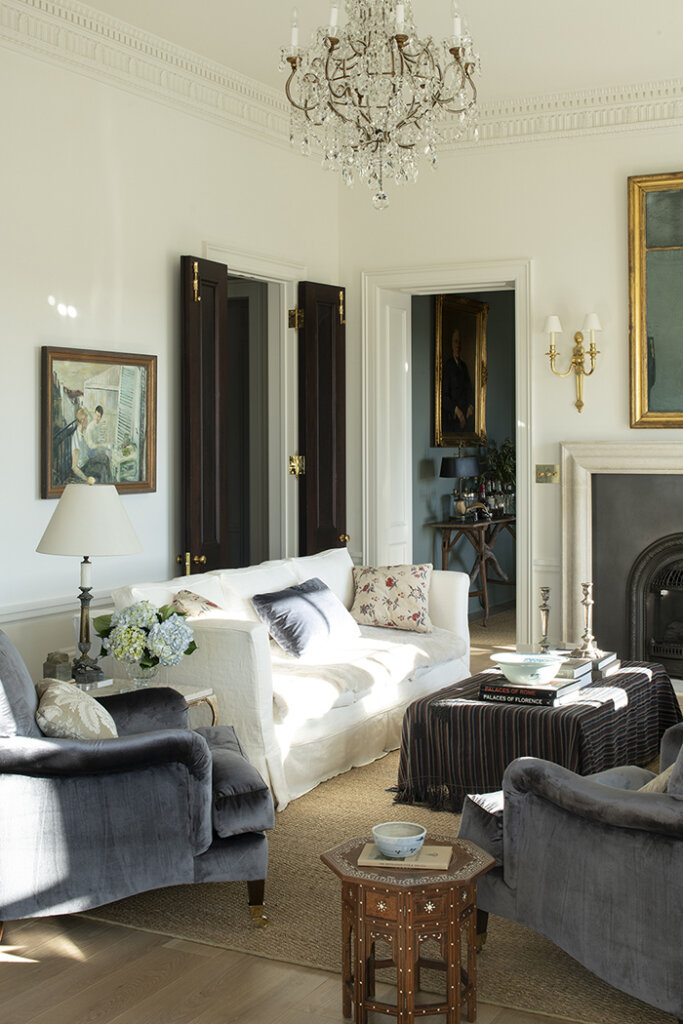
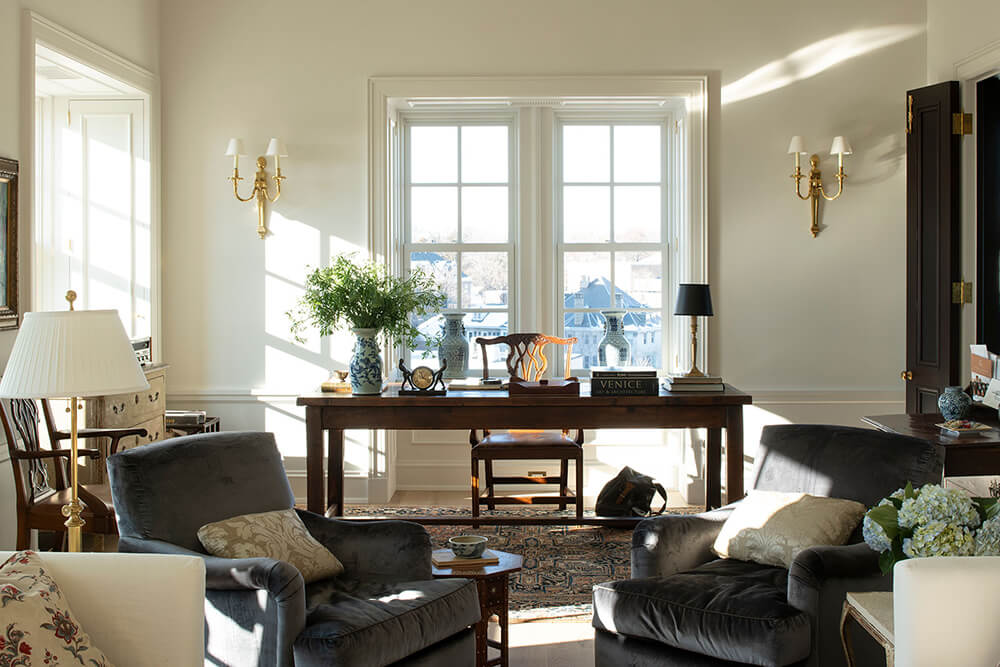
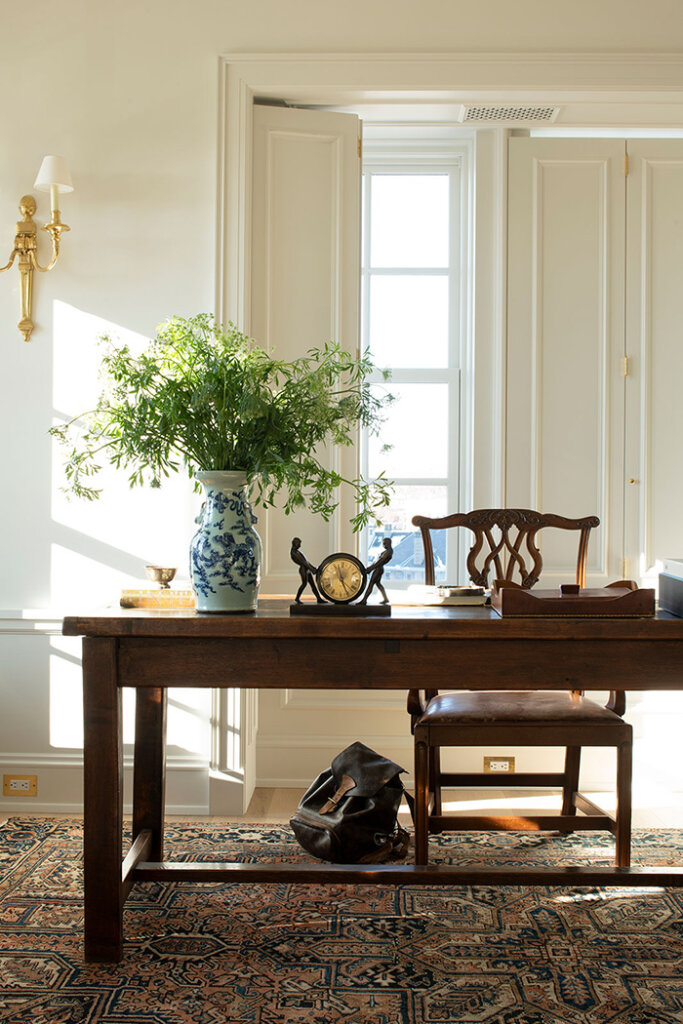
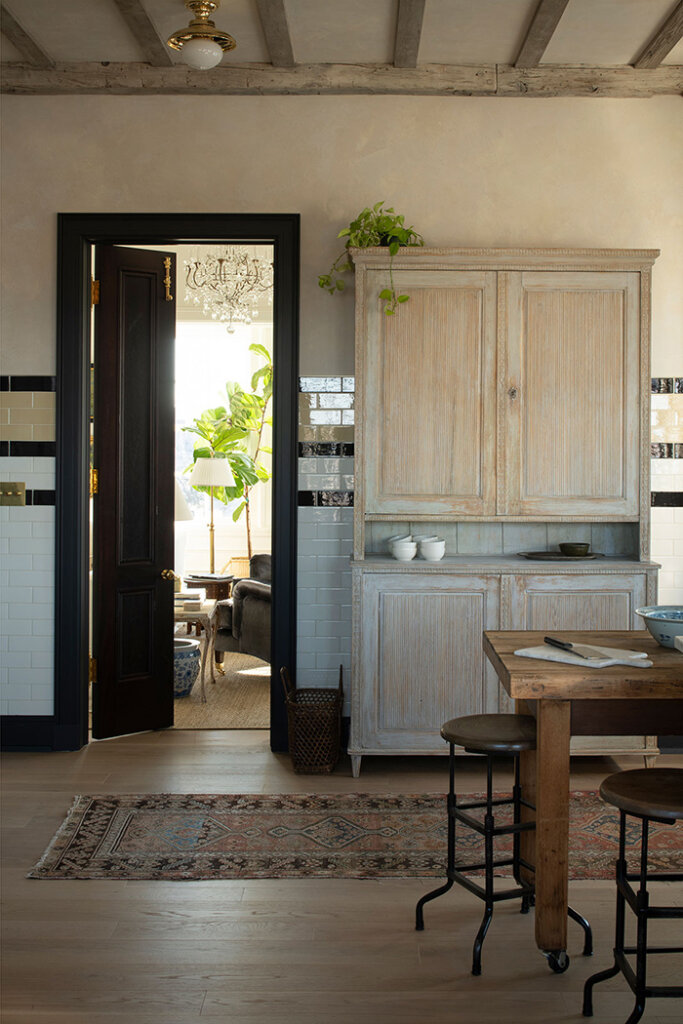
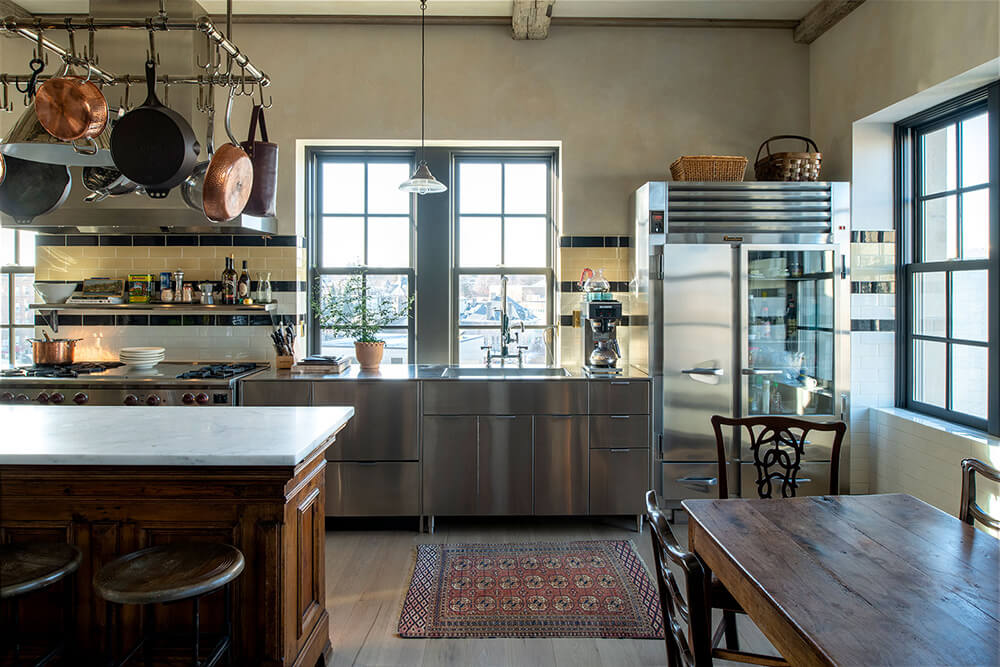
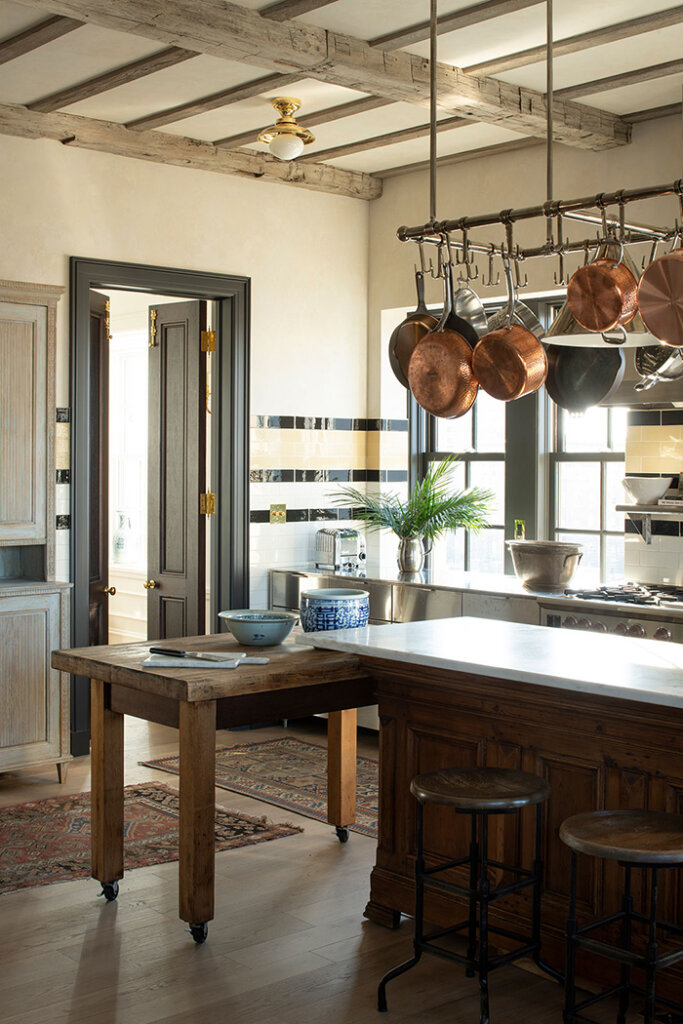
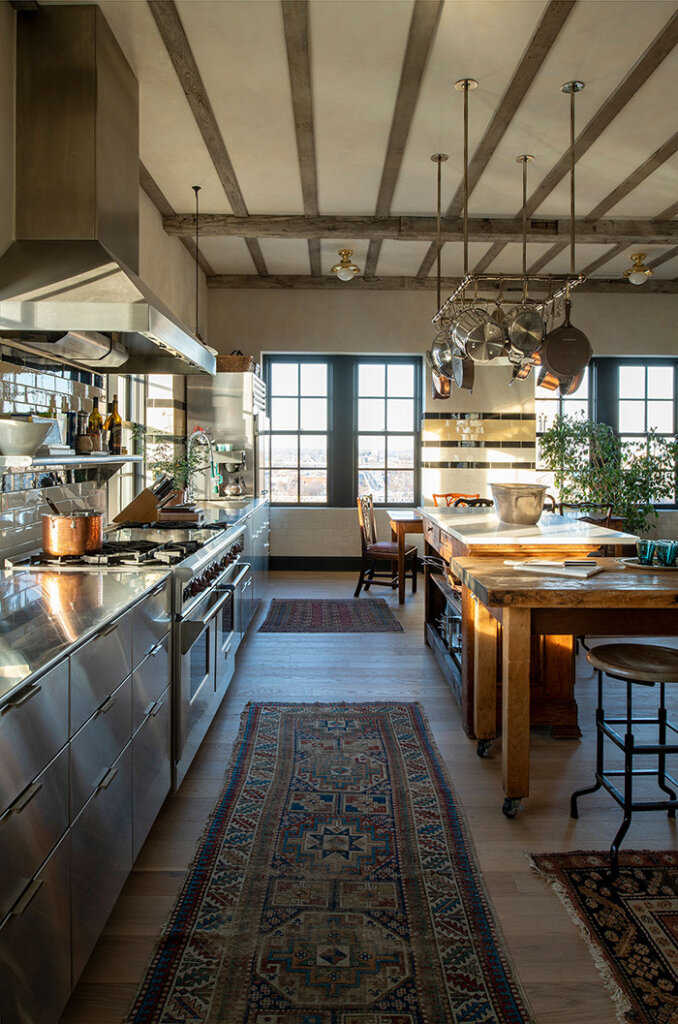
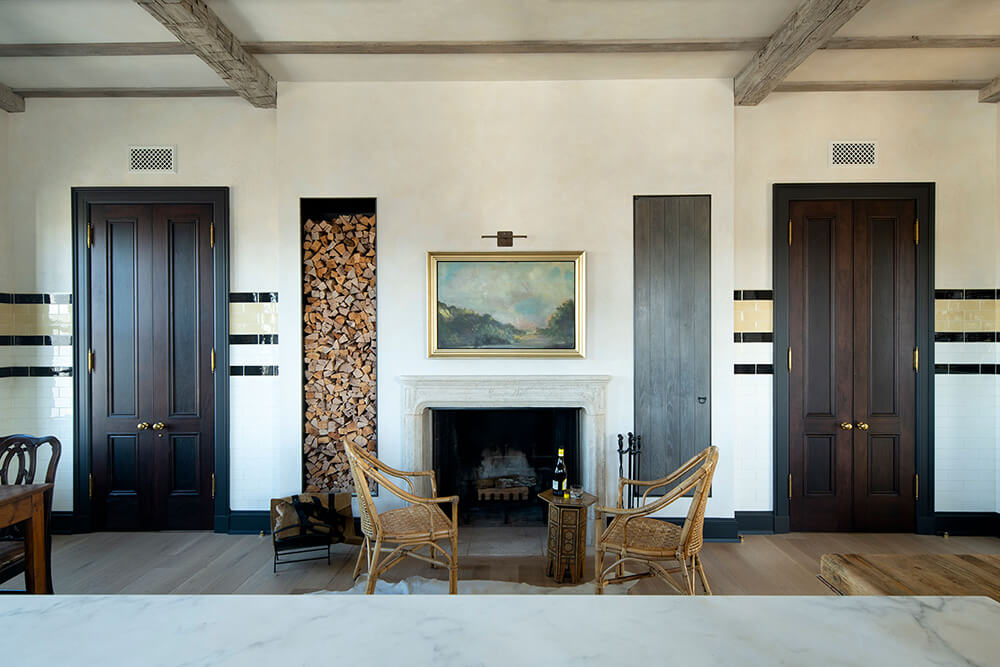
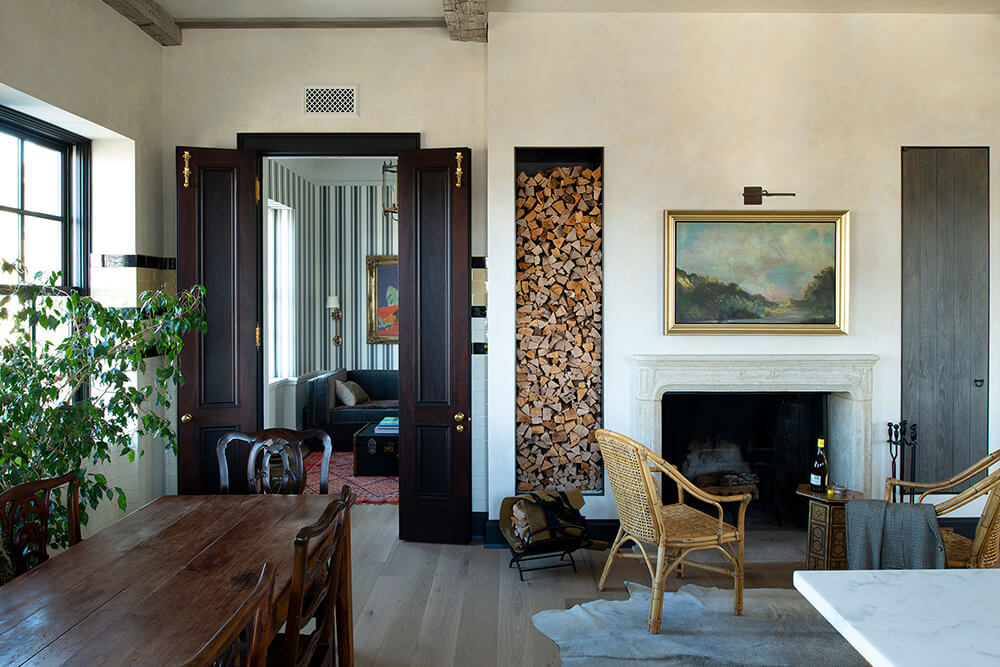
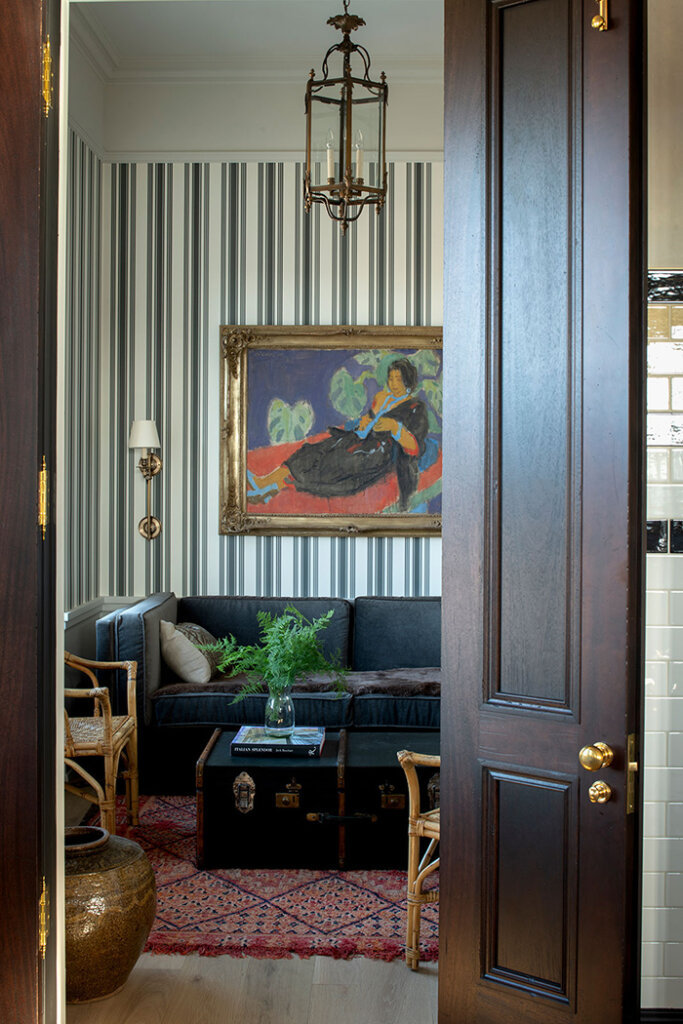
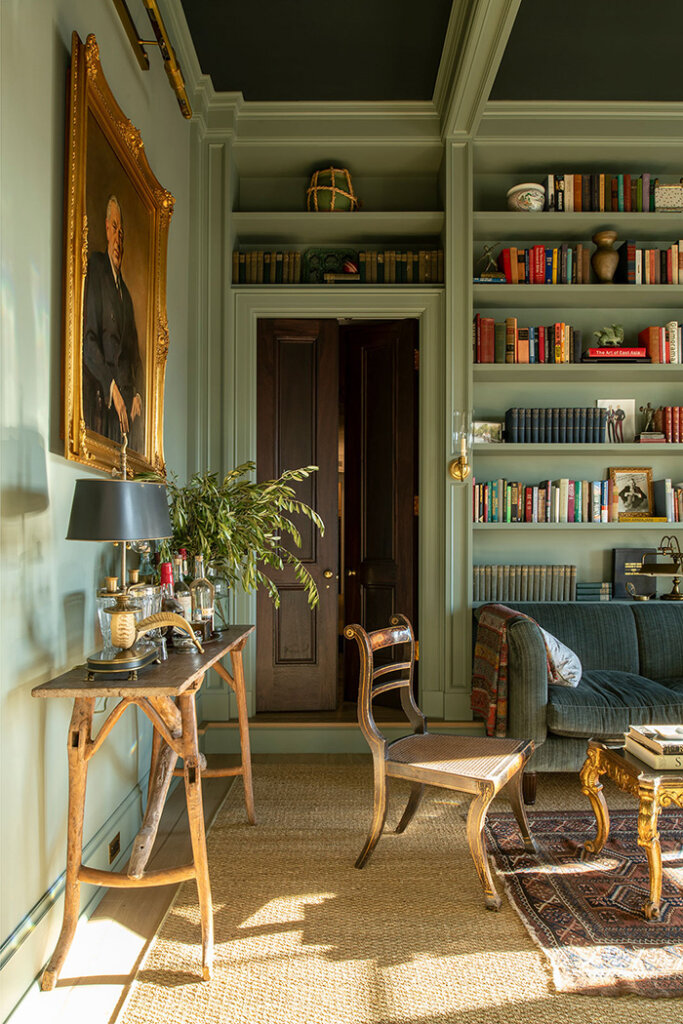
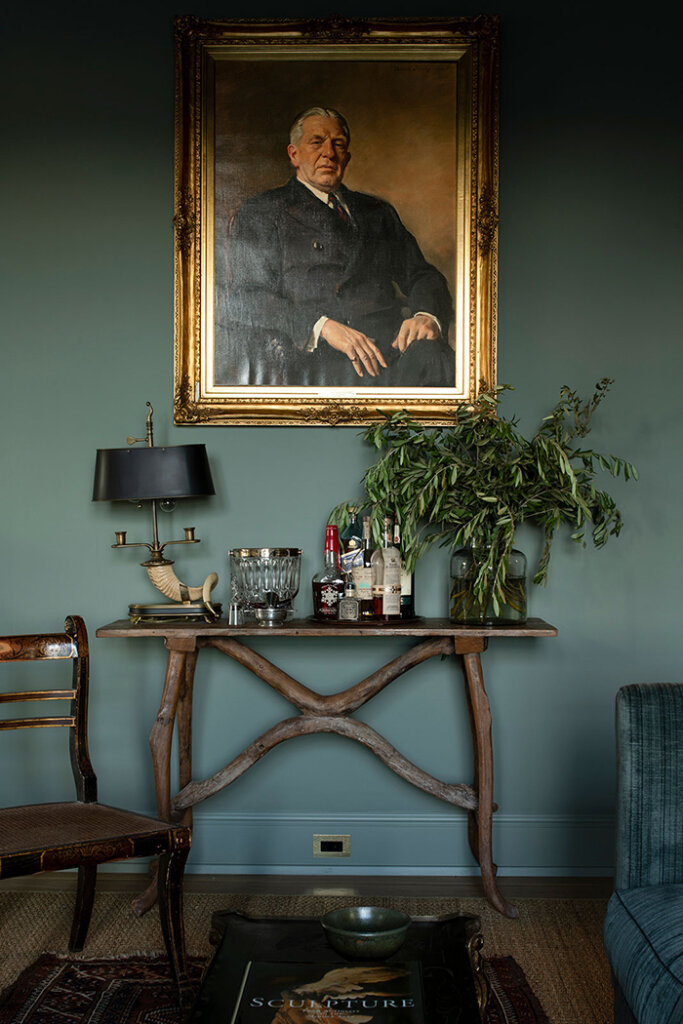

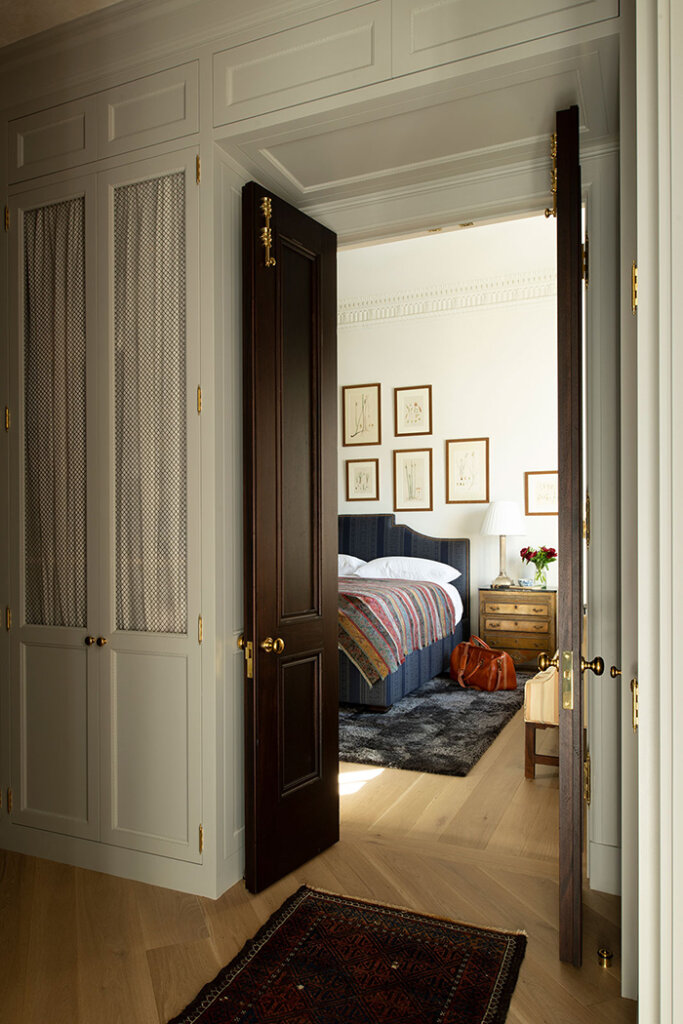
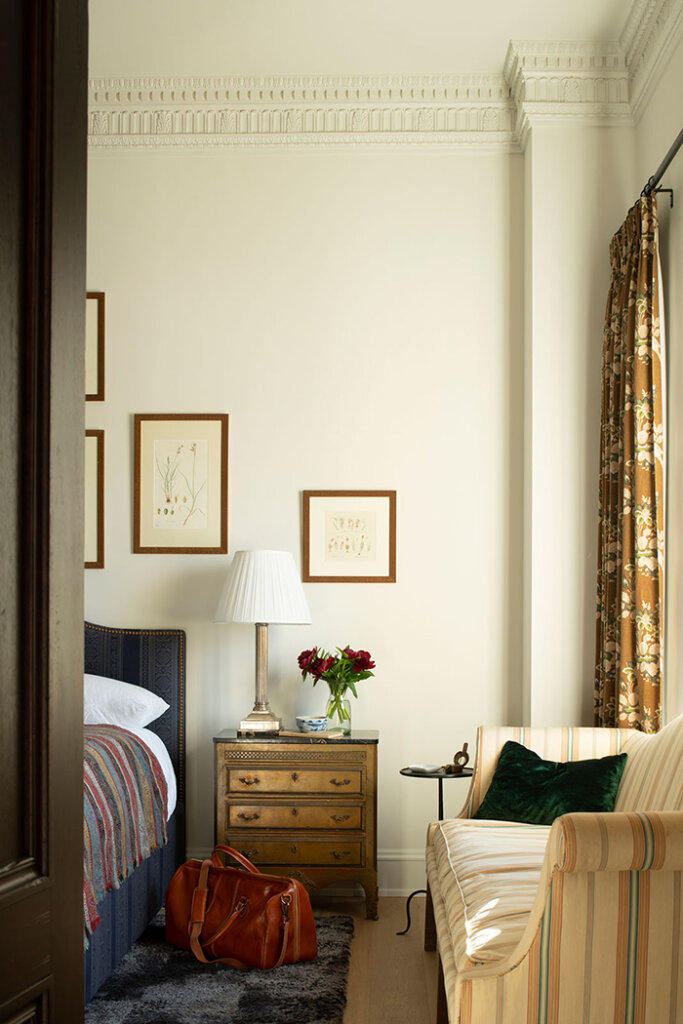
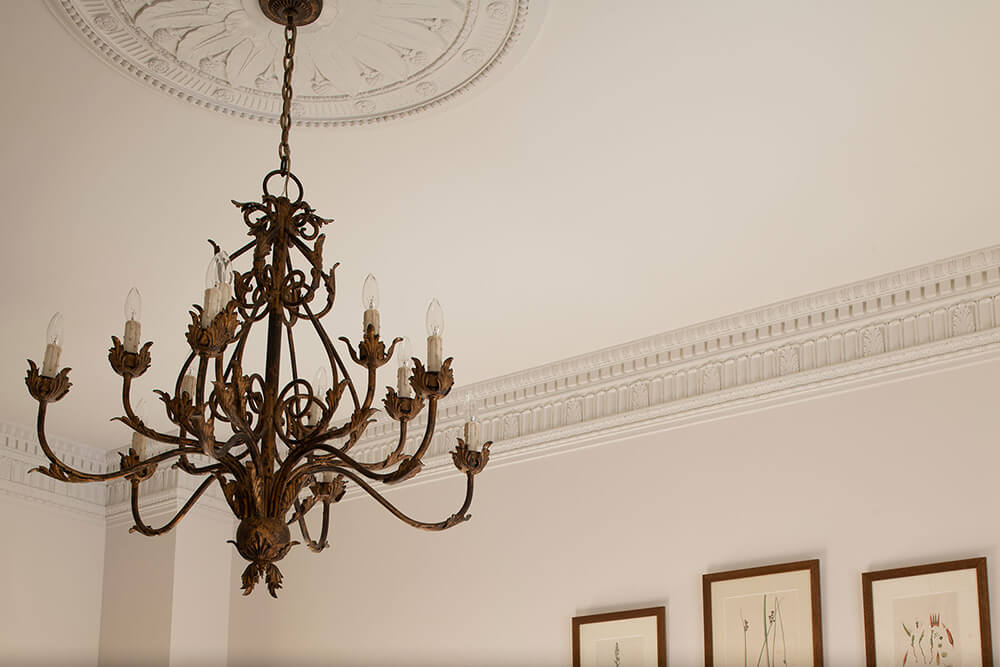
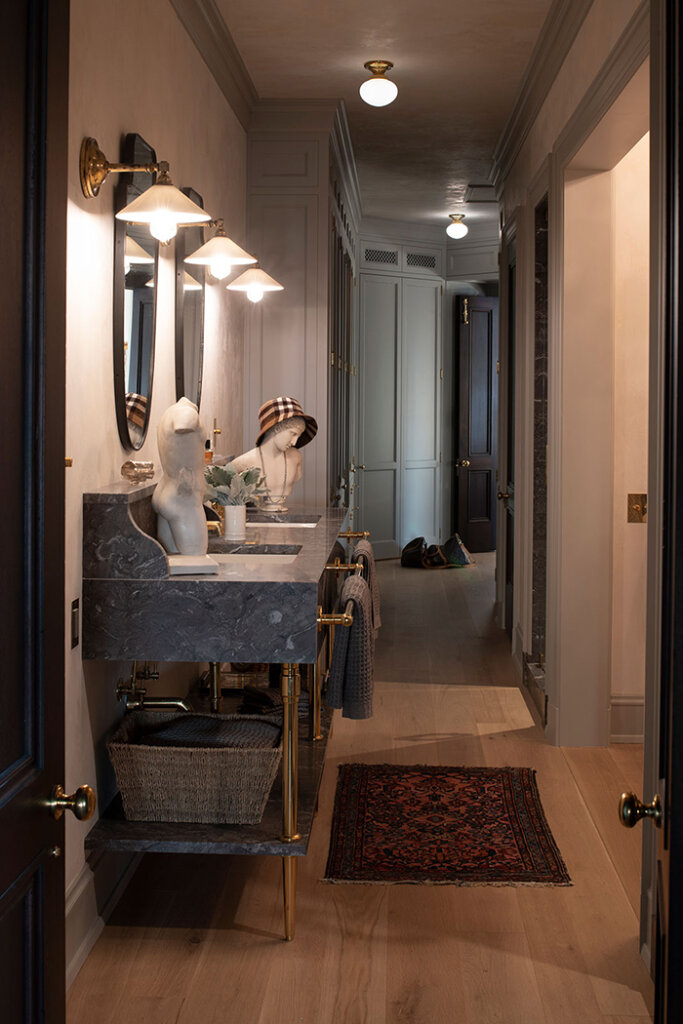
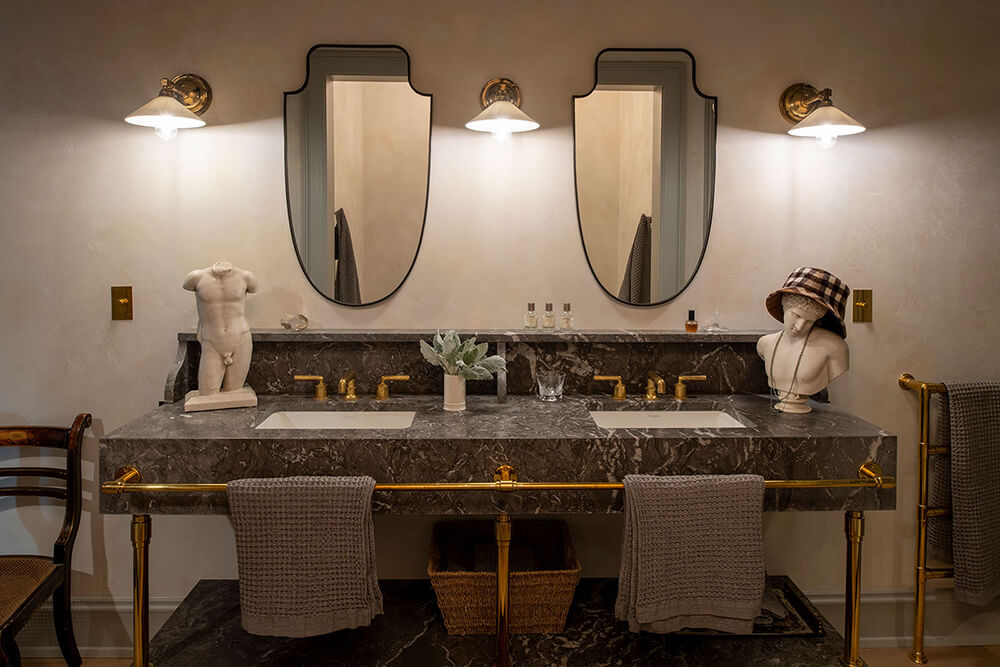
Reviving history: A modern twist on a Federation Era cottage
Posted on Tue, 2 Apr 2024 by midcenturyjo
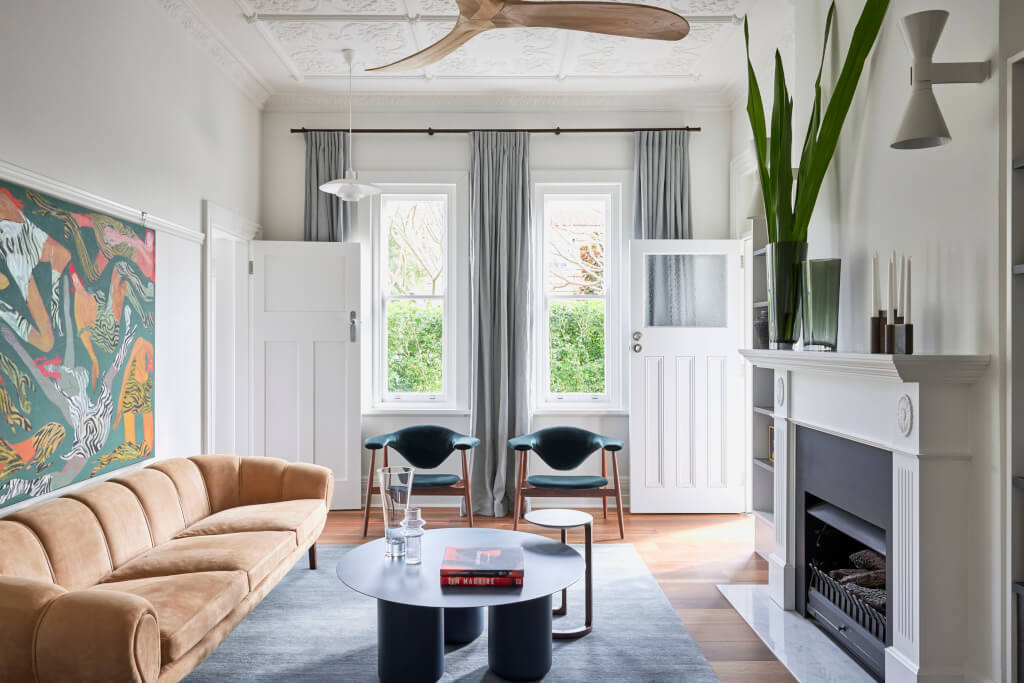
“A full interior and exterior renovation of a c.1905 federation cottage and converted stables outbuilding. The extensive renovation aims to blur the line between old and new, original and reinterpreted. Respecting its federation past, the renovation provides a contemporary overlay that honours decorative ornamentation and materials familiar to the federation era. Interior colour, decoration and furniture selections were inspired by the extensive collection of art painted by our client over a number of years. “
House in Kensington by Sydney-based Architect George (where surprisingly no one called George works).
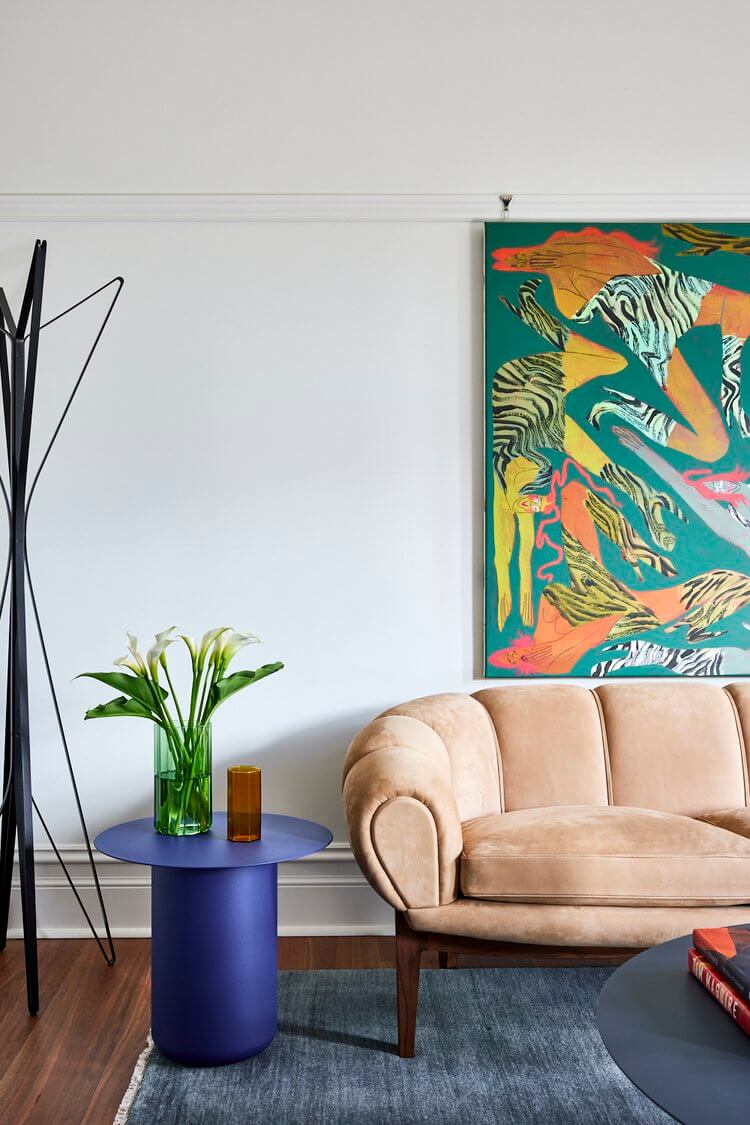
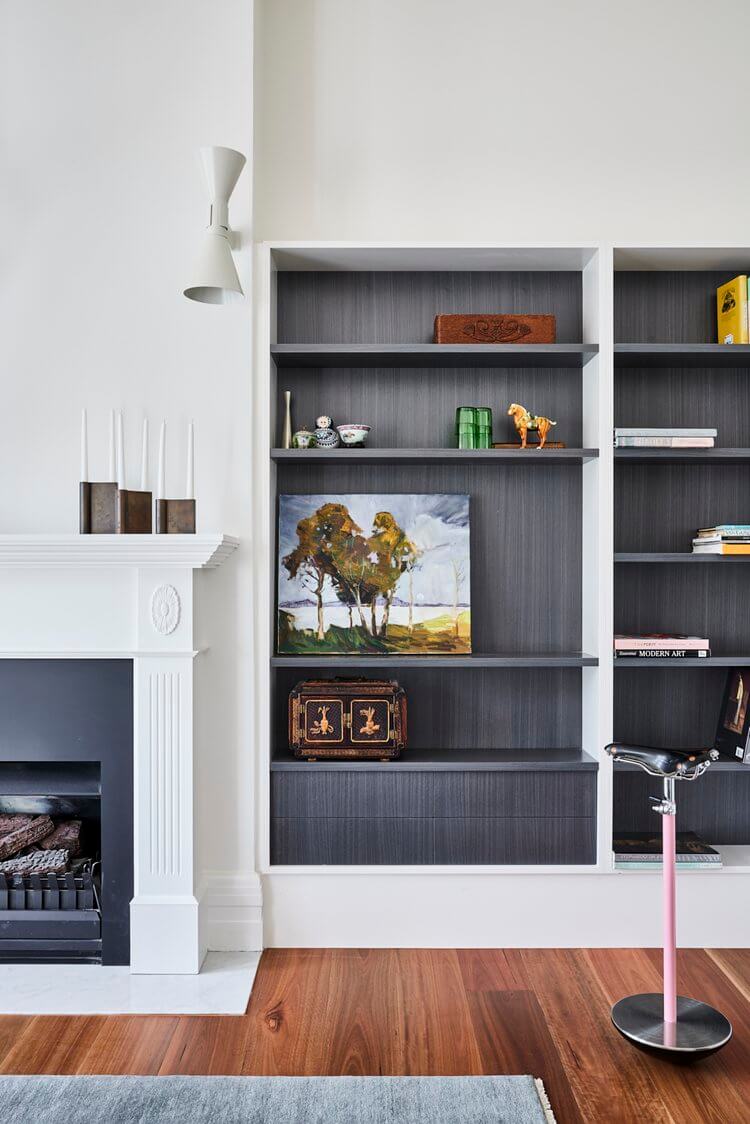


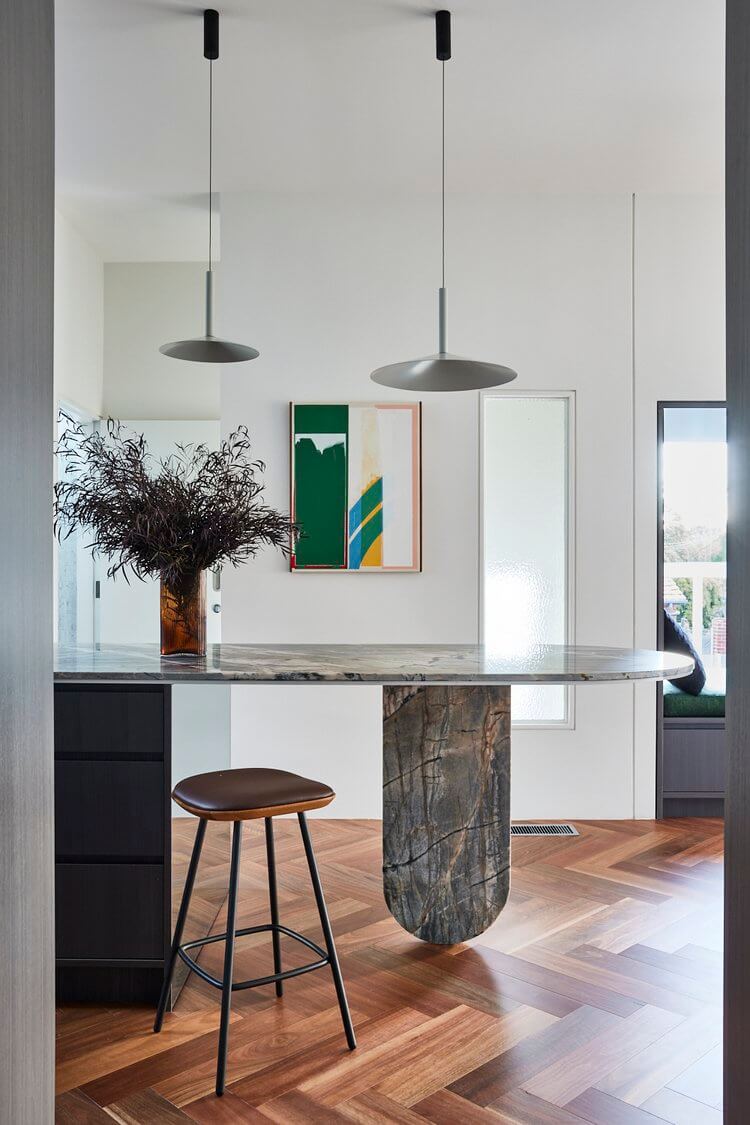
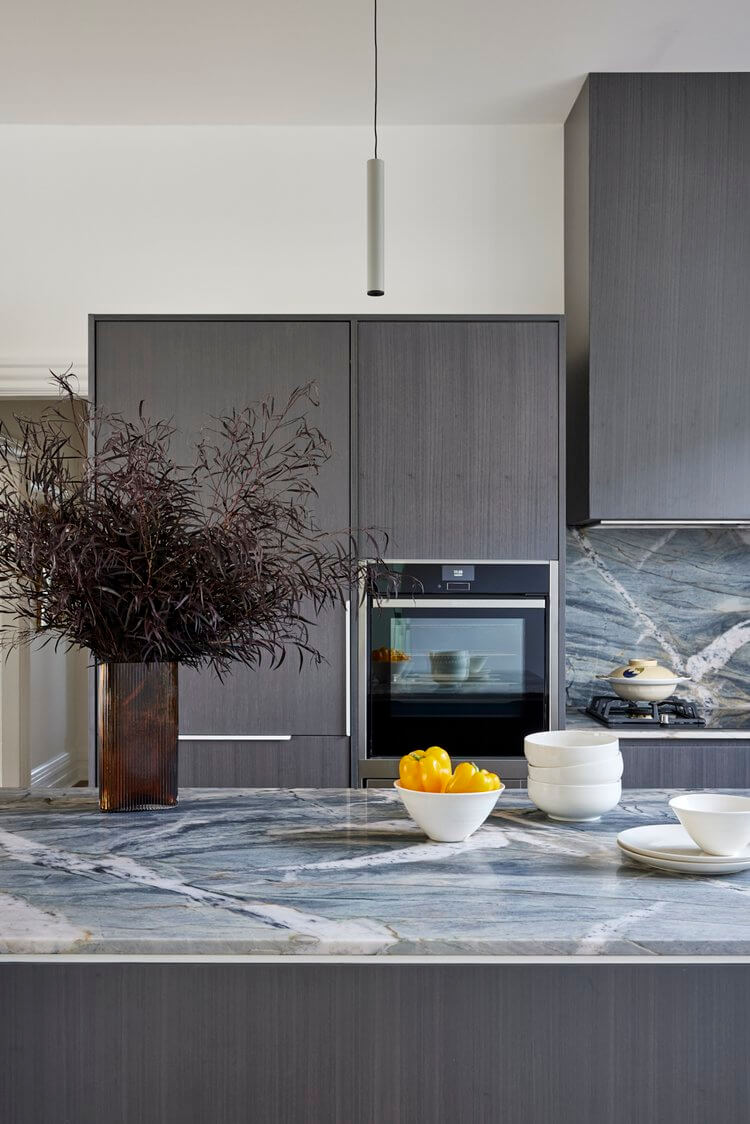
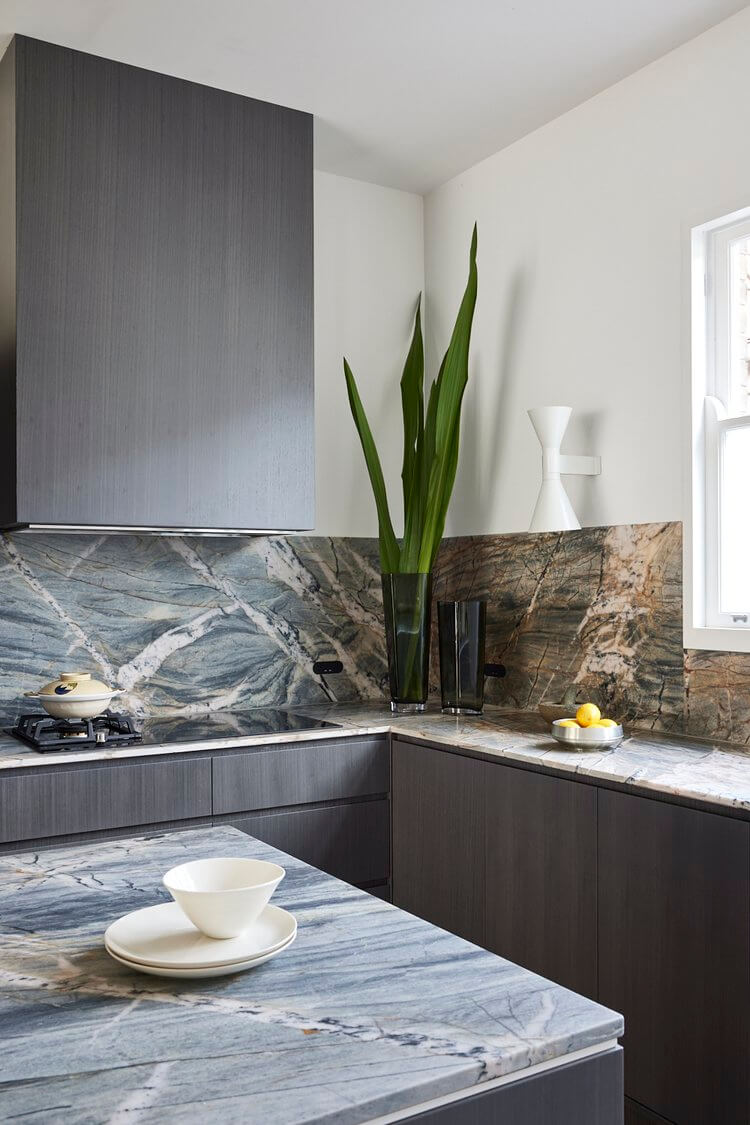
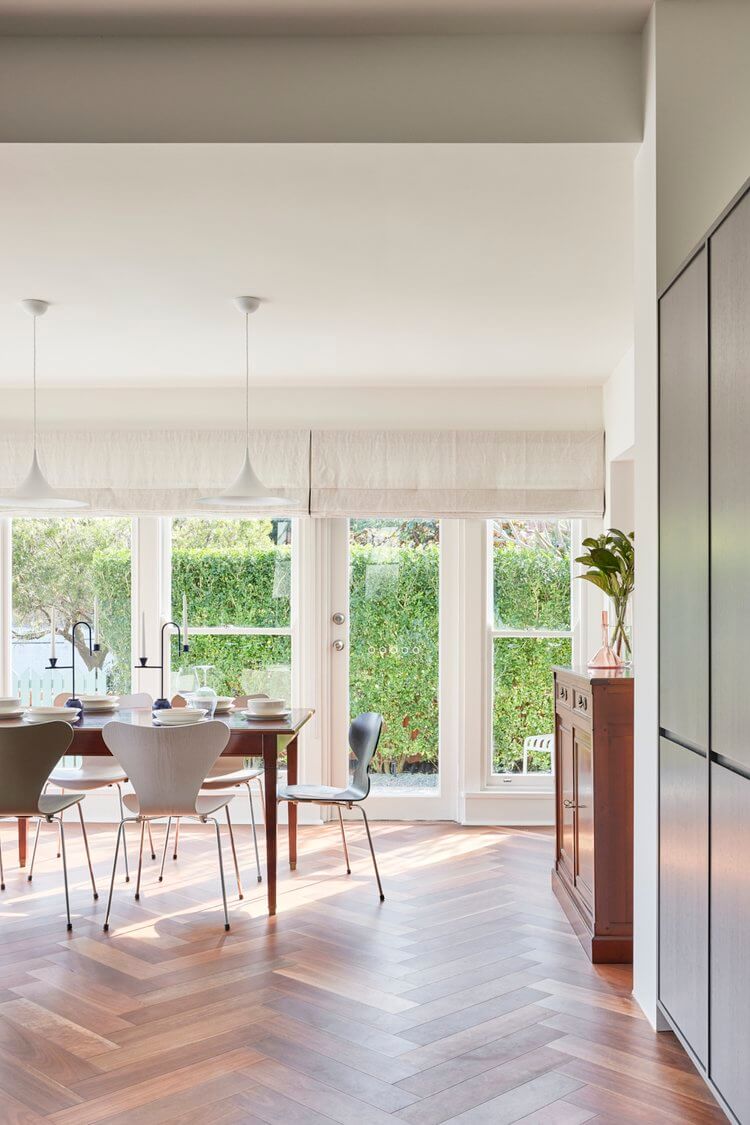
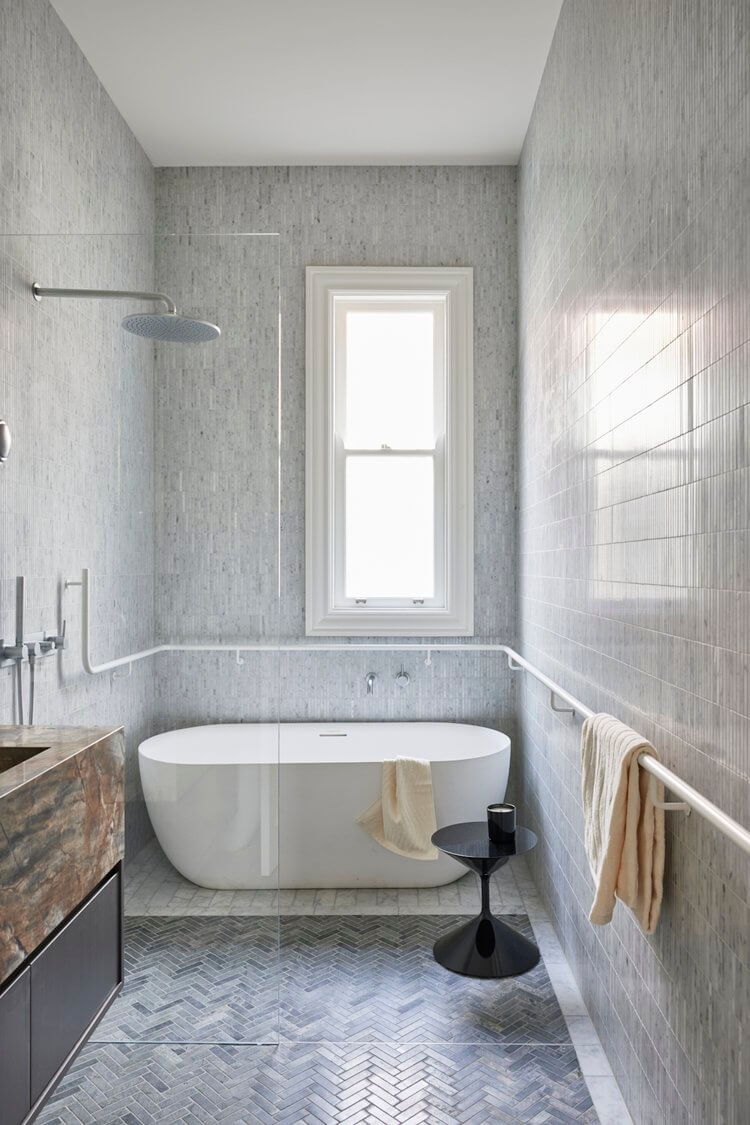
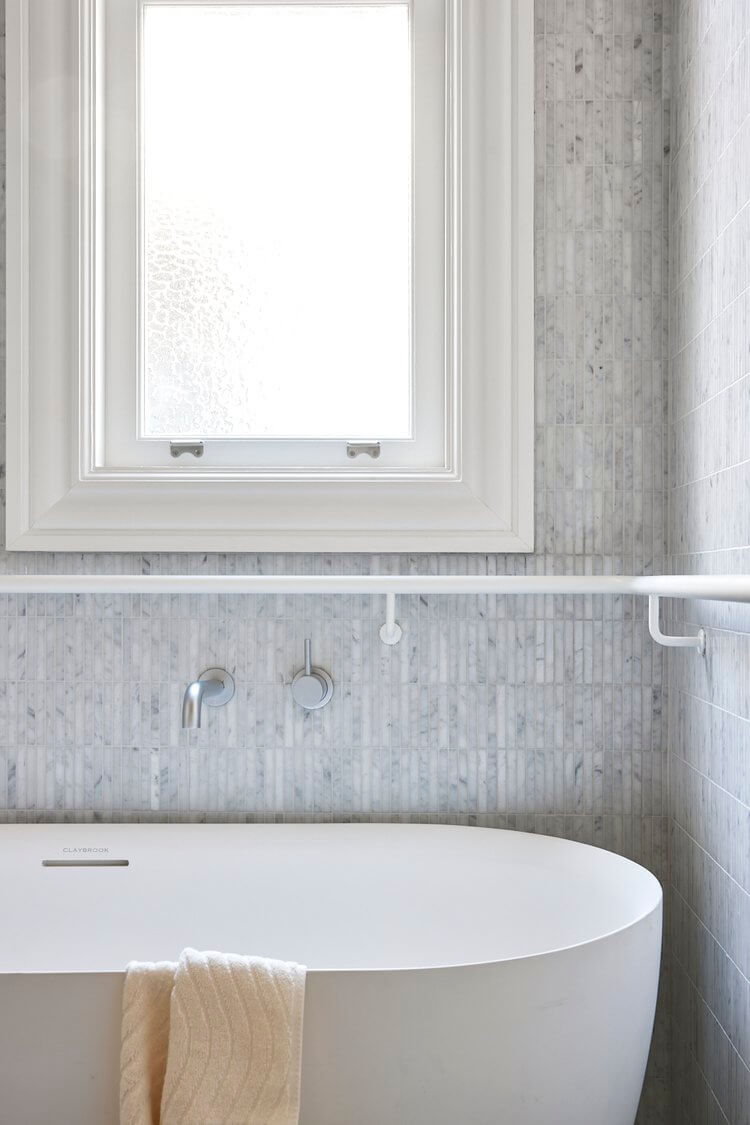

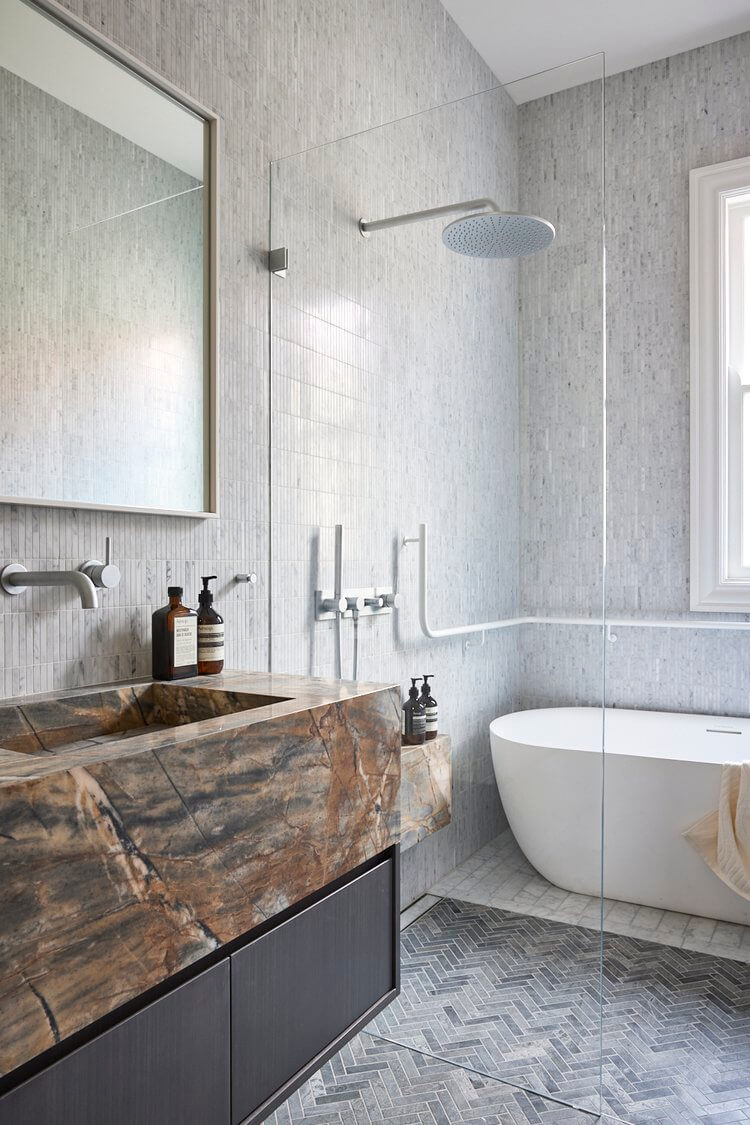
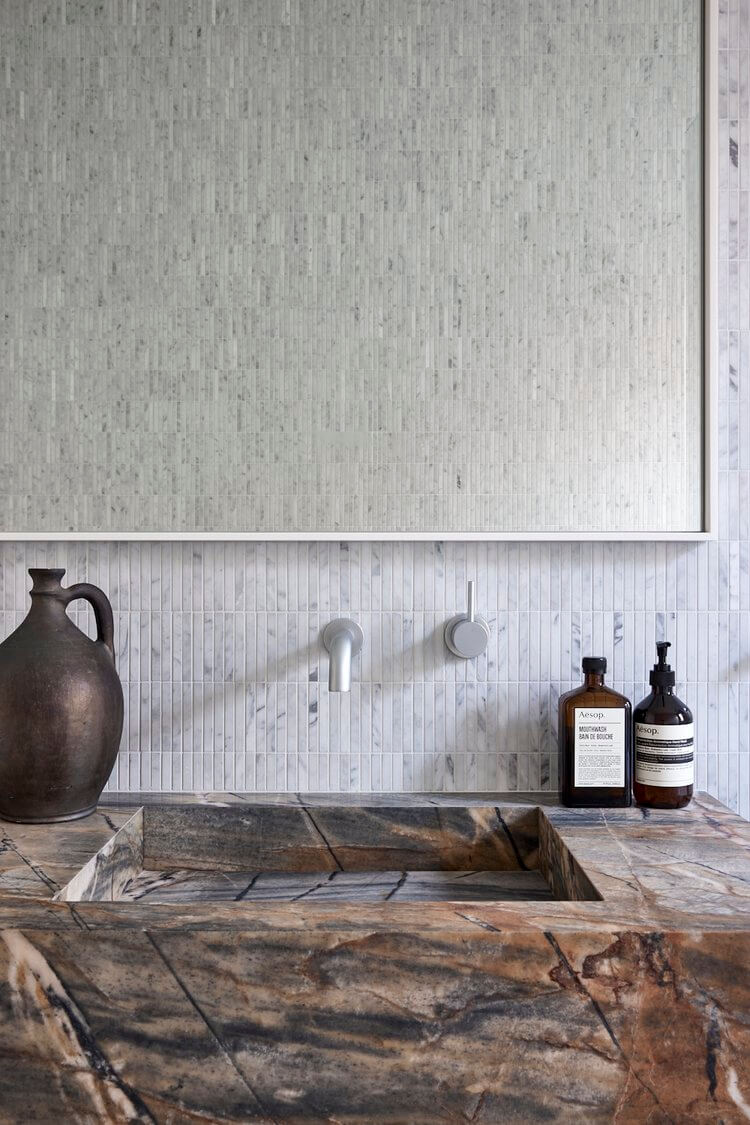
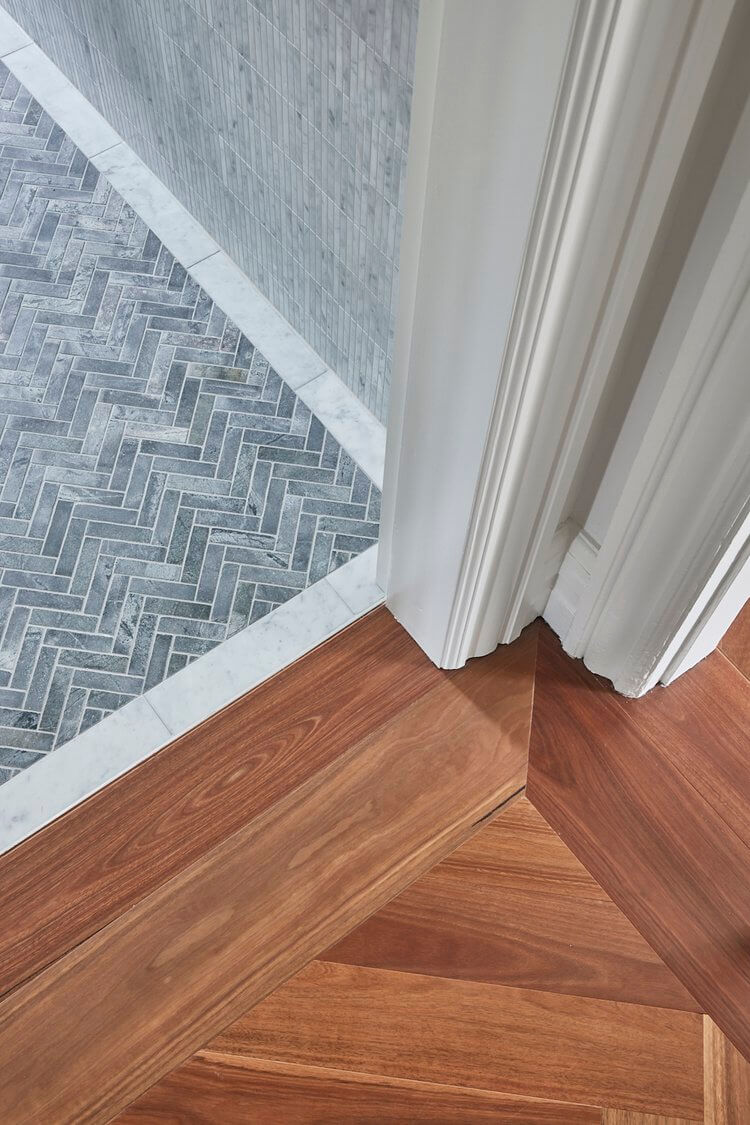
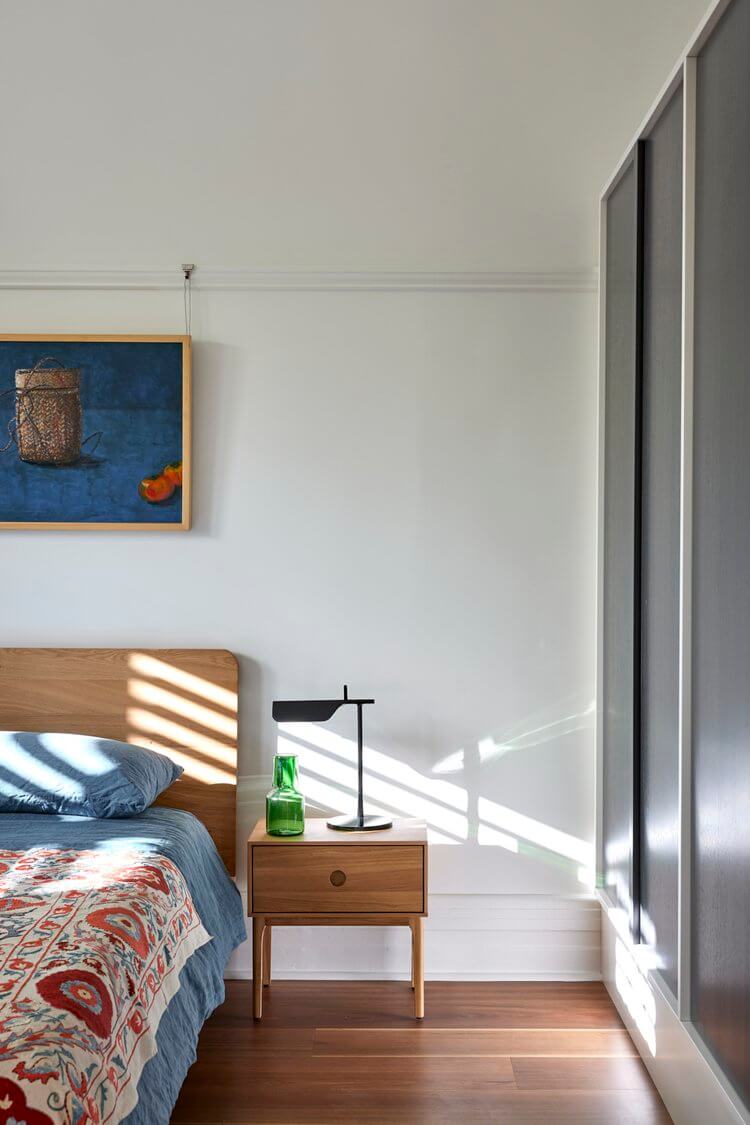
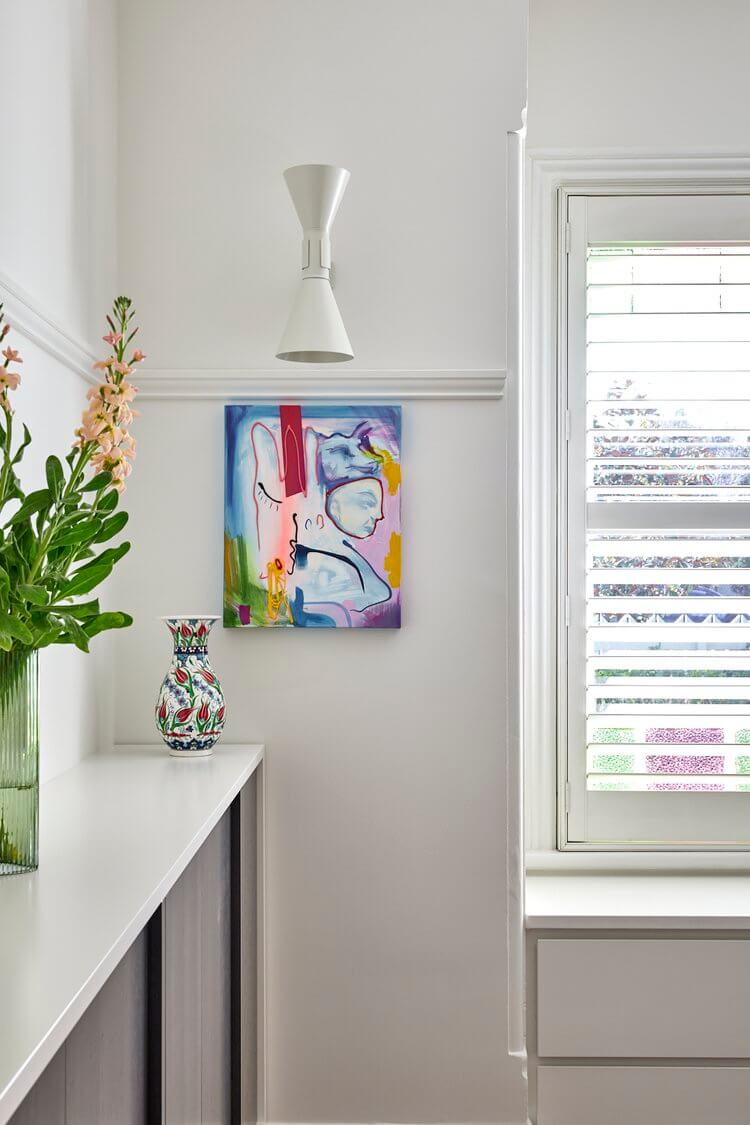
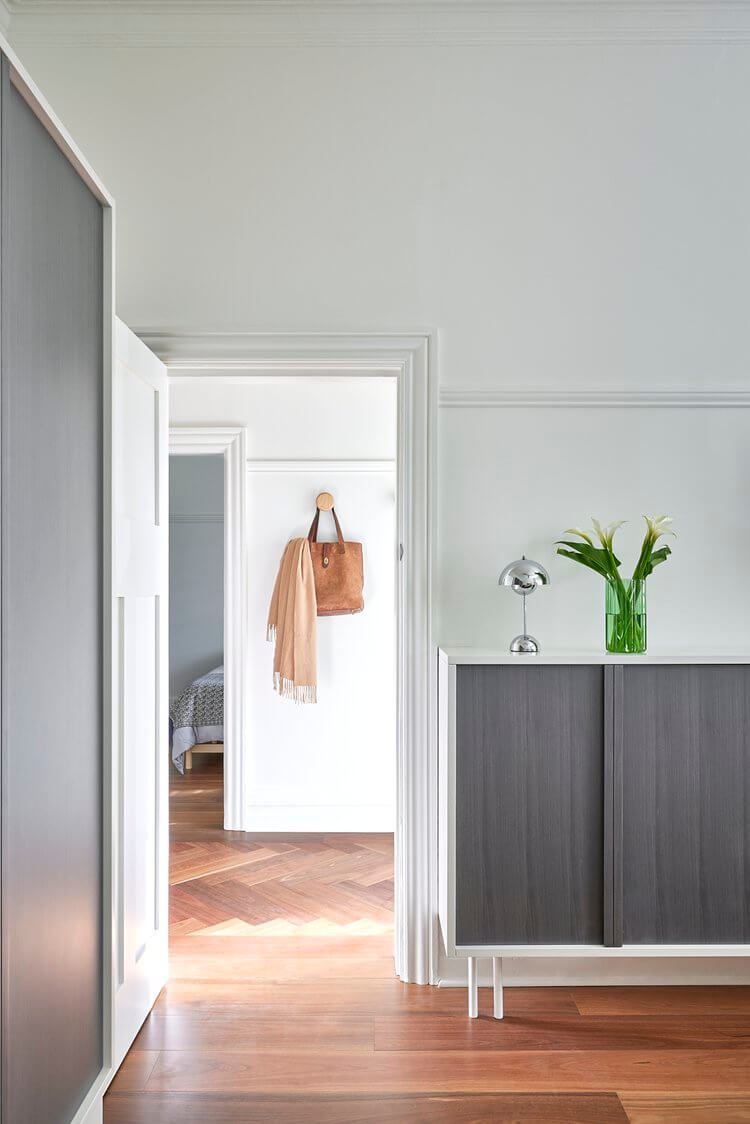
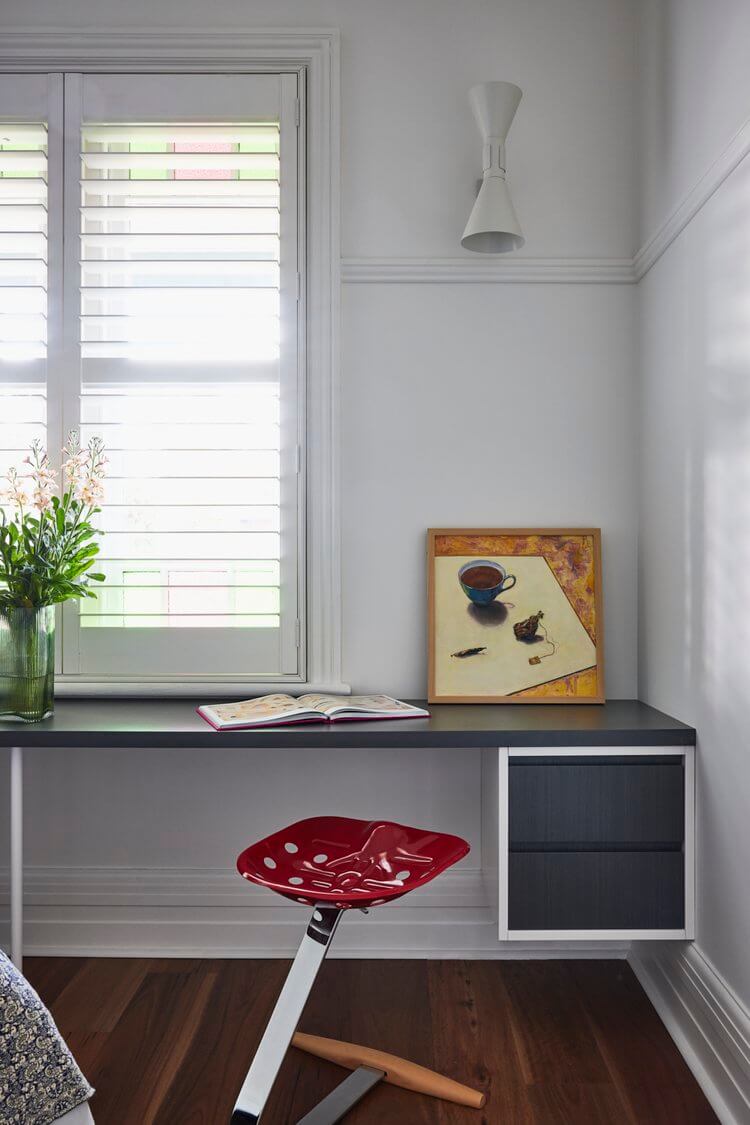
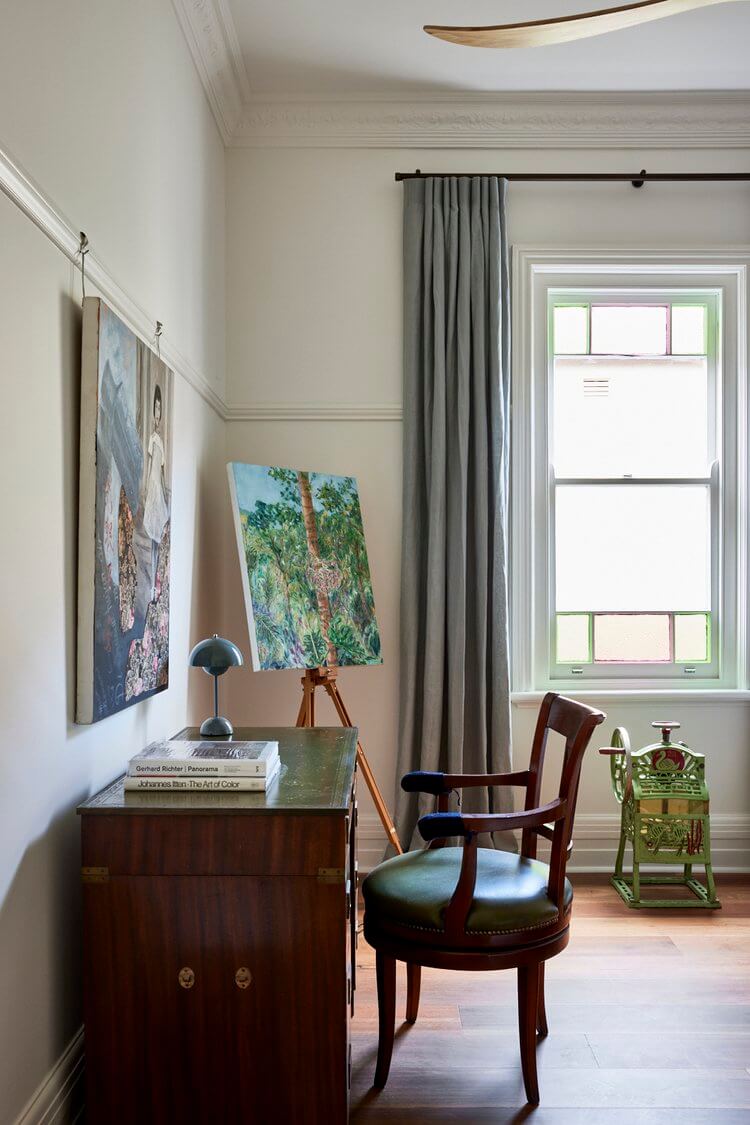
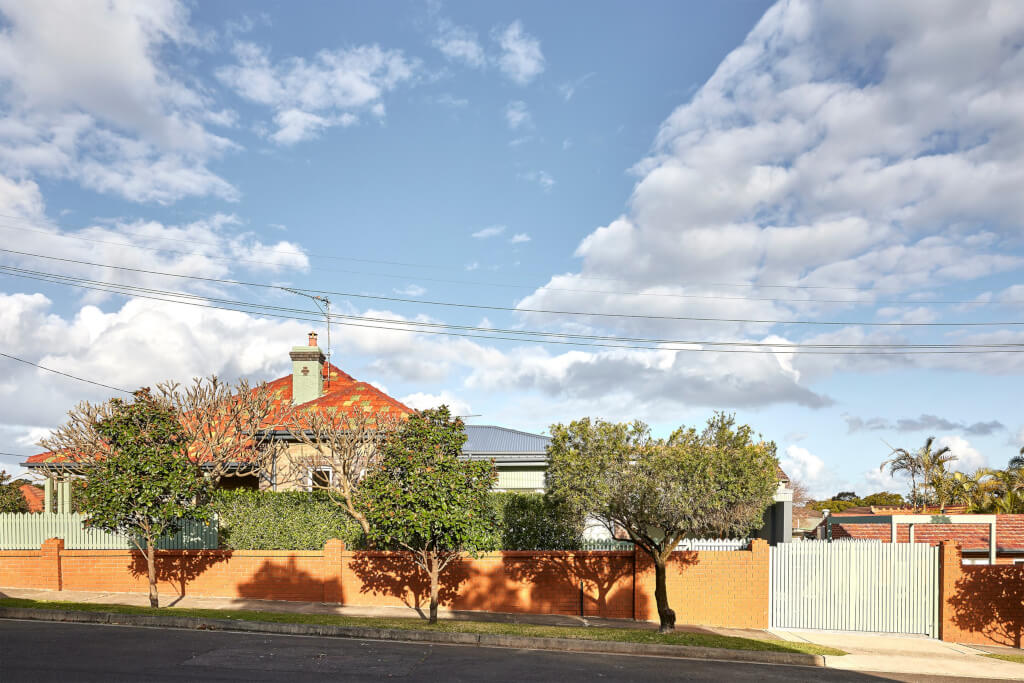
Photography by Pablo Veiga.

